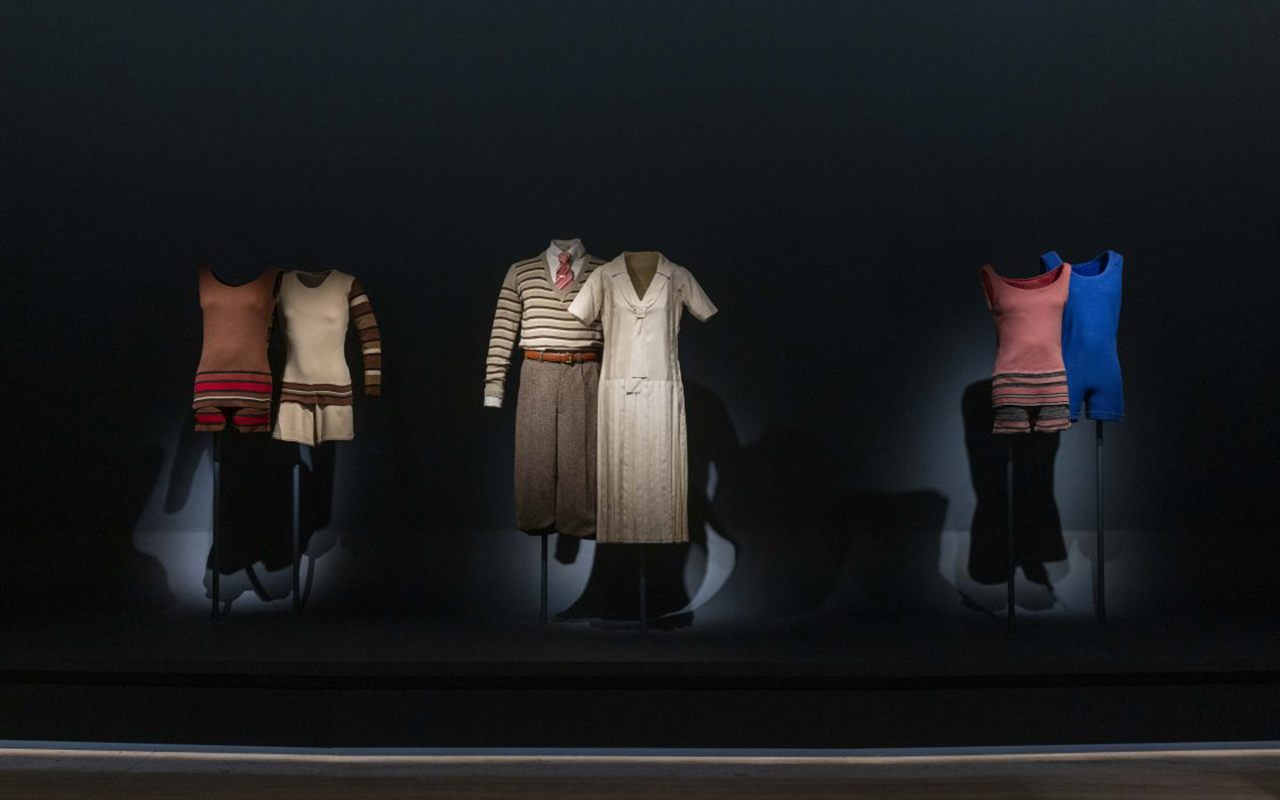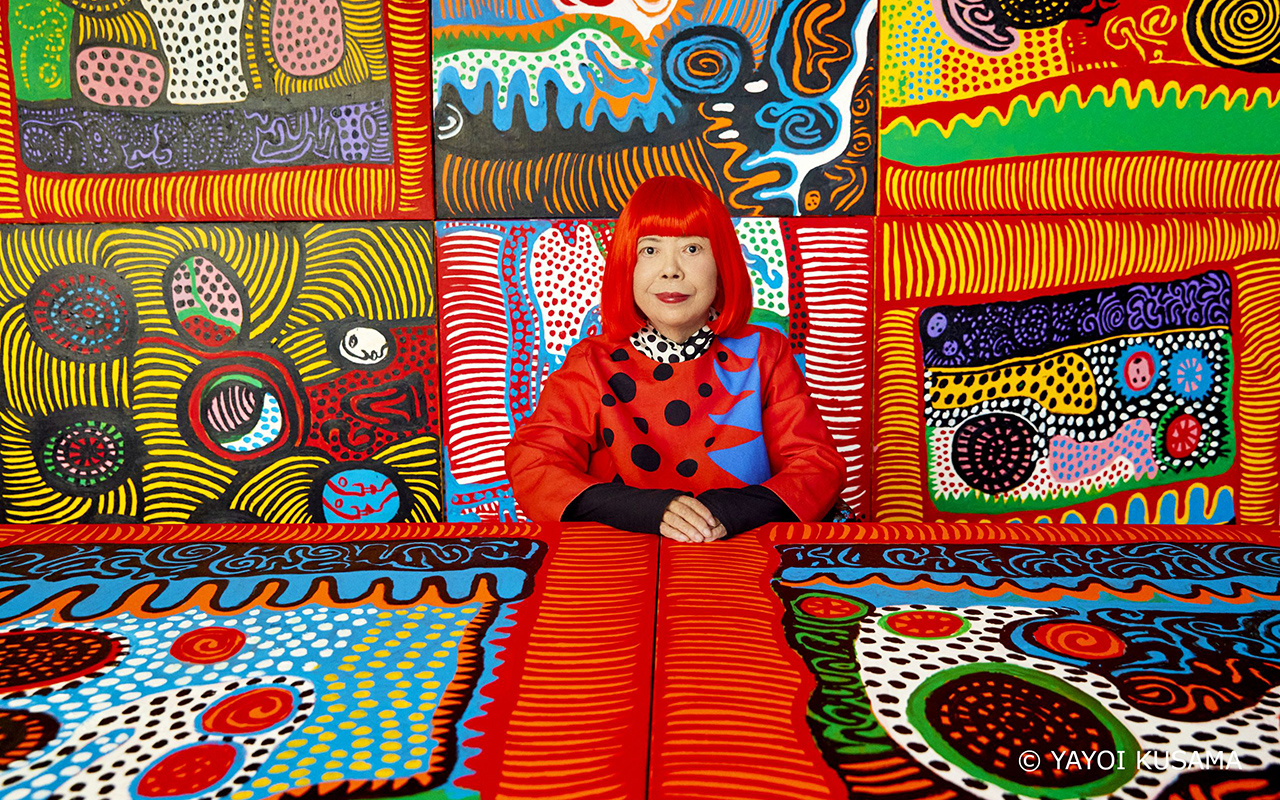
Portrait of Yayoi Kusama. Courtesy of Ota Fine Arts, Victoria Miro, and David Zwirner © YAYOI KUSAMA. Photo: Yusuke Miyazaki.
She is considered a living legend, a revolutionary who has stood out in multiple artistic movements from the 1960s to the present, an admired visual artist capable of connecting art with fashion through her unique universes, full of geometries. Or rather polka dots, her most identifying feature. Yayoi Kusama (Matsumoto, Nagano, 1929), yes the flesh and blood one -and not the hyper-realistic robotic figure that Louis Vuitton made for her in her latest collaboration with the brand- is the absolute protagonist of one of the most visited exhibitions in the Bilbao Guggenheim . Turned into a true global cultural icon, in the last seven decades, Yayoi Kusama has devoted herself to her avant-garde vision with conviction, perfecting her aesthetic vision, which is a faithful reflection of her philosophy of life. As the artist herself usually says: “What does it mean to live a life? I get lost in this thought every time I create a work of art.
This exhibition goes beyond a simple overview of her career. It seeks to focus on the existential questions that drive the creative explorations of the Japanese artist and writer. Through her paintings, drawings, sculptures, installations, and documentary material on her performances, the show offers an in-depth analysis of her practice, from her first drawings as a teenager during World War II to her latest immersive mirror installations.
Organized according to chronological and thematic criteria, Yayoi Kusama : from 1945 to today addresses the six key themes that run through the artist’s life: ‘Infinity’, ‘Accumulation’, ‘Radical Connectivity’, ‘The Biocosmic’, ‘Death’ and ‘ The energy of life’. These interrelated themes appear and evolve within the obsessive universe of Kusama, who has been agitating the art scene and society for decades in favour of the “healing of all humanity”.
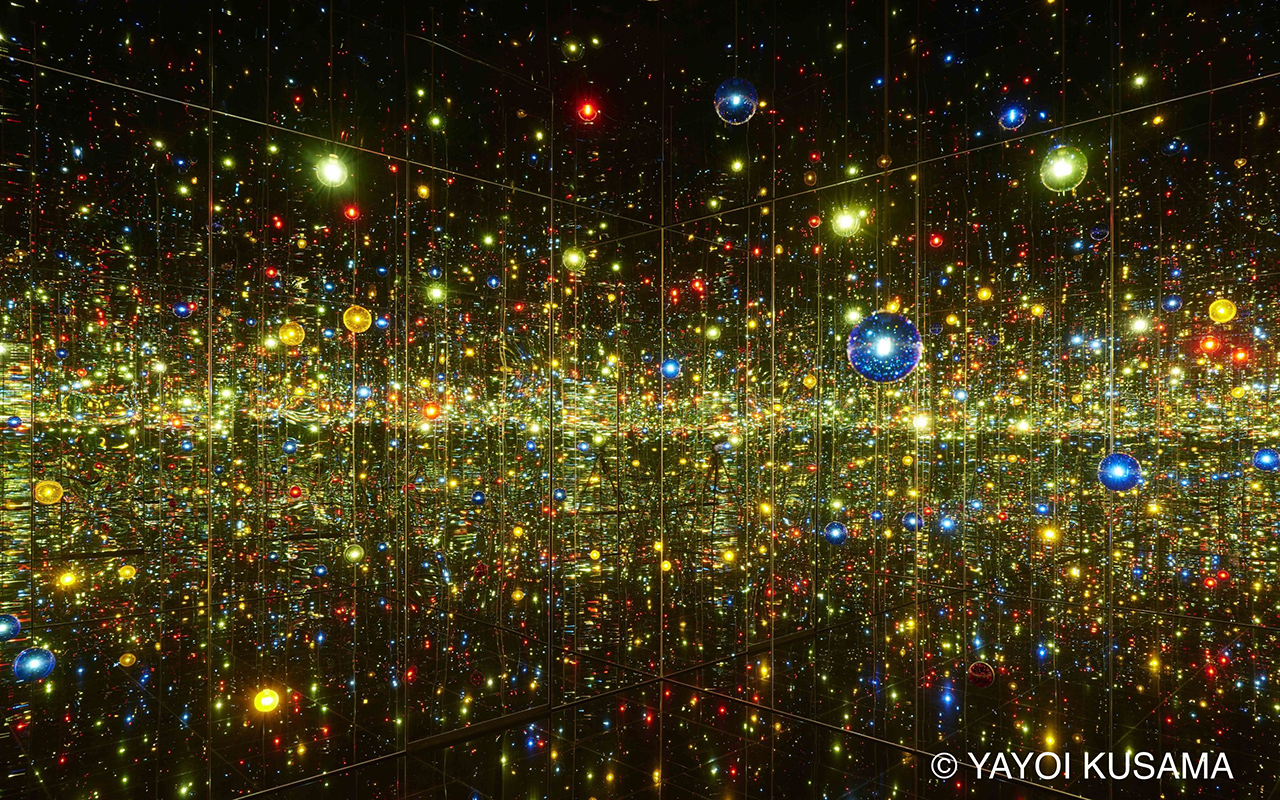
Yayoi Kusama. Infinity Mirrored Room – A Wish for Human Happiness Calling from Beyond the Universe, 2020. Mirrors, wood, LED lighting system, metal, acrylic panel. 293.7 × 417 × 417 cm. © YAYOI KUSAMA. Courtesy of Ota Fine Arts.
Some keys to understand Yayoi Kusama
Self portrait
Kusama ‘s work is based on self-affirmation , self-destruction , self-promotion , self-invention , self-referential and self-portrait, even in those creations where the representation of her own image is less explicit. This room brings together some of the paintings and drawings made by Kusama within the genre of the self-portrait, which occupies a prominent place in her production.
This section begins with Self-Portrait (1950), a dark painting in which a flesh-pink sunflower floats above a human mouth, and is one of the first works to be given that title; The space is presided over by her Portrait (2015), in which Kusama arranges some of her characteristic motifs —polka dots, pumpkins, nets and tentacular shapes— in a composition constructed as a collage and dominated by a hieratic figure.
Infinite
Kusama grew up in a seed nursery surrounded by vast fields of flowers. However, in 1957 while flying over the Pacific on her first flight to the US, the sight of the ocean inspired her well-known paintings of Infinity Webs. In this series, the canvases are obsessively covered in tiny arcs painted in one swift gesture, creating an expressionist pattern of interconnected dots and webs. The free brushstroke contrasts with the reiteration of the motif, which makes it impossible to identify the beginning and end of this universe without hierarchies, whose dimensions were expanding within Kusama ‘s production until the public was immersed in the infinity of her installations.
Accumulation
Kusama ‘s art , the concept of accumulation is not simply an obsessive-compulsive tendency, nor an innate desire for repetition, but can be interpreted as a desire for expansion driven by the artist’s need to broaden her creative vision.
After creating the ‘Infinity Nets’, Kusama developed ‘Accumulation’, a series of collages made with reused fragments of paper and soft sculptures in repetitive forms. In these pieces, an everyday object, such as a chair, is transformed by accumulating on it a large number of phallic and tubular shapes of stuffed and sewn fabric, which make the object itself and its function disappear. Little by little, the compulsive desire to multiply these soft shapes led Kusama to expand her vision to the mirrored rooms of infinity, which she began in 1965, and to the silver or patterned fabrics she made during the 1970s and 1980s, such as ‘Accumulation de manos’, where a sofa and chairs are covered in hundreds of silver gloves
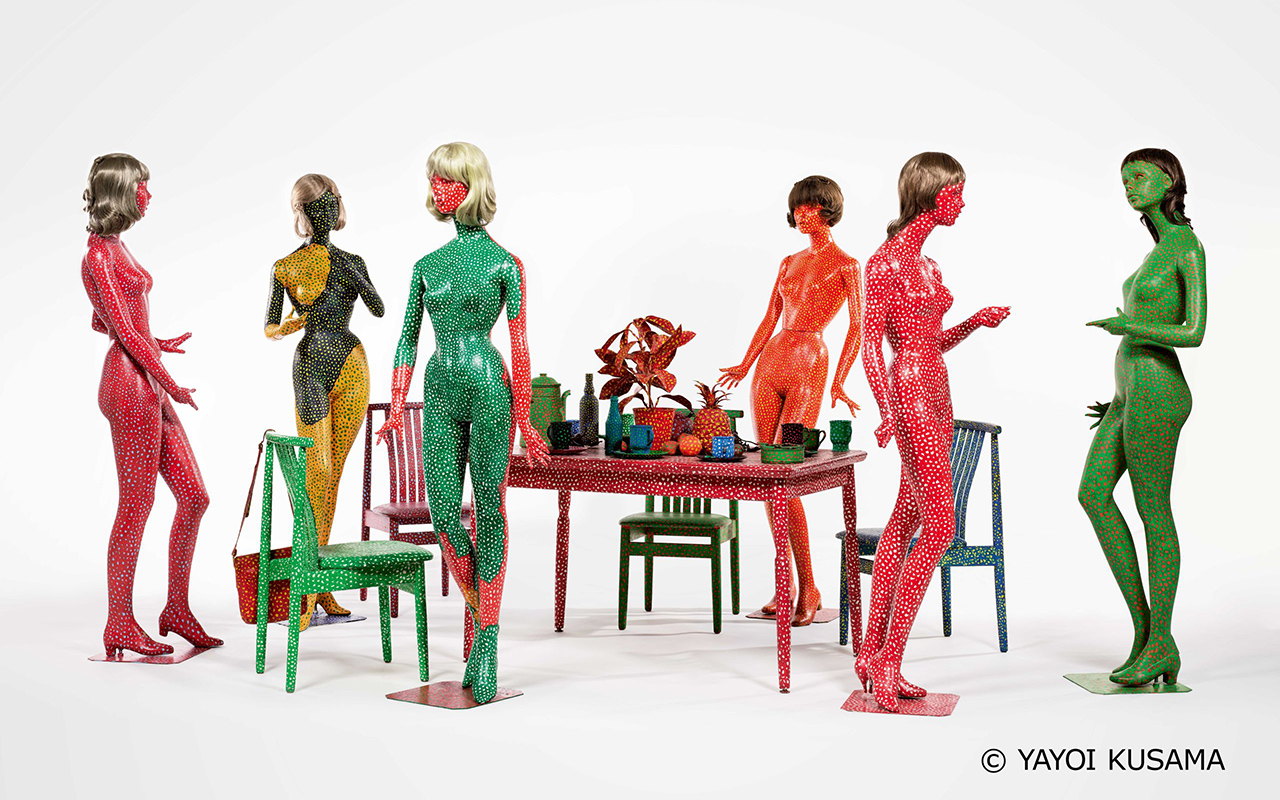
Yayoi Kusama. Self-Obliteration (Auto-obliteración), 1966–1974. Painting on mannequins, table, chairs, wigs, handbag, cups, plates, ashtray, pitcher, plastic plants, plastic flowers, plastic fruits. Variable dimensions. M+, Hong Kong. © YAYOI KUSAMA
Radical connectivity
In the late 1960s, the struggle for civil rights and the war in Vietnam generated a counterculture atmosphere in which Kusama developed a practice centered on public action and performance. The artist denounces race and gender stereotypes, criticizes the warmongering US policy and attracts the attention of the media with her provocative happenings, especially those featuring naked bodies covered with polka dots, which are acts of “self-obliteration”.
Kusama ‘s philosophy , which represents the liberation of the self as a form of group healing and deeply connects people, especially those who live on the margins of society. The Japanese artist uses the power of the media to spread her philosophy and intensify her visibility and notoriety.
Biocosmic
Where does your obsession with polka dots come from? Yayoi Kusama gives us the answer: “Our earth is just a mole among the millions of stars in the cosmos. Polka dots are a path to infinity. We erase nature and our bodies with polka dots, we integrate into the unity of our environment.”
Her childhood near her family’s plant nursery made the Japanese artist feel a deep bond with organic life, which the artist considers to be connected to the dimension and space of the cosmos. ‘Lo Biocósmico ‘ expresses her belief that the earthly and the heavenly are the same. As a child, she begins to observe the anatomy of plants, their life cycles, and the union between heaven and earth. Perhaps the most consistent image of the biocosmic in her work is that of her distinctive gourds, with whimsically undulating and mottled surfaces, which Kusama identifies as a benevolent plant spirit and reflection of her own soul. Her stance towards nature illustrates how Kusama expresses her alienation from the world and her expansive need to commune with the cosmos.
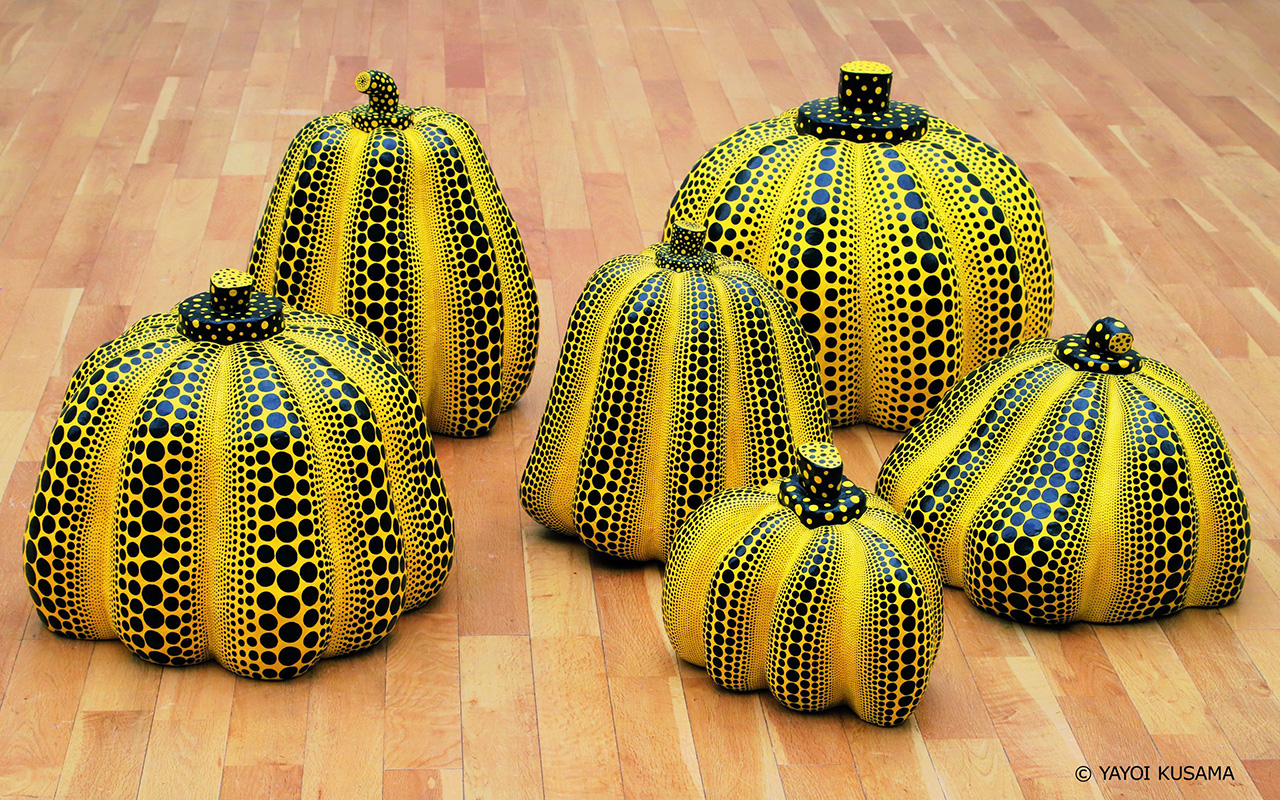
Yayoi Kusama. Pumpkins, 1998–2000. Mixed media. 6 pieces, variable dimensions. © YAYOI KUSAMA
Death
““What death means, its colours and its special beauty, the stillness of its footsteps and the ‘nothing’ after death. Now I am in a phase in which I create art for the rest of my soul, accepting all this”, says Kusama at the exhibition at the Guggenheim in Bilbao.
Kusama ‘s work is constantly on the threshold between life and death. A childhood surrounded by the ephemeral existence of plants in the family nursery, adolescence marked by the war and its consequences, and especially the death of her father and her close friend Joseph Cornell in the mid-seventies, led the artist to consider that death is not the end point, but another phase of existence that can give rise to a new one. Sometimes in her creative struggle and in despair, Kusama yearns to be free of what she describes as the “languorous weight of life.” However, through her artistic and literary practice, she transforms that desire into a kind of therapeutic fantasy, into a spiritual reward in the “solemn beauty” of death and in the loss of the ego as a return to eternity.
The force of live
Kusama ‘s art and psyche underwent a major change. With the arrival of the long-awaited and well-deserved public recognition, both from her international exhibitions and from her publications, praised in avant-garde literary circles, the healing power of art and the celebration of life become the central themes of her production. As she stated in 1999, Kusama came to believe that her role was to transform her suffering through art “for the healing of all humanity.” In the new millennium, the Japanese artist wants to amplify this message. For this reason, the colourful paintings and sculptures from one of her latest series, My Eternal Soul (2009–) and I Pray Every Day for Love (2021–today), perhaps represent the culmination of this commitment
The exhibition “Yayoi Kusama : from 1945 to today” will remain open to the public until October 8.
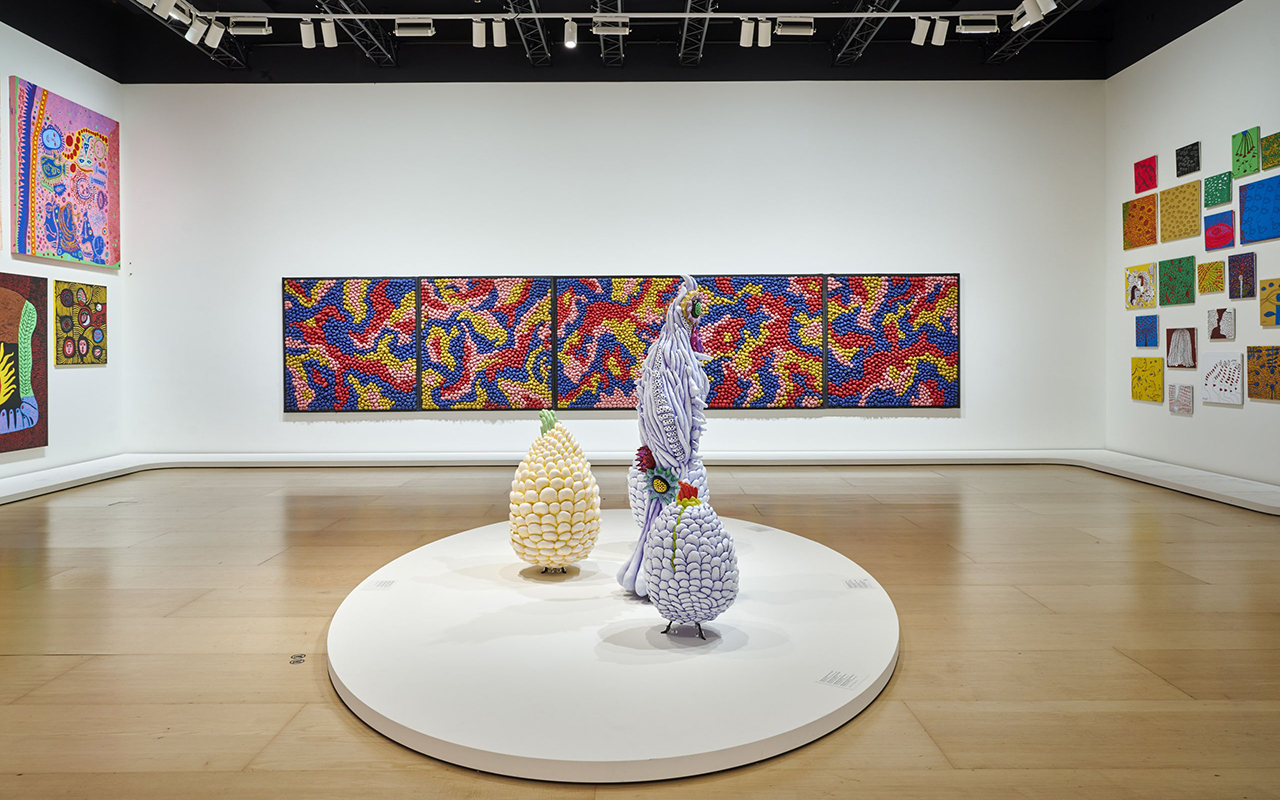
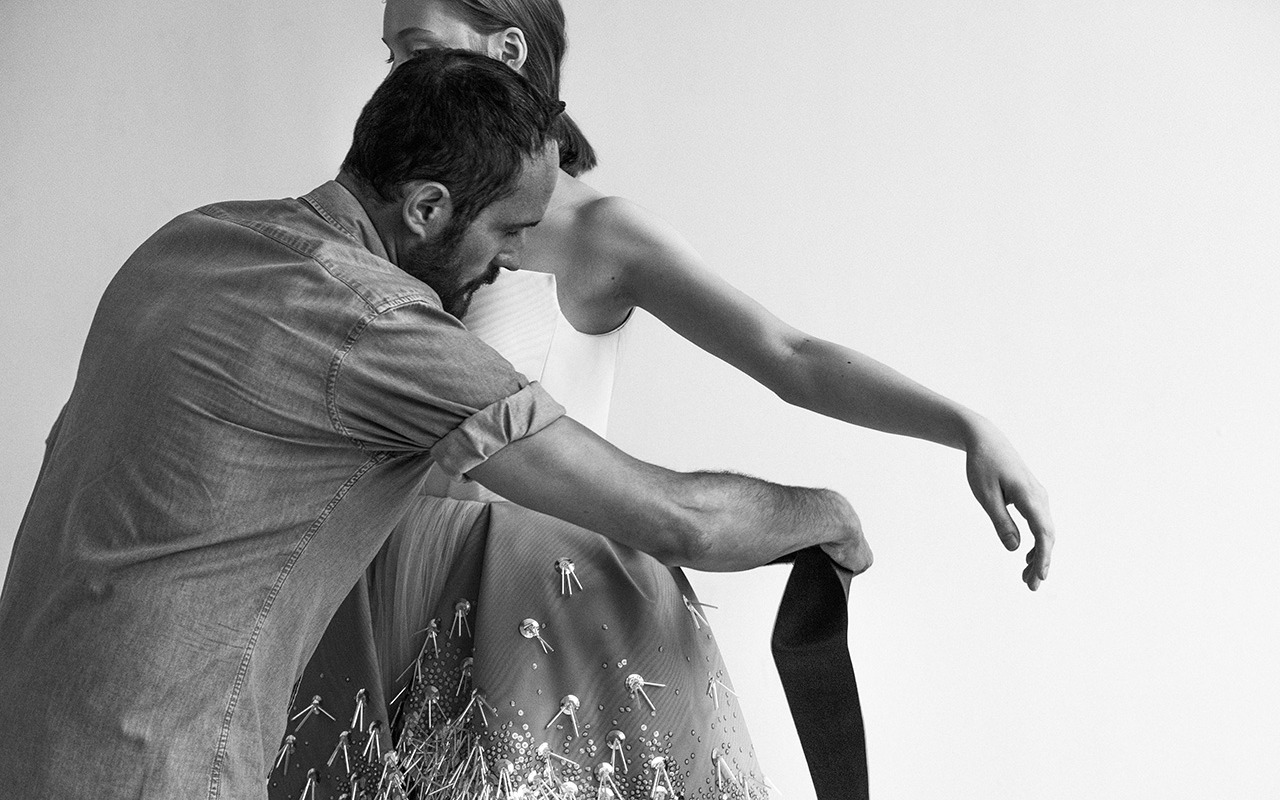 Protrait of Josep Font by Javier Biosca. Museo Cristóbal Balenciaga
Protrait of Josep Font by Javier Biosca. Museo Cristóbal Balenciaga
 Josep Font has everything to be a fashion legend -a category that places him in the firmament of needlework stars whose legacy endures over the centuries-. Talented, dreamy, perfectionist and discreet. Unattainable image, architectural soul and persistent work. After spending five years away from the media spotlight once he abandoned the creative direction of DelPozo, a firm that relocated its foundations to relaunch it to international stardom, the Catalan dressmaker is once again in the spotlight. Of course, maintaining its enigmatic aura. It is already known that Josep Font does not like to feed his ego by hitting the headlines.
Josep Font has everything to be a fashion legend -a category that places him in the firmament of needlework stars whose legacy endures over the centuries-. Talented, dreamy, perfectionist and discreet. Unattainable image, architectural soul and persistent work. After spending five years away from the media spotlight once he abandoned the creative direction of DelPozo, a firm that relocated its foundations to relaunch it to international stardom, the Catalan dressmaker is once again in the spotlight. Of course, maintaining its enigmatic aura. It is already known that Josep Font does not like to feed his ego by hitting the headlines.
Now, the Cristóbal Balenciaga Museum dedicates the first retrospective to Josep Font. It will be the first focused on a creative beyond the Getaria maestro in a new cycle that the institution is preparing to show the world how Balenciaga’s talent has influenced the work of international creators on a global level.
The exhibition ‘Josep Font. Beauty and restlessness’, is a production of the Cristóbal Balenciaga Museum, and curated by Josep Casamartina i Parasols – director of the Antoni de Montpalau Foundation , in close collaboration with the creator in which they have worked hand in hand for more than a year so that the result was sophisticated but fleeting, without a millimetre of margin of error and paying homage to the silent luxury that the Catalan creator knows how to print so well in his designs.
And why does Josep Font converse with Cristóbal Balenciaga in the same space? This union was proposed because the look of the Catalan designer towards the Basque couturier has not been mimetic but a very personal interpretation based on the study of the volume treated autonomously and independently of the female anatomy, achieving a sublimated and silent sensuality, as well as Balenciaga understood. Simultaneously, Josep Font achieved great technical perfection and in the simple and at the same time forceful treatment of the fabrics, in the architectural construction and in the use of exquisite embroideries, he is also close to the legacy of the master from Getaria. Perhaps like no other contemporary Spanish designer, Font fits in with Balenciaga’s famous concept: “a couturier must be an architect of form, a painter for colour, a musician for harmony and a philosopher for measure”.
Beauty and restlessness
The name does the thing. The exhibition is articulated through a constant premise throughout the career of Josep Font: “behind beauty there is always restlessness”. The Catalan designer believes that beauty, in all its splendor, produces restlessness and even uneasiness, but perhaps for this reason it also generates the energy to continue reaching for it without stopping. The architectural construction, the combination of volumes and the ornamentation of the fabrics are hallmarks of his work. Without forgetting his incessant search for a very personal and constantly evolving feminine ideal, far from stridency and provocations. Josep Font’s style is elegant, refined, but also hypersensitive and ethereal. Based on this idea, the exhibition proposes an agile aesthetic discourse that chronologically reviews the 30-year career, from the beginnings on the catwalks of Gaudí and Cibeles through the fashion shows in Paris, haute couture and finally at the head of Delpozo, the pinnacle of his career. It is made up of 54 pieces of clothing, including coats, street, cocktail, night and bridal outfits; from the Fundació Antoni de Montpalau -which has the main collection of pieces by the Catalan designer- and from various private Spanish and North American collections. The set also brings together some accessories from the two brands, such as shoes, perfumes and headdresses. Beyond the creations, the tour includes emblematic photographs by Joseph Hunwick , Javier Biosca and Ernesto Artillo , as well as an interview with the creator by the Victoria & Albert Museum in London.
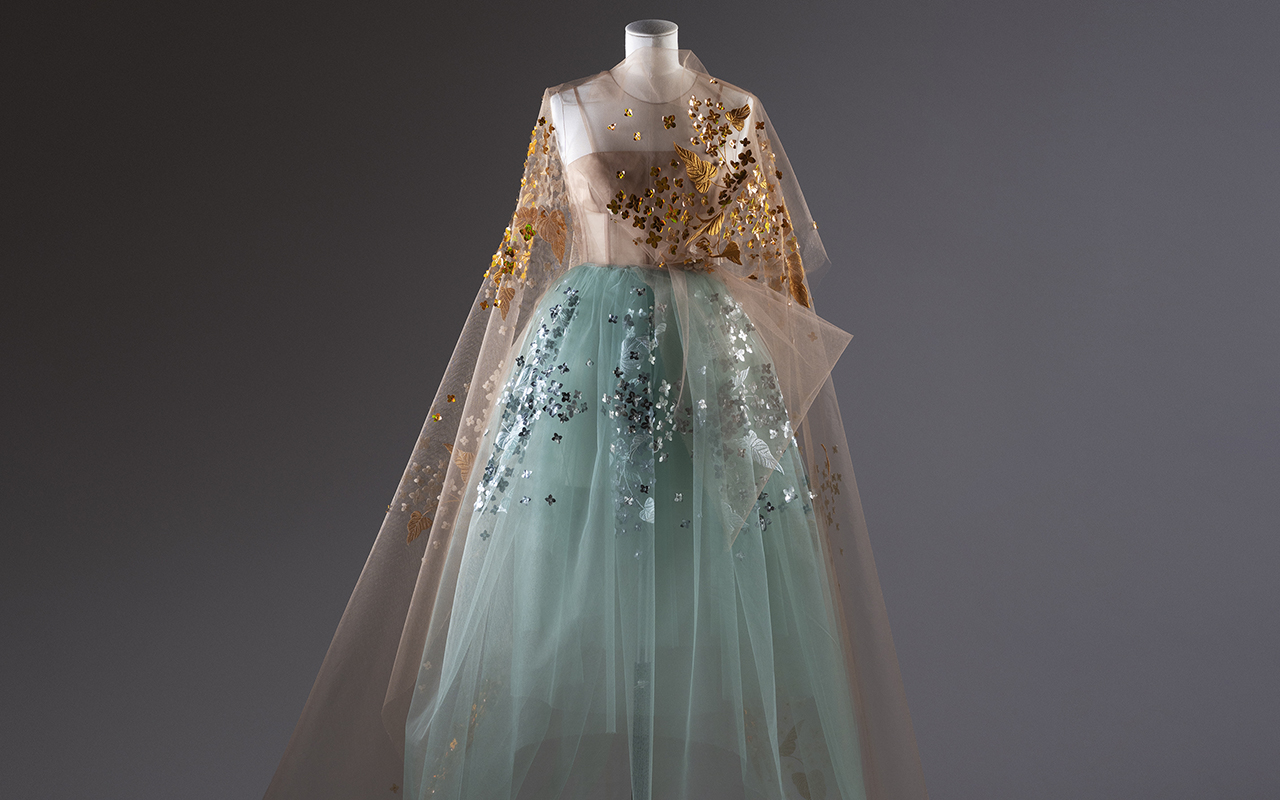 Dress Delpozo. Pic: Alex Iturralde. Museo Cristóbal Balenciaga
Dress Delpozo. Pic: Alex Iturralde. Museo Cristóbal Balenciaga
This anthology especially embraces the work of Font carried out in the first two decades of the 21st century and is structured through three major key periods:
From the beginnings to the consolidation
Josep Font (Santa Perpètua de Mogoda, 1965) studied Architecture at the Polytechnic University of Catalonia and graduated in Fashion Design from the Escola de Disseny i Moda Felicidad Duce, in Barcelona. At the age of 21, he won the Air France Mode Prix award and exhibited at Les Arts Décoratifs . The young designer consolidated his own brand with Luz Díaz in 1987, although they had already enjoyed good recognition in the fashion world for years. Together they created their own language. An aesthetic of sober, austere and refined colours. His inspiration was born from everyday popular clothing, with the use of natural materials, silk, wool and cotton, and a studied and severe pattern. However, in 1995, Font decided to pursue his solo career and at the end of this decade he evolved into a magical and hypersensitive world, with broader colours, luxurious and refined fabrics, spectacular and daring embroideries. This turn in design allowed it to achieve international success in the early 2000s. Years of expansion, awards, shops and parades arrived in Madrid, Barcelona and Tokyo. An ascending process that culminated in three prêt-à-porter collections presented in Paris and four other haute couture collections that were absolutely successful in the French capital.
Delpozo ‘s relaunch
There was a bump in this rise to the top: Josep Font lost his own label in 2011, although for a year, the talented creator began designing anonymously for other firms. However, one offer particularly excited him: the commission to remodel and relaunch the firm of the late Madrid designer Jesús del Pozo. Font re-founded the pillars of the brand with a new name – it would be called DelPozo – and an updated structure and workshops in Madrid, Miami, London, Moscow and Dubai . In the new DelPozo collections , it was appreciated what Josep Font had started in haute couture and would create a new line called impeccable prêt -à- couture , with a rigorous technique and exquisite finishes. Very Josep Font style.
Maturity and international recognition
Josep Font reached his zenith in his stage for Delpozo. Between 2012-2018 he created 19 collections and it is in this full production that the influence of Cristóbal Balenciaga will be most evident. In Delpozo, the Catalan designer will reach his maturity and maximum recognition worldwide through the collections he presented in Madrid, New York, Paris and London, and placed the brand among the favorites of the red carpet and celebrities such as Care Blanchett, Julianne Moore, Keira Knightley or Zendaya , creating trends and marking a milestone in the world of fashion. In fact, Josep Font became the first Spanish designer invited by Anna Wintour to the Met Gala . An anniversary that shows the deep admiration felt by the main fashion gurus for the work of this prodigy with the needle.
Little is told about the last stage of Josep Font. He abruptly left Delpozo when he “fell out of love with the project.” Just like Balenciaga did in 1968, who preferred to leave everything when he saw that his idea of design had nothing to do with the democratization of fashion at the time-if he raised his head right now, we don’t know what he would think of his own brand-. Until then, Josep Font has continued working from the most absolute anonymity and time will tell if he will return to the media spotlight with a new resurgence of himself. Now for the moment, his applauded talent comes to light again in this fantastic exhibition that can be visited until January 7, 2024 at the Cristóbal Balenciaga Museum. A magnificent alliance between fashion, architecture, coherence and integrity.
Exhibition ‘Josep Font. Beauty and restlessness’ Pics: Ernest Artillo y Alex Iturralde. Museo Cristóbal Balenciaga
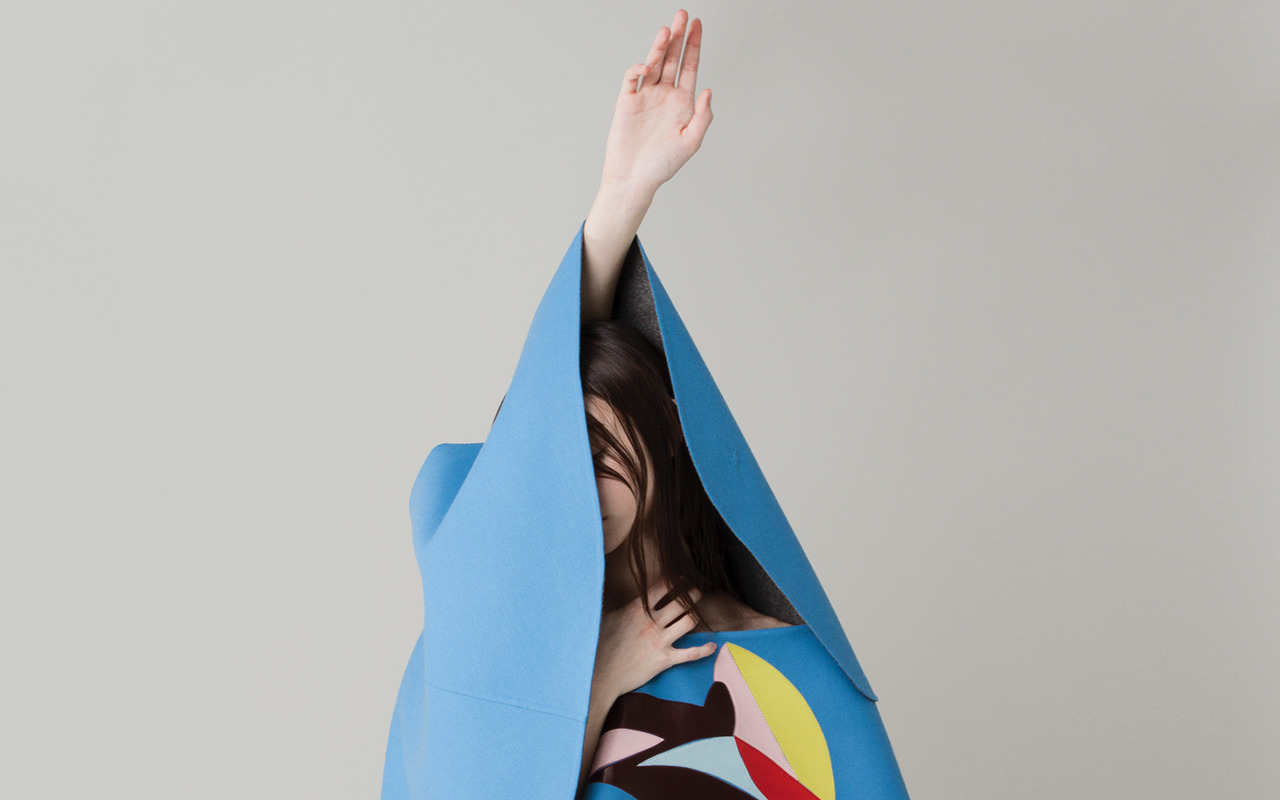
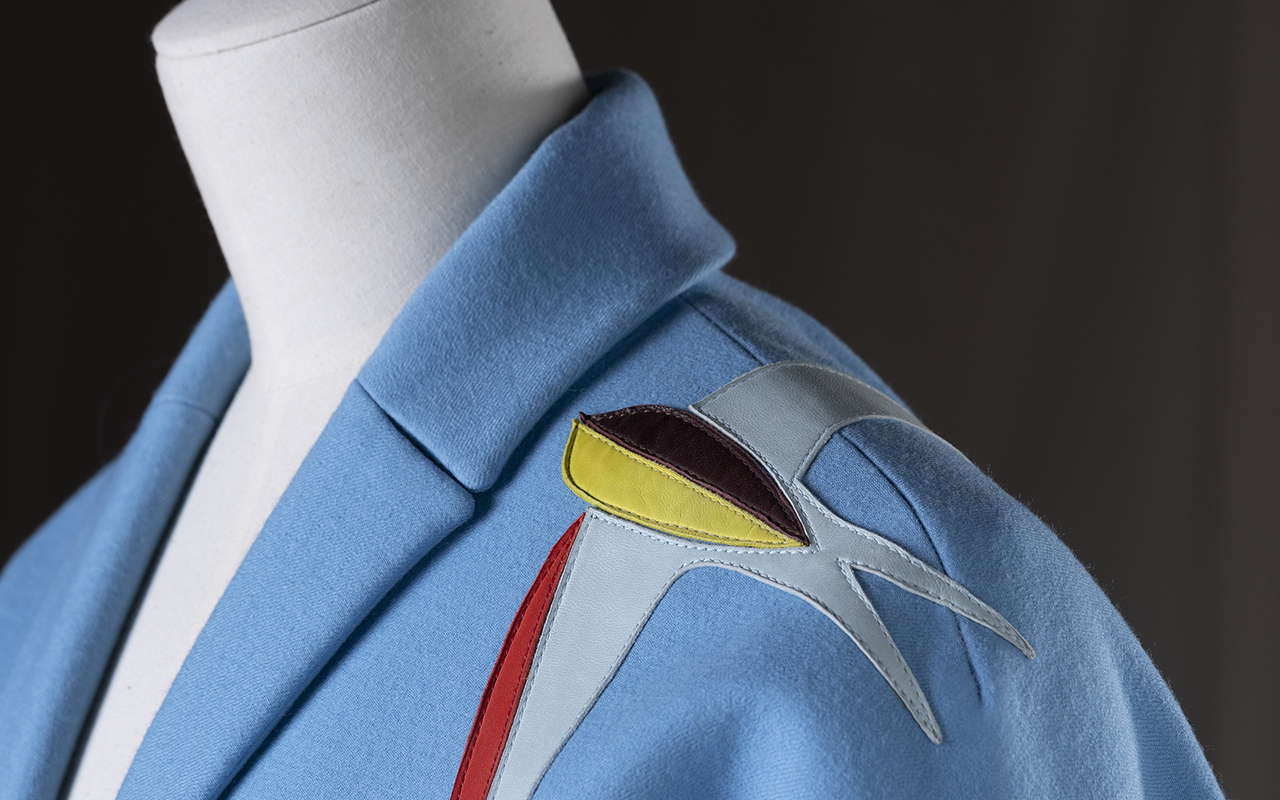
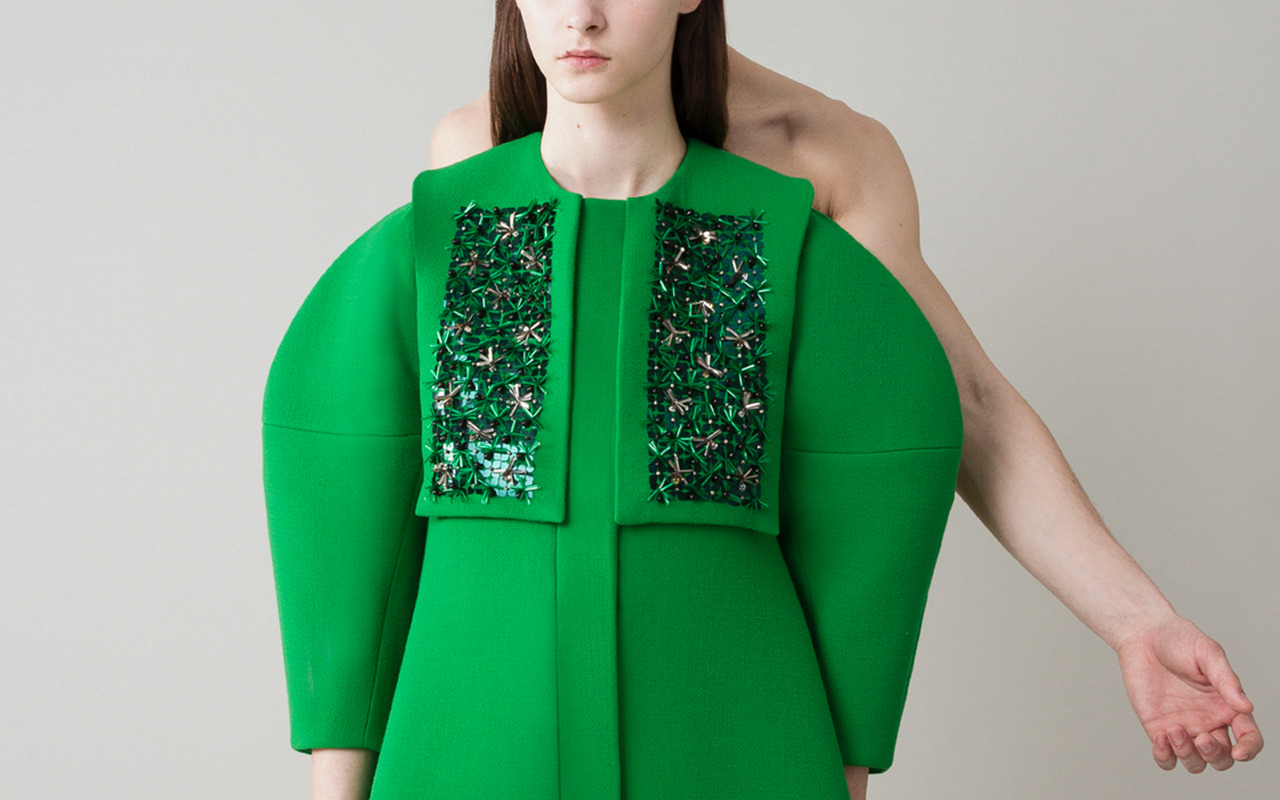
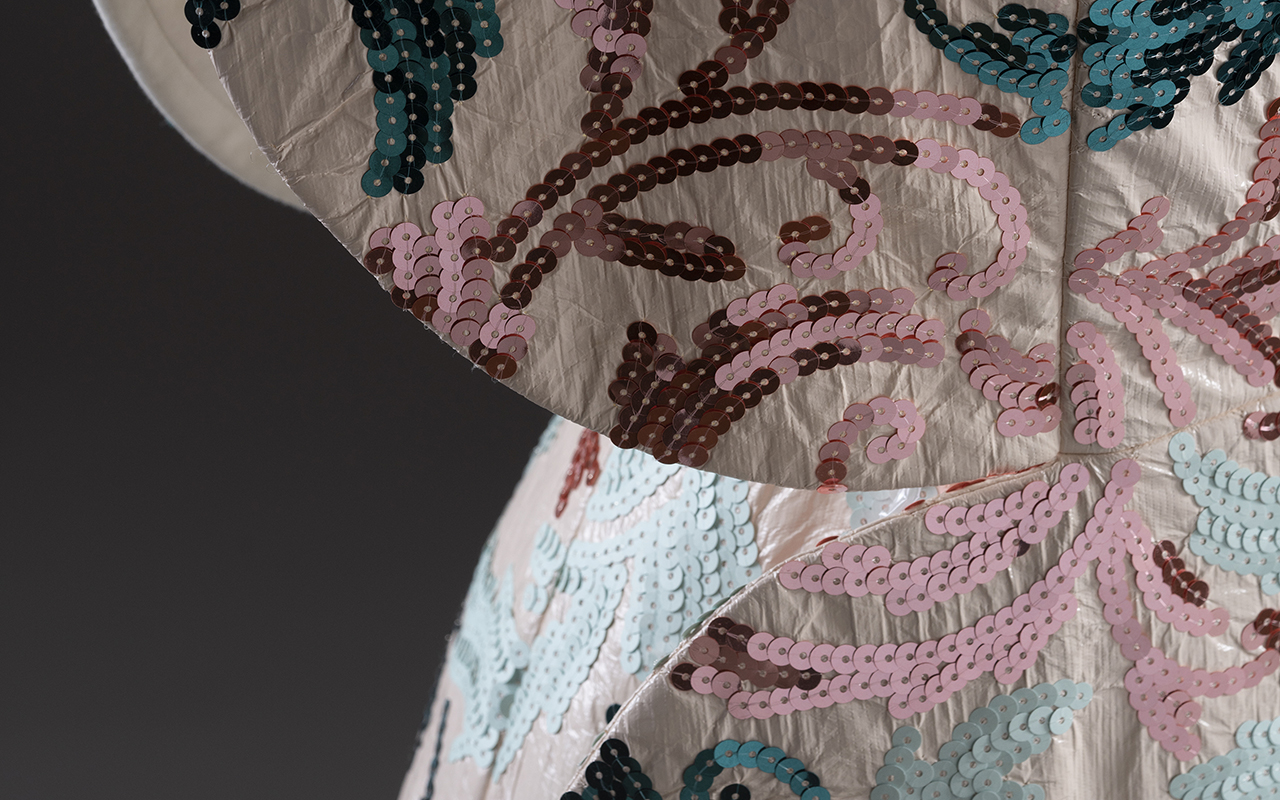
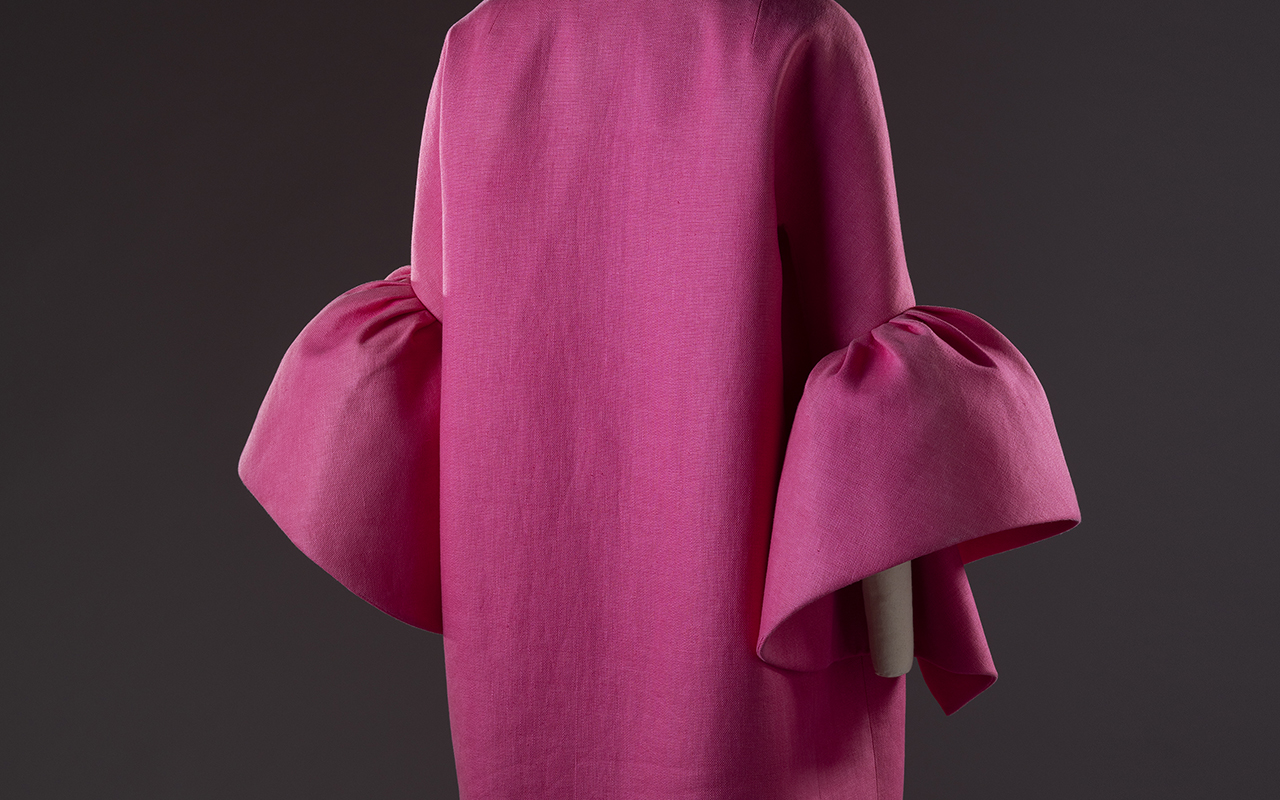
Sorry, this entry is only available in European Spanish.
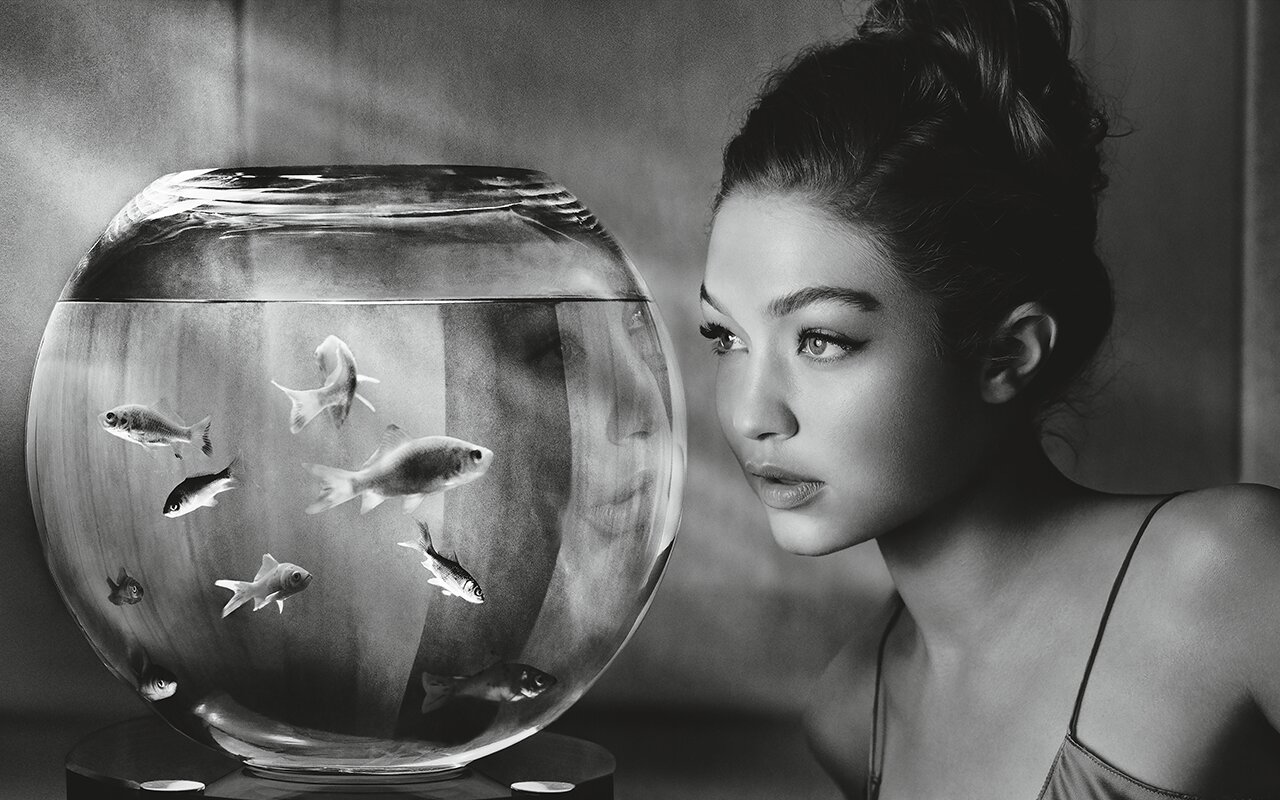 Photos: Pirelli / FotoNostrum Barcelona
Photos: Pirelli / FotoNostrum Barcelona
Feminine beauty has undergone a historical change in its conception and representation over time, and especially in the last half century. If we talk about beauty portrayed, the famous Pirelli calendar has become a tangible reflection of this transformation, being an everyday object that has played an important role in the representation of women in the world of fashion and photography.
Known for its iconic and sensual images that decorated mechanical workshops, garages and truck cabins in its early days, the Pirelli calendar has evolved over time to reflect social and cultural changes in the perception of femininity and the empowerment of women. . Now, the FotoNostrum gallery in Barcelona exposes this evolution by presenting the largest retrospective ever held of the iconic almanac of the renowned tyre company.
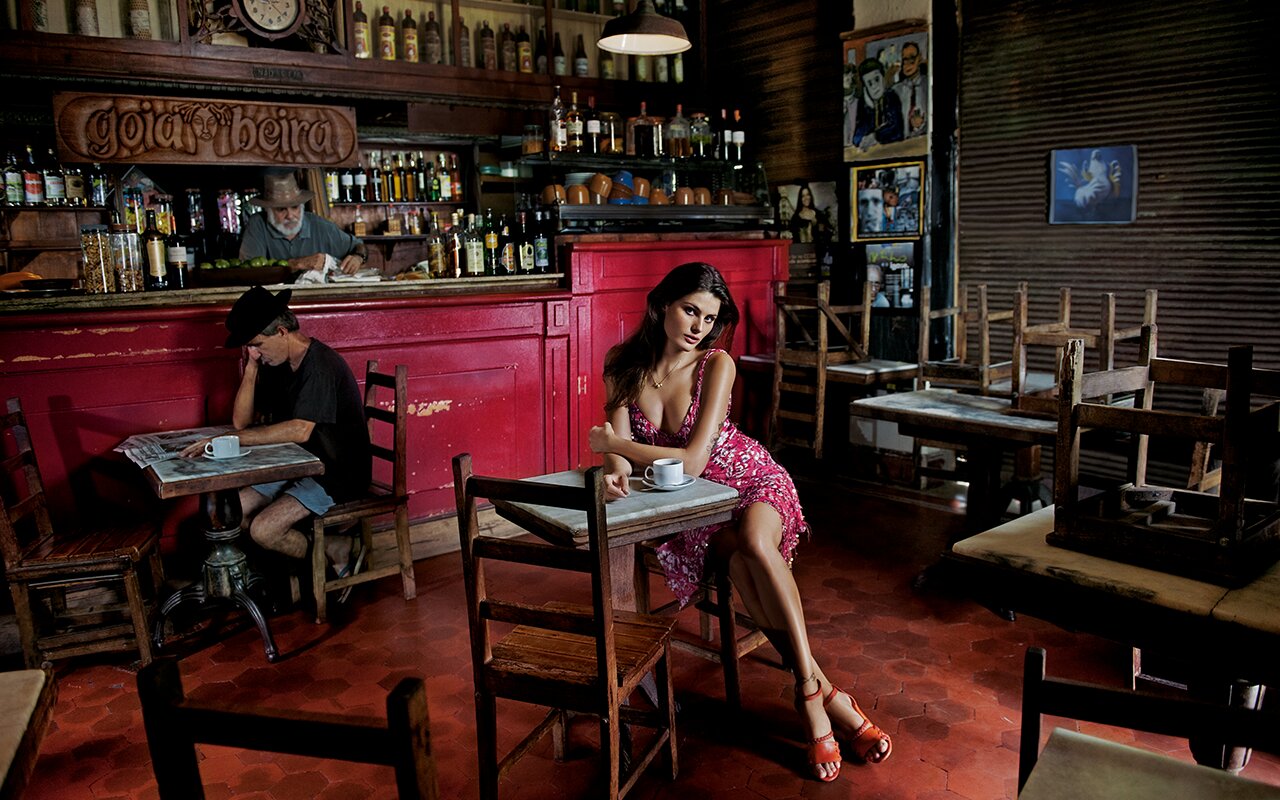
Beauty narrated by the best photographers
Under the title of ‘ L’Eterna Bellezza ‘, the exhibition exhibits more than 450 snapshots captured by 41 masters of fashion photography, who have contributed to making the Pirelli Calendar a legend in the world of photographic art. Masters like Peter Lindbergh, Annie Leibovitz, Helmut Newton, Herb Ritts , Paolo Roversi , Mario Testino , Steve McCurry, Bruce Weber, Patrick Demarchelier and Richard Avedon , among others, have portrayed over the years the sensuality of women, including models such as Gisele Bündchen , Naomi Campbell, Cindy Crawford, Gigi Hadid and Kate Moss; actresses like Monica Bellucci, Sofia Loren, Laetitia Casta, Jessica Chastain , Penélope Cruz, Uma Thurman , Kate Winslet , and Robin Wright, and singers like Cher, Rosalía, and Patti Smith.
Beyond the sensuality that becomes evident in some cases through the nakedness of the body, what draws attention in the exhibition is the change in gaze. In this sense, ‘ L’Eterna Bellezza ‘, protected by Amadeo M. Turello , Italian curator and preserver of the Pirelli Collection since 2015, has not wanted to ignore all the stages of the Pirelli calendar, from its beginnings in 1964 to 2022, through images that show everything from nudes where the The models’ bodies are presented explicitly as an advertising claim, as well as other more evocative images with messages of vindication of feminine power, which go beyond mere eroticism.
The images shown not only reveal the poetics of individual authors on the female body, they also constitute a reflection of society, aesthetics and the arts in the last 60 years. Thus, the exhibition reflects how the photographic language has evolved over time, highlighting other aspects such as fashion and pop culture of each era.
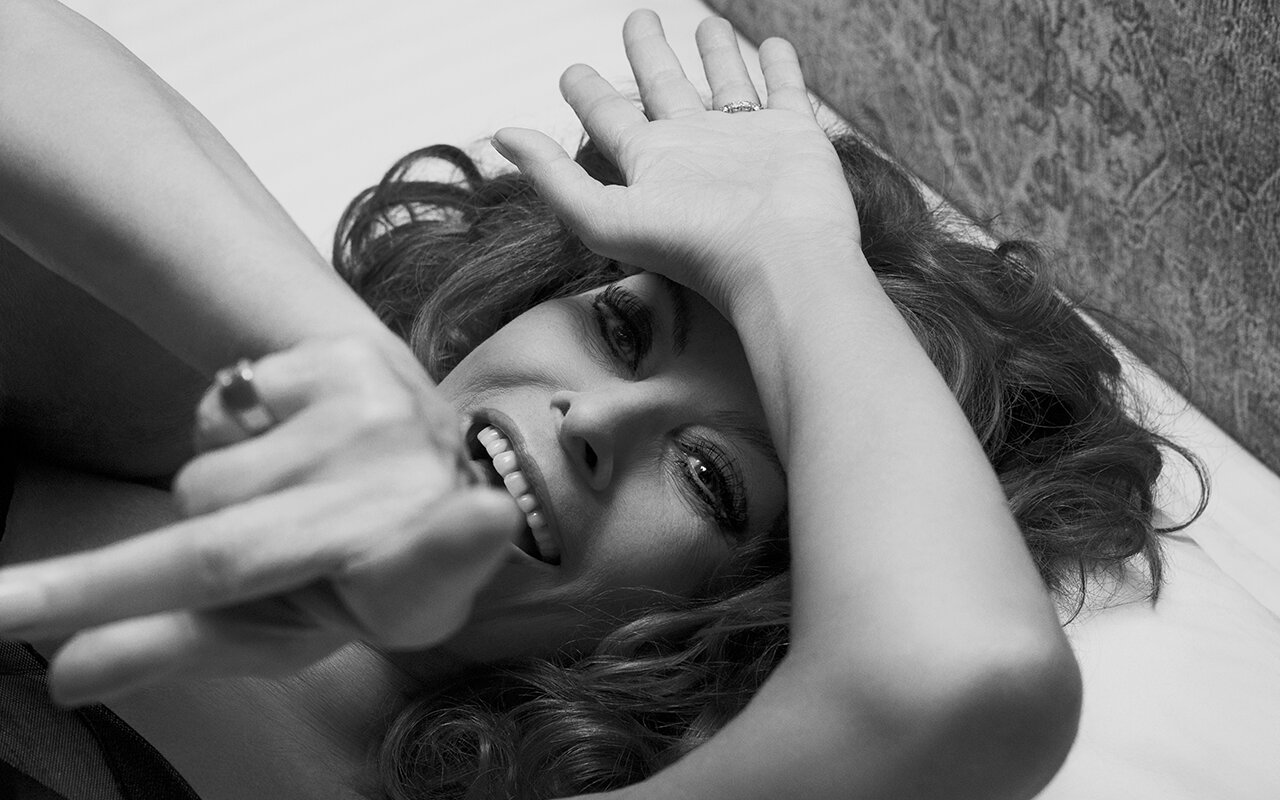
From object to subject
The Pirelli calendar was first launched in 1964 and has become a symbol of beauty, style and elegance. A leading photographer on the London scene, Robert Freeman, who was a personal friend of The Beatles, was commissioned to create a “beautiful calendar” and had complete creative freedom to do so. This talented photographer selected representative models of the time and took them to the beaches of Mallorca for a cheerful and informal shoot that captured the essence of that moment marked by an emerging counterculture and the sexual revolution.
At that time, calendars with images of women already existed and were used as a marketing tool in the automotive industry. Pirelli wanted to give his celebrated almanac a more sophisticated image and, in his quest for good taste, partnered early on with leading photographers of each era to provide their artistic vision of female beauty. The first calendars caused a sensation, but despite the change, they still reflected old stereotypes: women in pin-up poses displayed their bodies as objects of desire.
As time progressed, Pirelli changed its approach and adapted to the new changes, celebrating values such as diversity, talent, individualism and authenticity to portray a beauty that goes beyond the purely aesthetic and focuses on the personality and the way of being of the woman. In the 21st century, the Pirelli calendar has challenged traditional beauty canons and has captured the essence of successful women in various fields, such as music, cinema, fashion, sports and activism, promoting a more inclusive and empowered vision. of women in society.
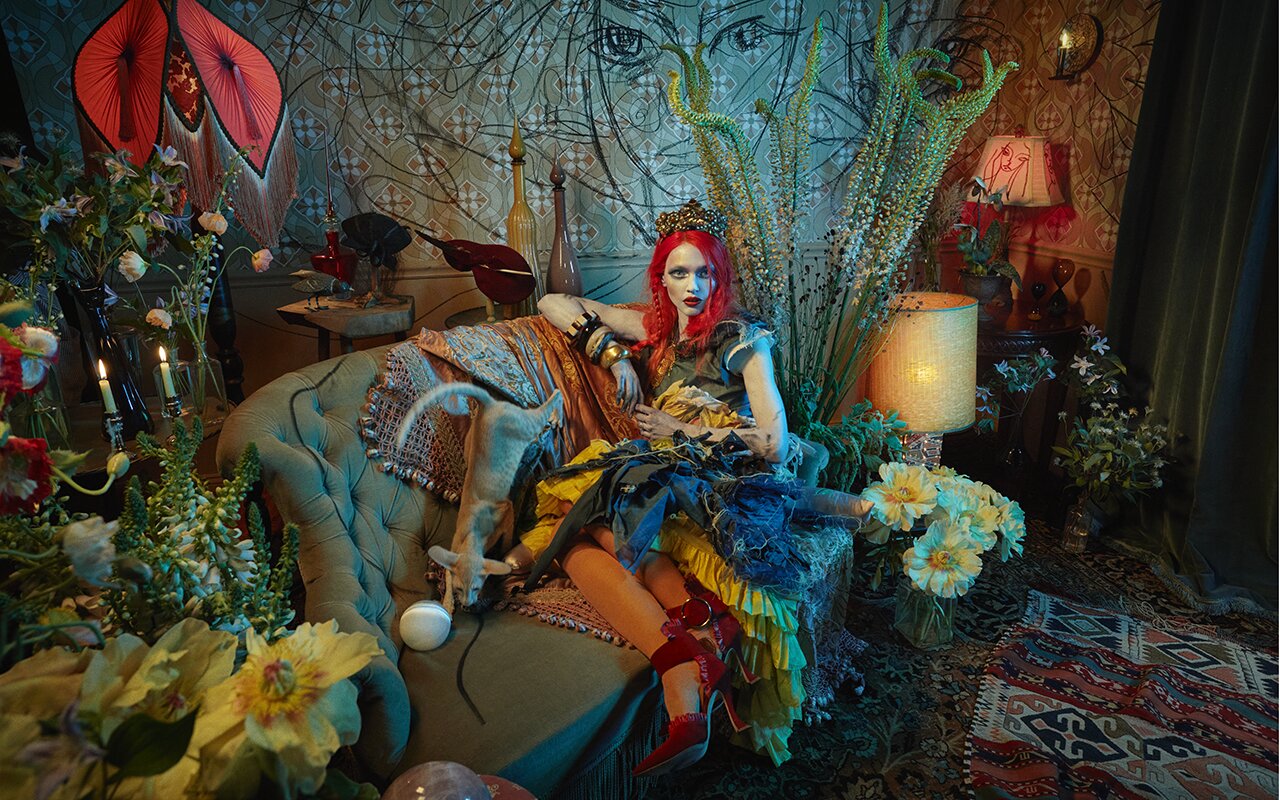
The woman also as creator
Women are the absolute protagonists in the history of the Pirelli calendar, but they have not always been in the spotlight. The tyre brand has highlighted the role of women as creators and protagonists in the world of fashion and photography, providing a platform for female photographers to express their artistic vision and talent. This has been demonstrated by photographers such as Sarah Moon, Joyce Tenneson and Annie Leibovitz, who has worked twice for Pirelli.
The latest signing for the creation of the famous calendar has been Emma Summerton , who has been inspired by the classic figure of the muse to vindicate the role of women as creators. For the Australian photographer, the conception of beauty transcends faces and bodies, and has given the models participating in the calendar, such as Bella Hadid, Cara Delevingne or Ashley Graham, an artistic role linked to the power they represent in life real. Thus, in a dreamlike setting with a great charge of fantasy and ornamental precision, the ” Summerton muses ” are presented as authentic warriors, queens, activists or writers in the 2023 edition of the Pirelli calendar.
Precisely, some of these fresh new images can also be seen in the retrospective of the Pirelli calendar, which will be open to the public until the 30th July at the FotoNostrum gallery in Barcelona.

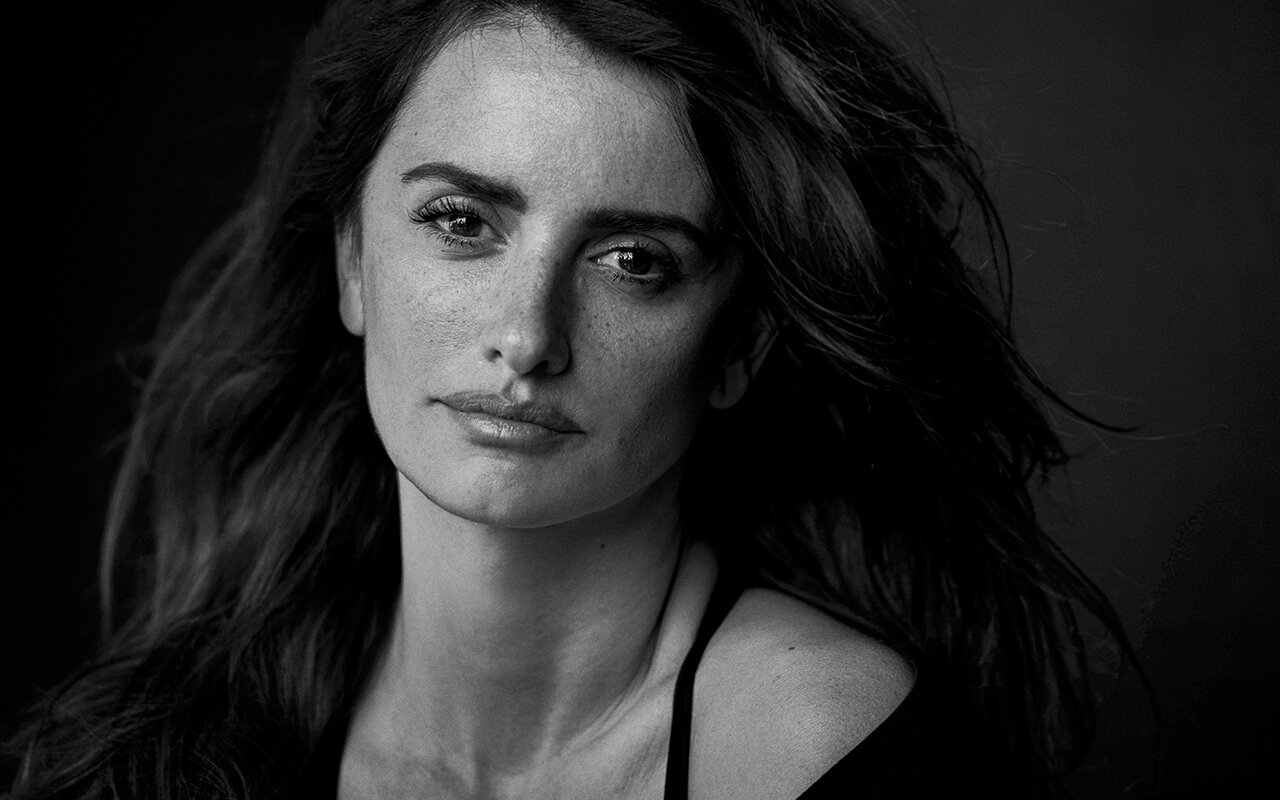
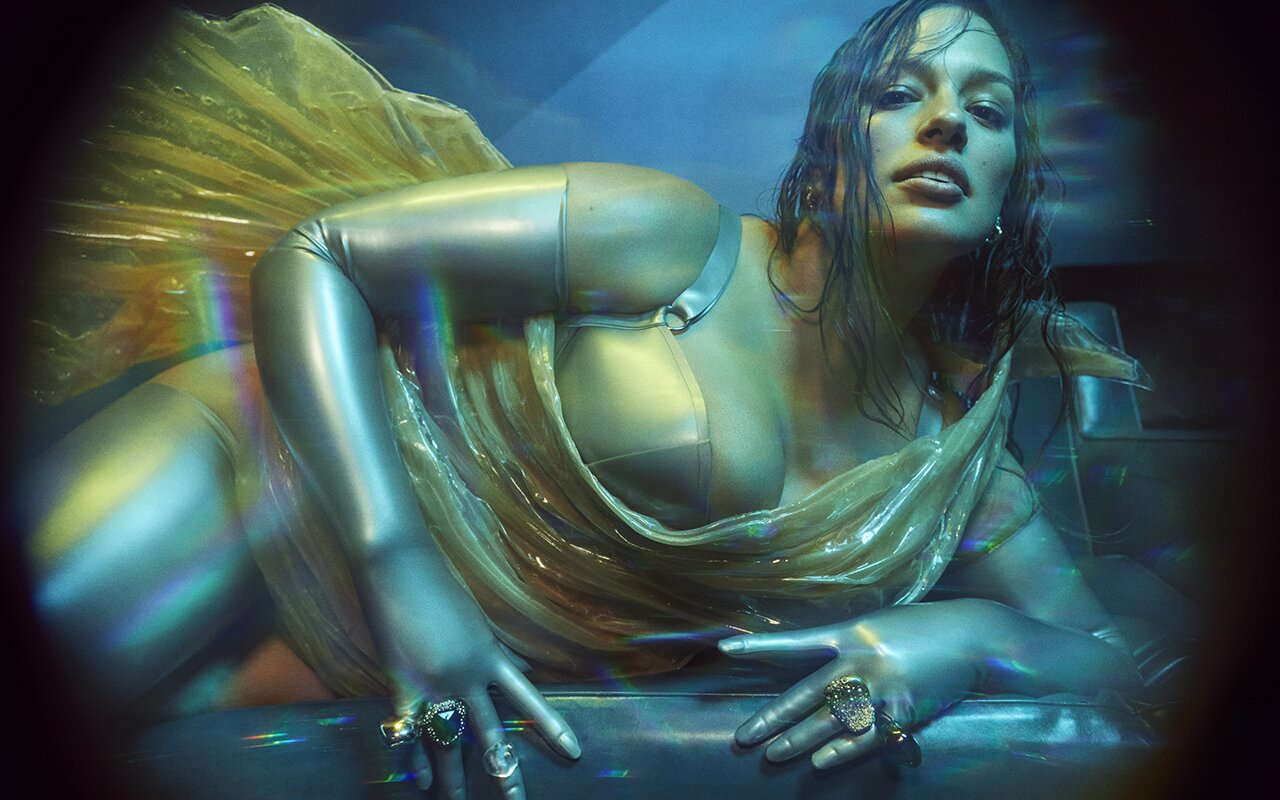
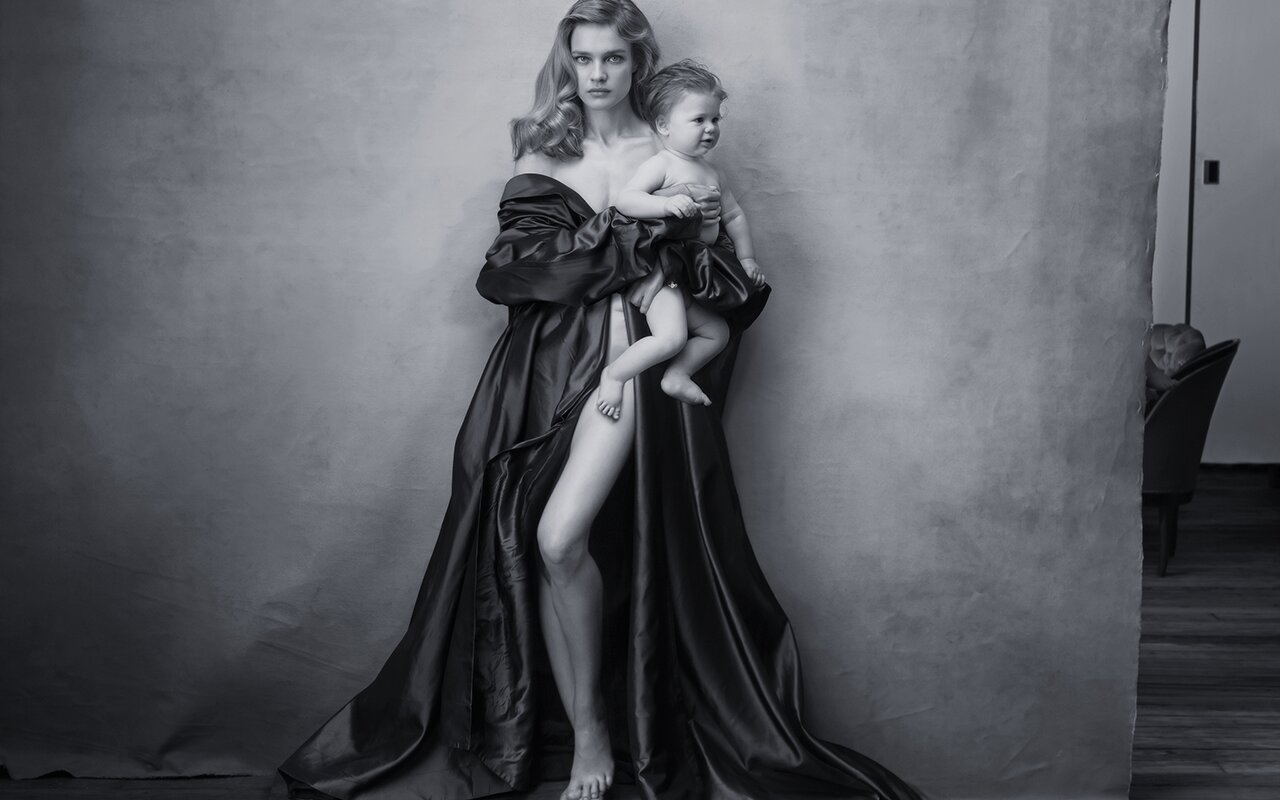
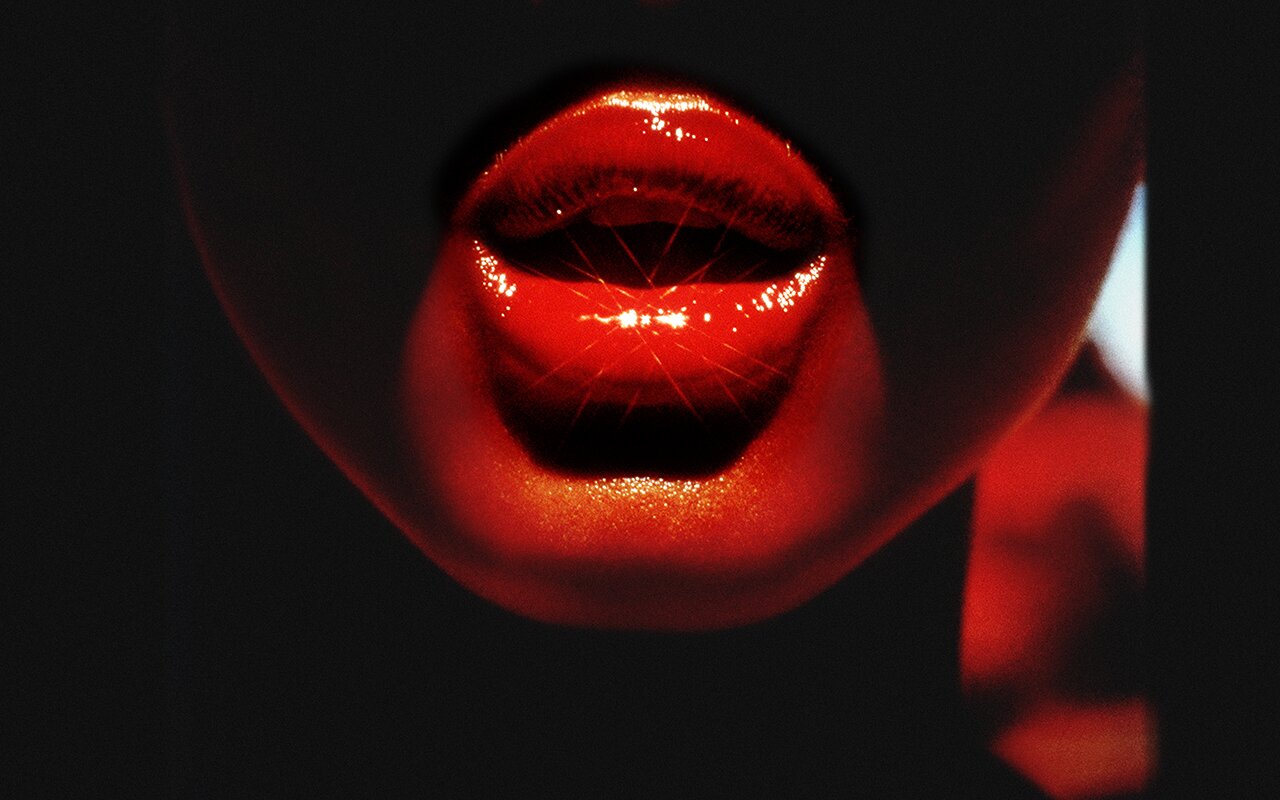
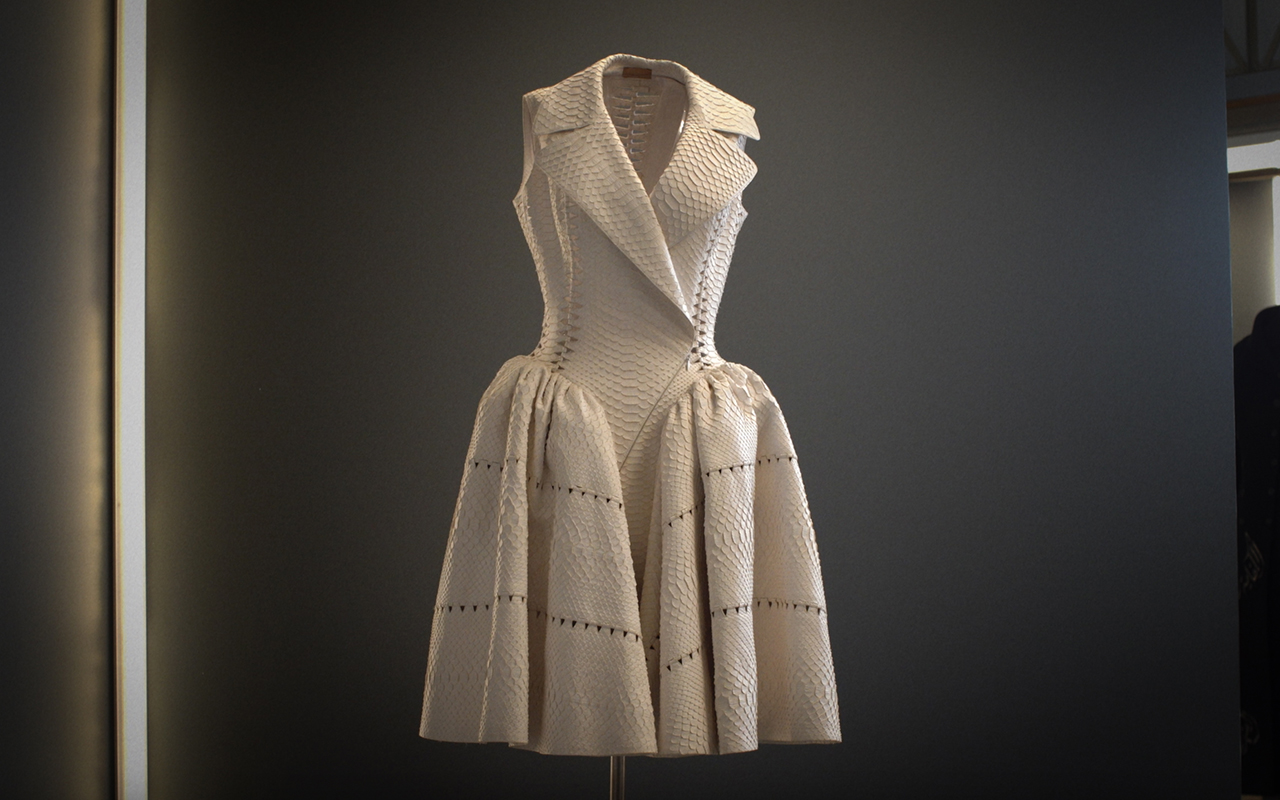
A new edition of the Moritz Feed Dog is back. The contest dedicated to documentary film about fashion that takes place every year in Barcelona and this time, recovers its usual date welcoming spring with a new assortment of novelties in its programming. This festival is special for several reasons. Firstly, because it explores the universe of fashion in all its facets, giving a transversal vision of the sector: the positive values that it promotes, such as beauty, talent, identity or fun, among others, with those who are less friendly than they obscure the fashion industry and question its impact. This year the critical look focuses on essential values such as diversity, honesty, sustainability and animal abuse. Second, the Moritz Feed Dog specializes in documentary, a narrative genre that allows genuine stories to be told based on real events and that appeal directly to the viewer, expanding their mind towards a voracious industry that can be talented and creative, but also ambitious, irresponsible and cruel. The contradictions of fashion that are still a mirror of our society. For all this, the festival constitutes an idyllic environment where views are expanded, opinions are generated and debate around the fashion business is encouraged.
In this seventh edition that will take place from 22nd – 27th March at the Aribau cinemas in Barcelona, the Moritz Feed Dog has prepared a particularly careful programming: premieres, classic documentaries and films loaded with content with genuine stories. Also add that in the digital sphere, the fashion documentary film festival has partnered with CaixaForum +, the streaming platform of culture and science of the La Caixa Foundation that will issue various films free of charge in April, after Easter.
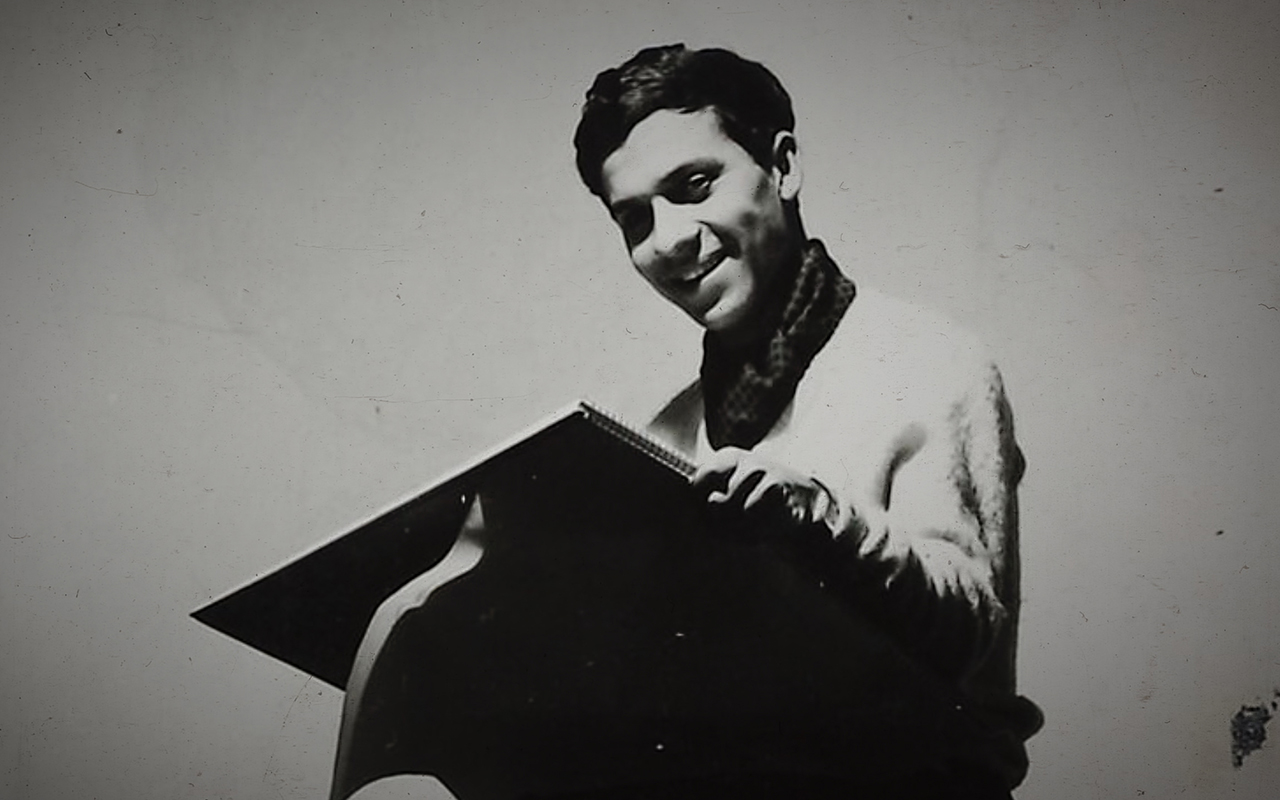
A memory to the designers who are no longer here
The seventh edition of the Moritz Feed Dog Barcelona kicks off with a retrospective of one of the greats: Azzedine Alaïa (1935-2017). The Franco-Tunisian couturier was known as the sculptor of fashion because he was capable of modeling human figures, using all kinds of fabrics. Alaïa was an outsider who broke the system with the help of his talent, his group of unconditional supporters and his devoted gaze towards women. Paris loved him, fashion loved him and women continue to dress him. Clients as diverse as Greta Garbo and Grace Jones, Kim Kardashian and Michelle Obama continue to be loyal fans of Alaïa . This documentary offers an exciting portrait of the life of the couturier. An outstanding piece by director Olivier Nicklaus to whom the festival pays tribute by exhibiting a selection of his most representative works: “ AntiFashion ”, “ Apocalypse Mode ” and “ Go Global”.
The Moritz Feed Dog commemorates the talent and unique personality of Vivienne Westwood , the queen of punk, with two titles that span her career as a designer and activist from its beginnings to her most recent work. The festival also recovers the figure of Gianni Versace offering a new vision of his career. This time, it is the male models who walked the runway for the firm in the eighties, who recall their professional and personal relationship with the designer. Finally, a documentary made and produced in Barcelona stands out, which rescues the multidisciplinary creativity of Toni Miró , one of the key designers in the history of contemporary Spanish fashion. Through his television interventions, the personality of this enigmatic Catalan talent is portrayed who walked the international catwalks in Paris and Milan, and was one of the first couturiers to incorporate anonymous people of all ages into his shows. Rigor, neatness and ease were the hallmarks of his brand, created in 1976.
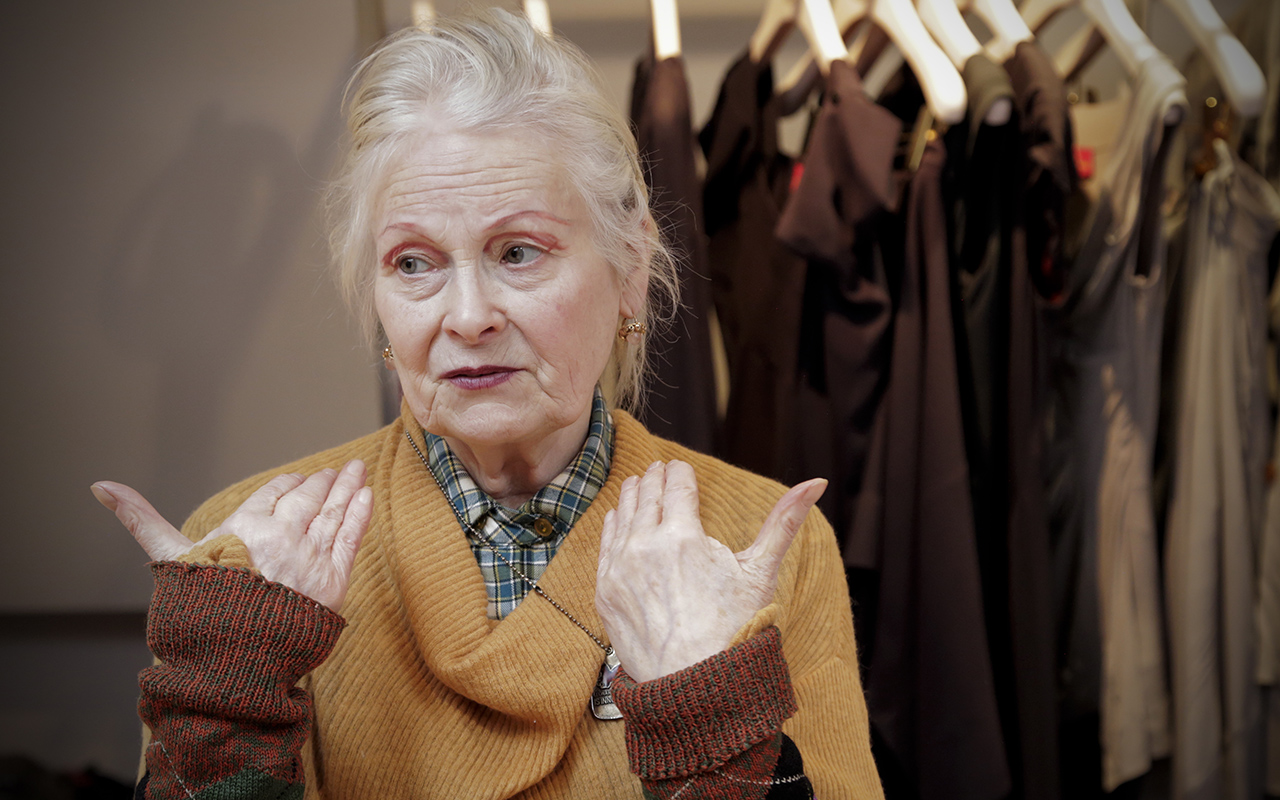
The prism of fashion
Although everything revolves around the fashion industry, you don’t have to be an expert in the field to view the documentaries proposed by the Moritz Feed festival Dog. In its programming, suitable for all audiences, audiovisual pieces that offer a multidisciplinary vision through more personal perspectives and differentiated themes also stand out. From the transformation of men’s fashion and its relationship with men in “ All Man: The International Male Story ”, to an intimate piece that portrays the beauty universe of photographer Gian Paolo Barbieri in “ L’Uomo e la Belleza”, or a work has also been programmed that transmits the day-to-day life of the fauna that surrounds the sector, either in a backstage as immortalized by “Fashion Babylon ” or the not so idyllic life of an influencer teenager in “ Girl gang ”.
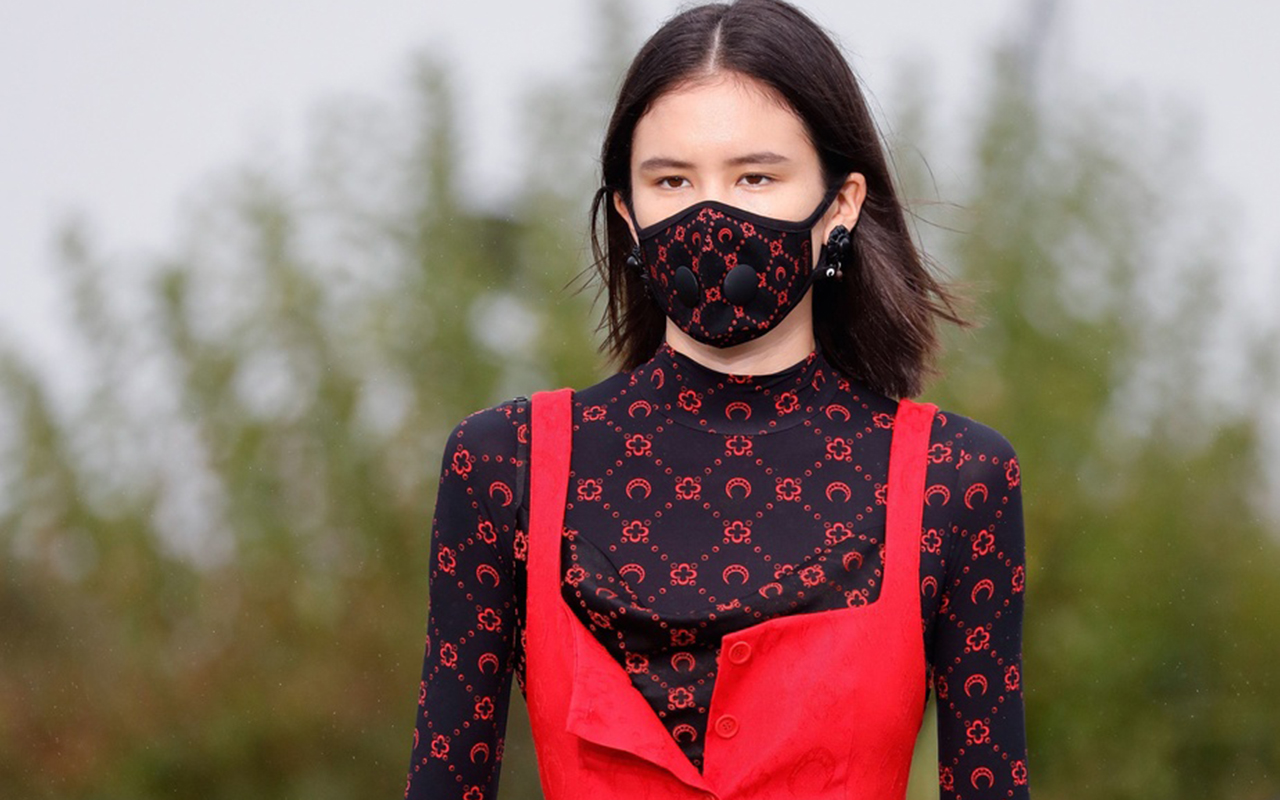
The other side of the industry
Fashion has its own shadows and the Moritz Feed festival Dog reveals them shamelessly. “Fashion Reimagined ” represents a manifesto on the sector’s impact on the environment through a small cult London firm: Mother of Pearl. In “ Wings are not for sale” the object of criticism is the fast fashion from the point of view of sociologists, activists and workers from the industry itself. The hottest topics are also reflected in “ Apocalypse Mode ” by Olivier Nicklaus , but this time, the subjects of these opinions are different generations of designers such as Agnès B, Marine Serre, Karl Lagerfeld or Alessandro Michele. Lastly, “ Slay ” brings to the table a thorny issue: animal abuse in a denunciation documentary that shows raw stories of abuse around the world. This audiovisual piece, which shows the dust under the rug, stirs consciences to demand a greater commitment from brands to animal welfare.
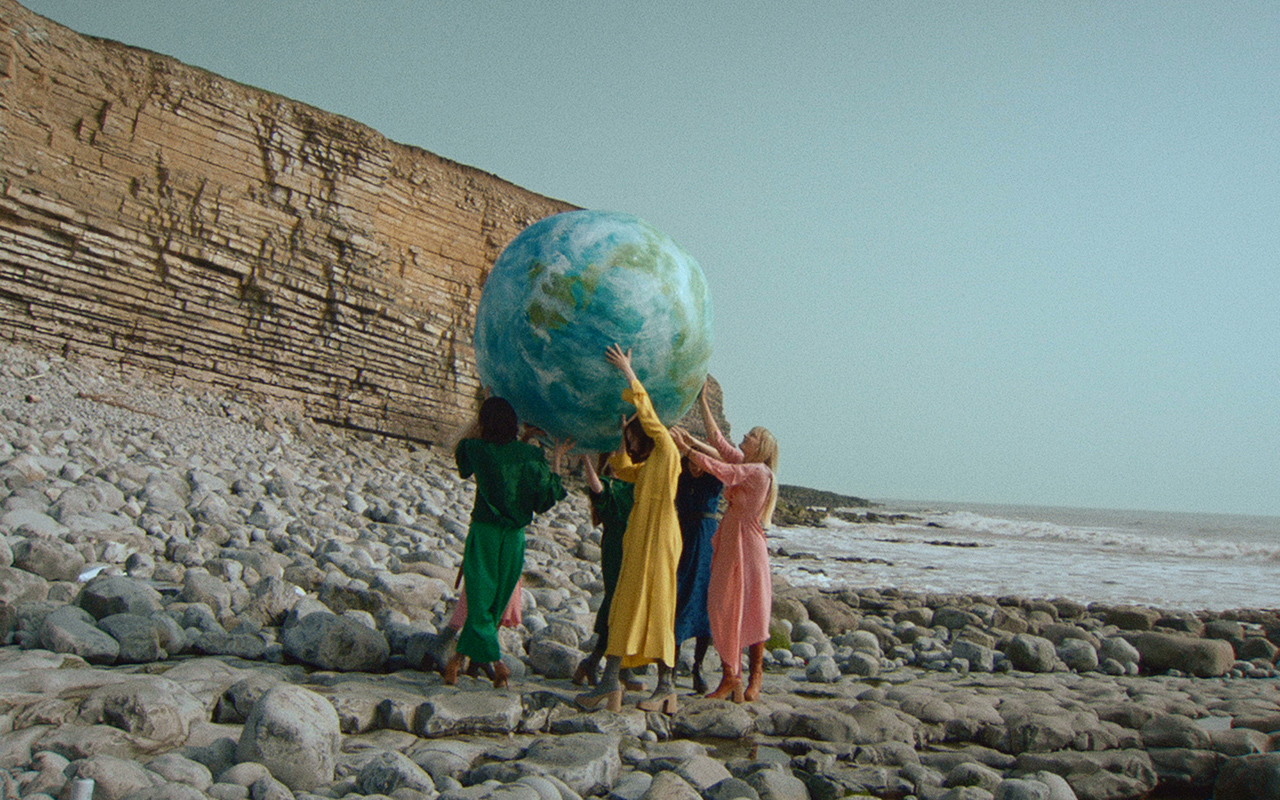
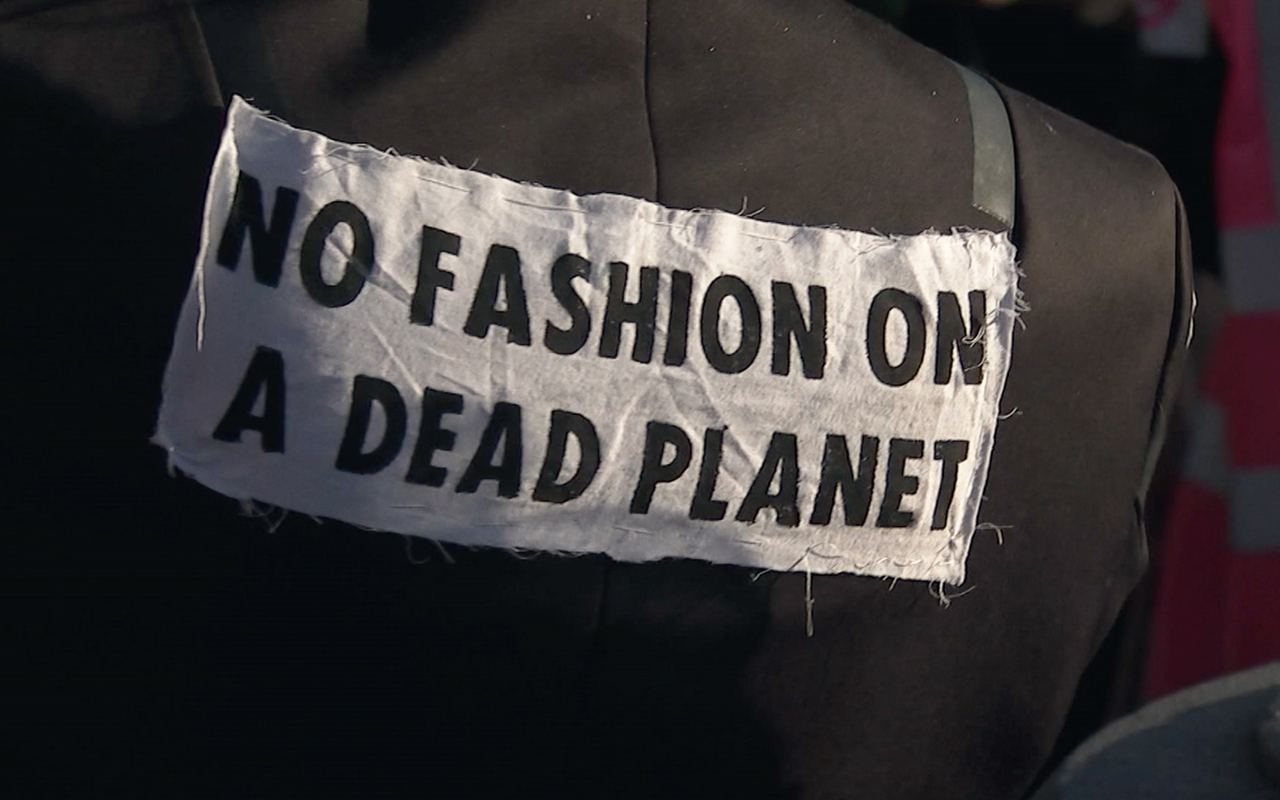
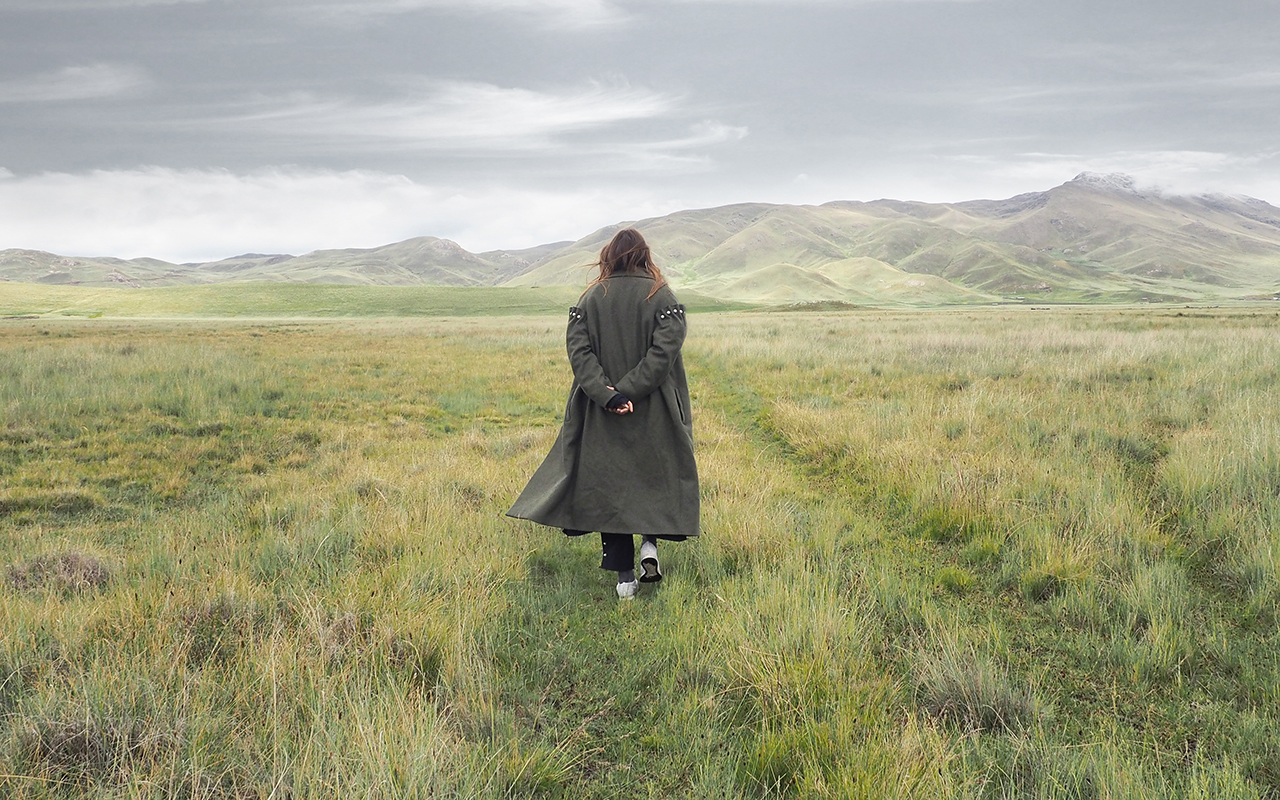
Moritz Feed Dog festival tickets can be found here . Make room in your schedule.
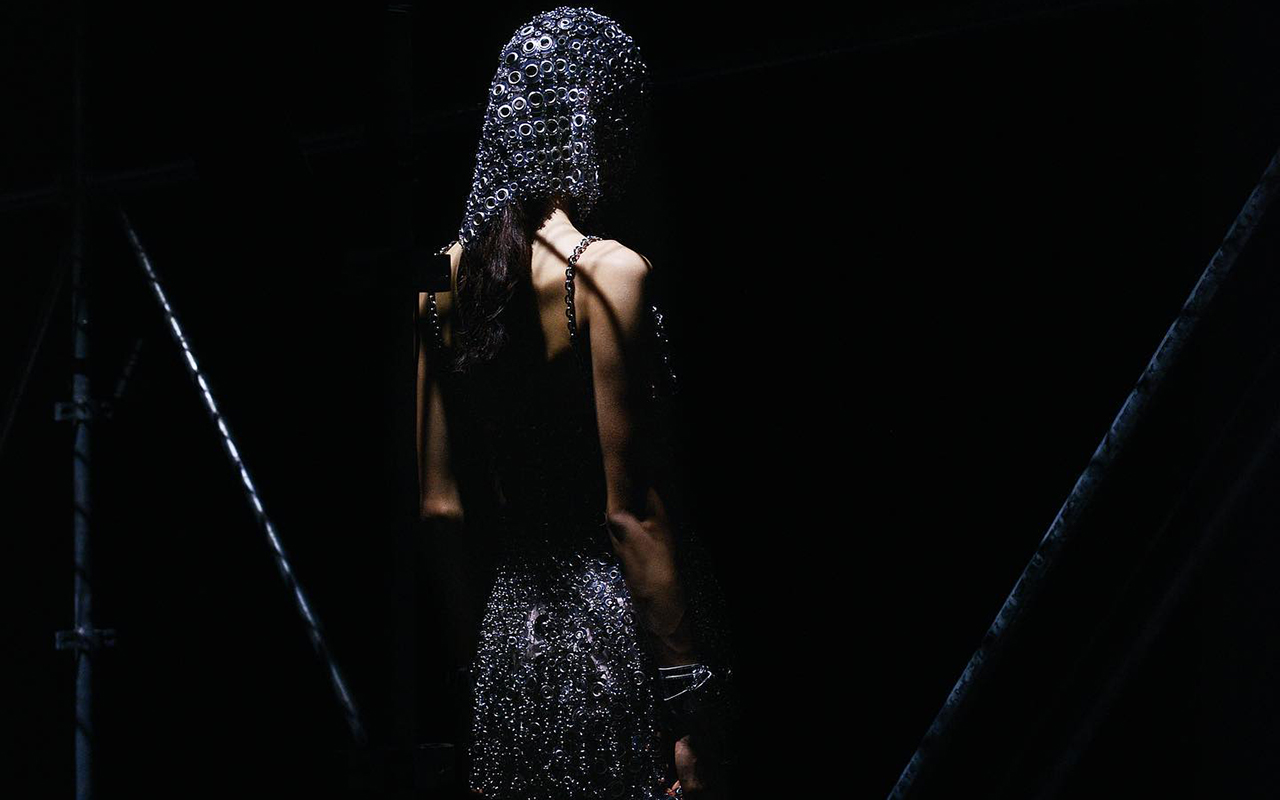
Fashion is cyclical, we know it. And its renewal cycles are articulated around two decades to seduce the new generations. After rescuing the Y2K style, the aesthetic of dubious taste from the beginning of the century, which has so hooked Generation Z that it continues to experiment with colourful garments worn by leaders such as Britney Spears, Paris Hilton or Christina Aguilera, now fashion takes a 360 degree turn and bets on its dark reverse: the gothic. Tim Burton already ventured it with his successful Netflix series ‘Wednesday’, that the little girl from the Addams family was going to be the tip of the iceberg of a new dark movement that has especially seduced fashion. And not only in winter, where black is a common colour for each season. This same summer the reign of darkness begins and on the red carpets it has already been evidenced. This is how the catwalks have spoken.
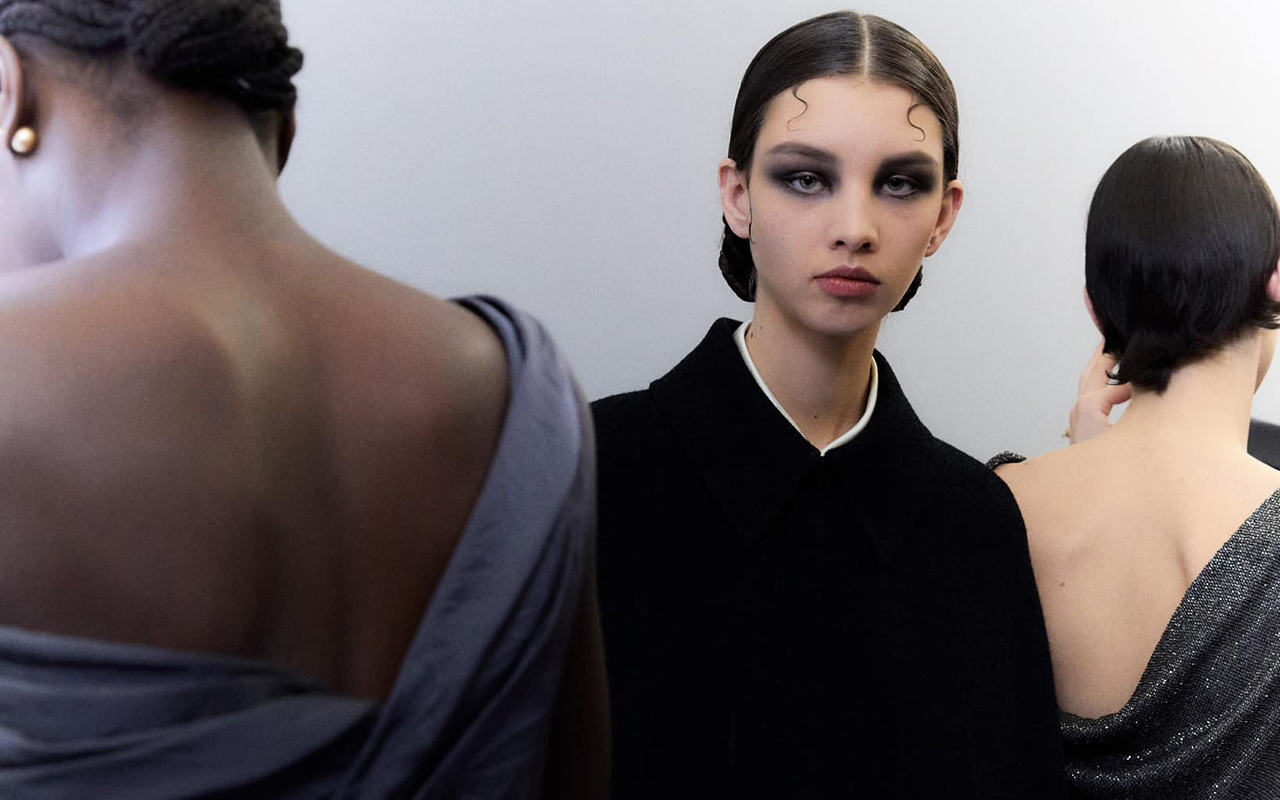
Fashion surrenders the dark side
New York has just confirmed that the gothic style is back in fashion, it will establish itself as a trend in the next two years, and soon it will nestle in our closet. This was made very clear by the Rodarte firm, which left its usual colourful looks, but not its romantic side, to explore the dark side of its firm. Her sensual proposal, inspired by witches for the coming winter, was made up of more than 60 looks, where the colour black was the protagonist, with sumptuous fabrics such as velvet with others that reveal the body, without finishing showing it like tulle. or the lace.
In fact, black was also the leading colour in the shows and presentations of most of the New York Fashion Week collections. This was demonstrated from the first day by Christian Siriano with sophisticated party dresses to tailoring pieces, or the New York brand Proenza Schouler where other types of garments such as leather jackets and skirts were seen.
For this spring-summer 2023 season, brands such as Prada, Paco Rabanne, Yves Saint Laurent and Dior, with a commitment to renaissance, have also embraced the gothic as one of the winning styles. Already at the end of 2022, they made their intentions clear by gradually introducing some accessories in their previous collections such as chokers, fishnet stockings, infinite platforms, transparencies, lace and corsets. Now they are no longer hiding and have made the official deployment.
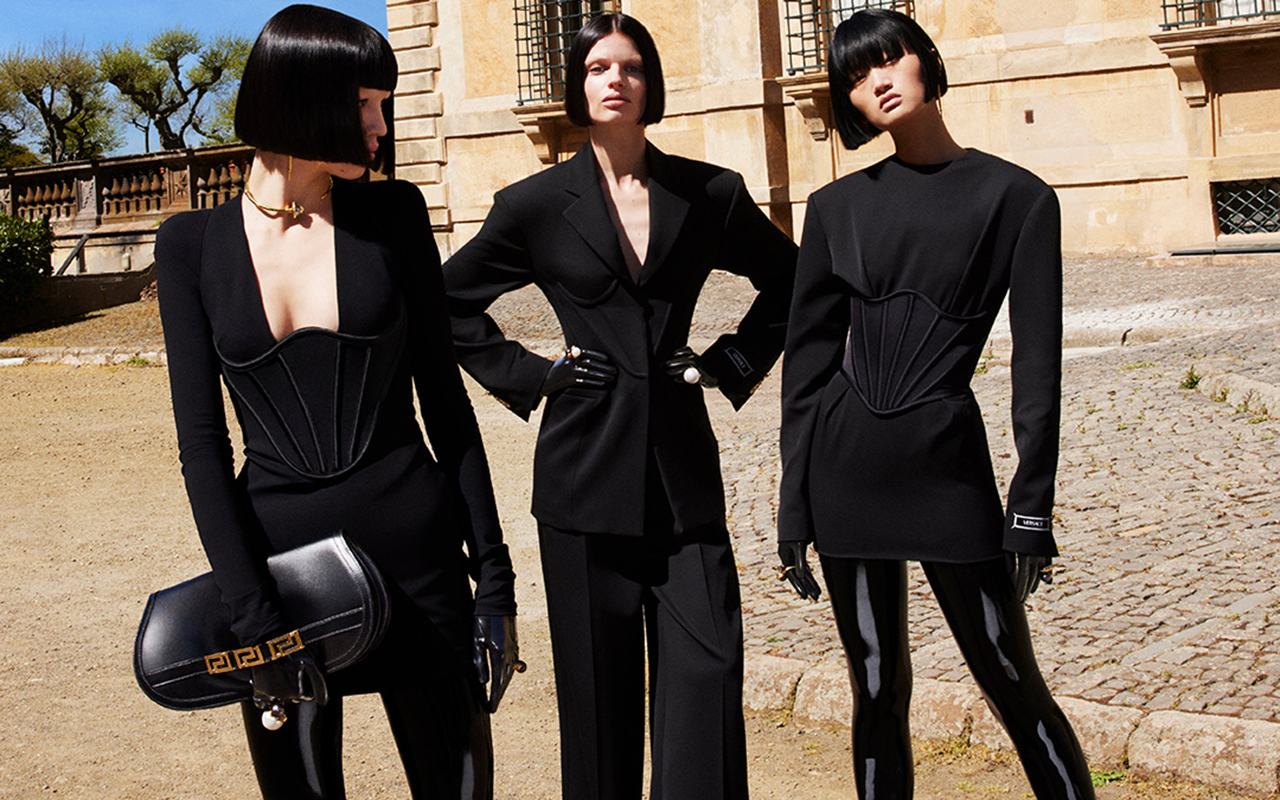
One trend, three different styles
Gothic aesthetics is presented in public following three different styles. In the first place, there are the designers who rescue all the most romantic aspects. They are the ones who bet on giving a glamorous point to the current and raise aesthetic concepts typical of the Victorian era, they are inspired by the stories of Edgar Allan Poe, the characters of Tim Burton and the clothing of movie vampires. To do this, they team up with sumptuous opaque fabrics such as velvet that combine with other lace details and transparent lingerie. Long dresses with defined waists, marked necklines and shoulders, a prominent neckline and strategic volumes define this gothic chic style. Donatella Versace’s latest collection of bridal gowns called Dark Gothic Goddess, and which Jenna Ortega has worn on several occasions, would be an example of this aesthetic that portrays dark, rebellious, strong women and a bit of a diva.
At the opposite end of the elegant gothic, there is another more trashy and alternative style, inspired by apocalyptic universes that maintain a pessimistic look towards the future of humanity. It is an urban aesthetic that draws from cyberpunk and also from the techno clubs of the late nineties in Germany as a new counterculture scene. Neoprene outfits, harnesses, opaque sunglasses, geometric designs, military boots, leather and patent leather are part of this more underground gothic aesthetic.
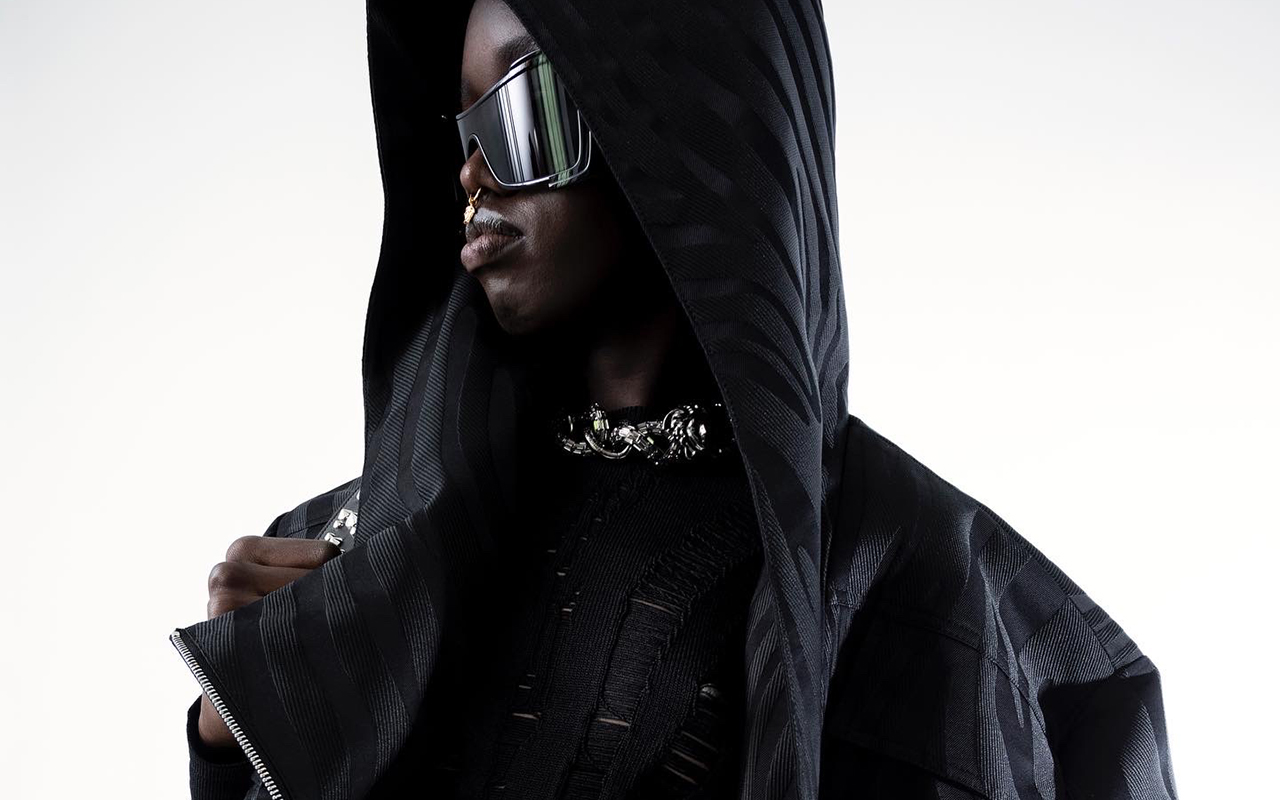
Lastly, the dark academy style also triumphs, giving a twist to the college or university aesthetic inspired by class uniforms, but in its darkest aspect. Tim Burton’s new adaptation of the character of Wednesday Addams is responsible for this style within the gothic current that is committed to a style that has nothing to do with ‘Harry Potter’ or ‘Dead Poets Club’: striped uniform, shades of purple, grey, brown or black, a pleated mid-calf skirt and Oxford-style lace-up shoes with platforms. Stripes, two-tone checkerboard patterns or polka dots are also paired with oversized sweaters and modest straight-cut dresses.
At Gratacós we bring to light our own darkness in seasonal fabrics that will turn you into an enigmatic lady of the night. Now also, during the day.
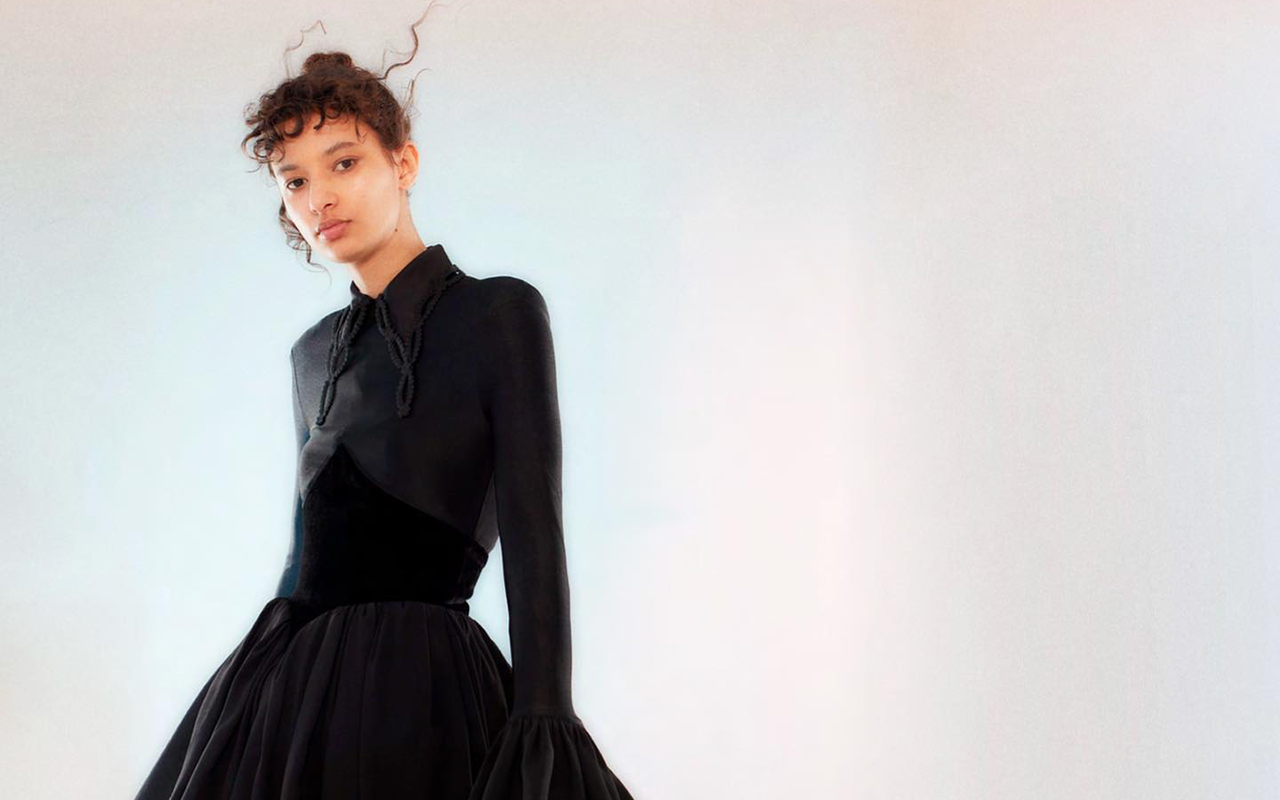
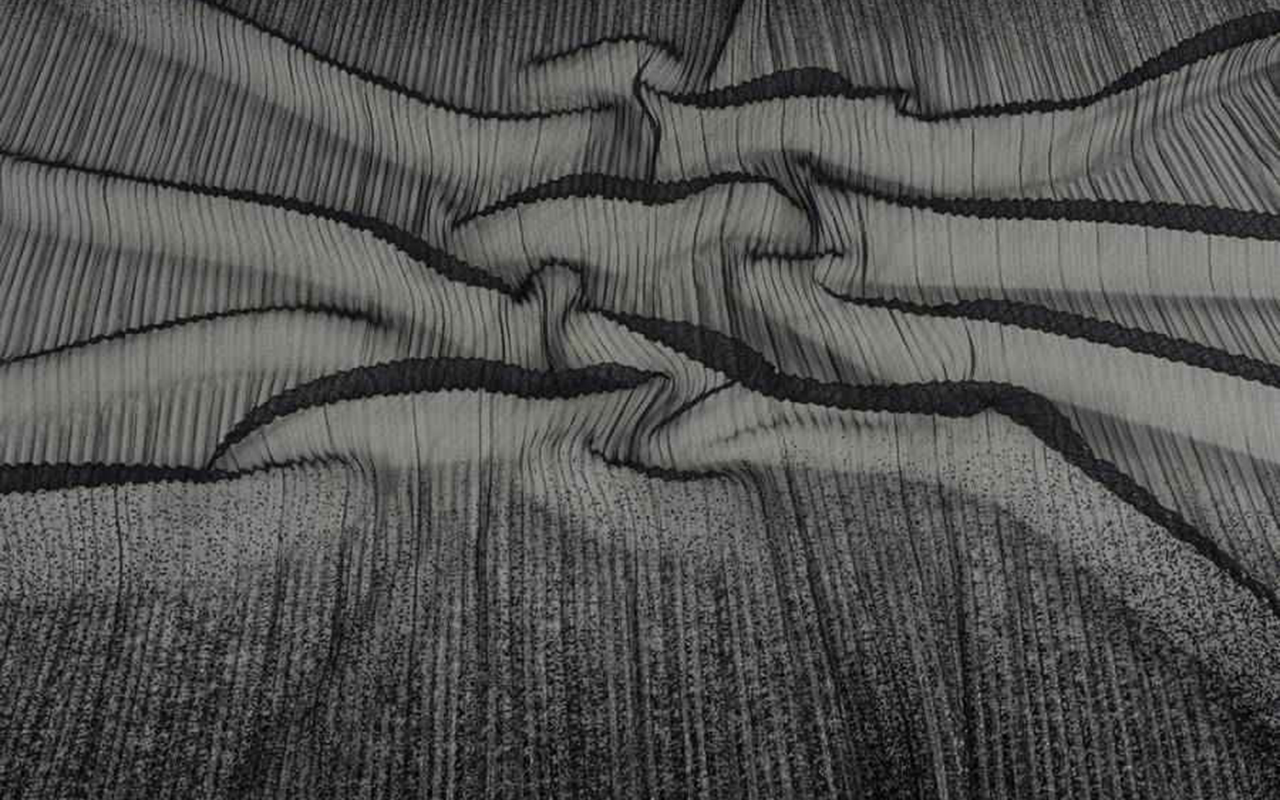
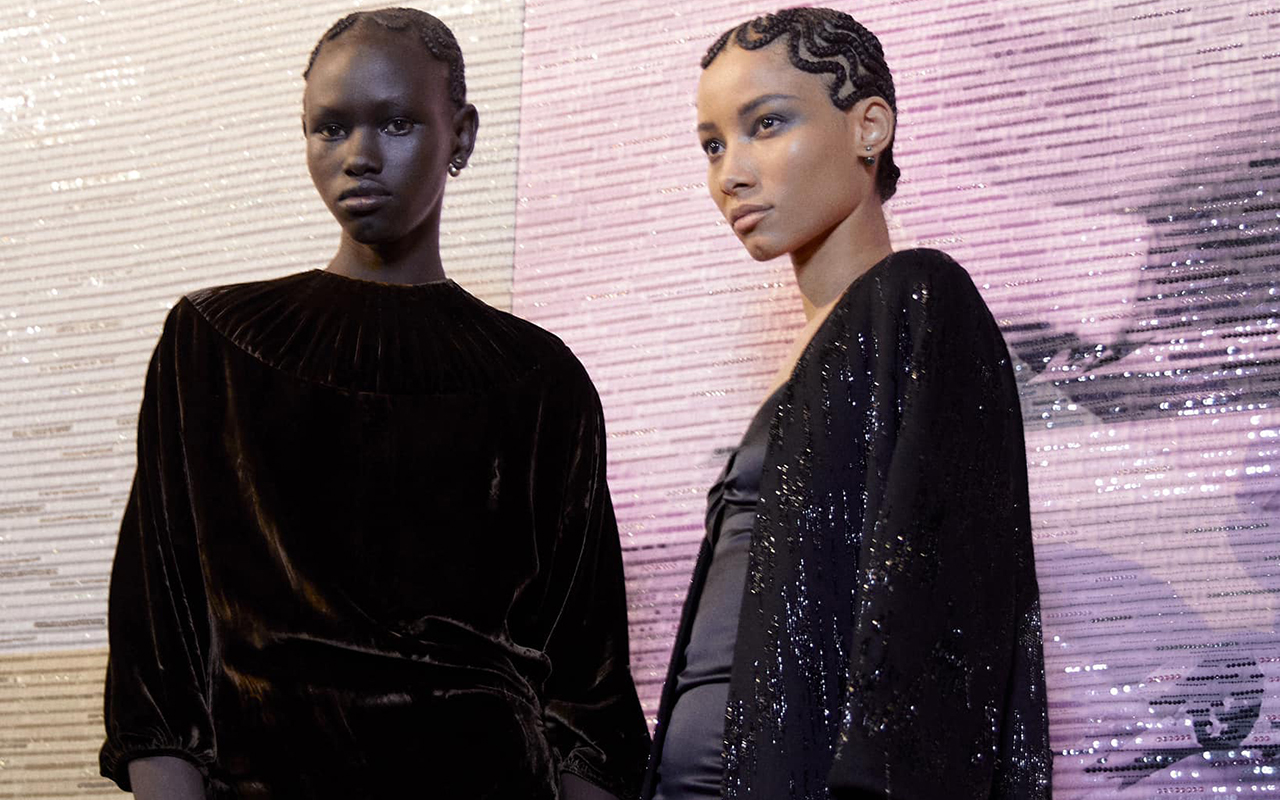
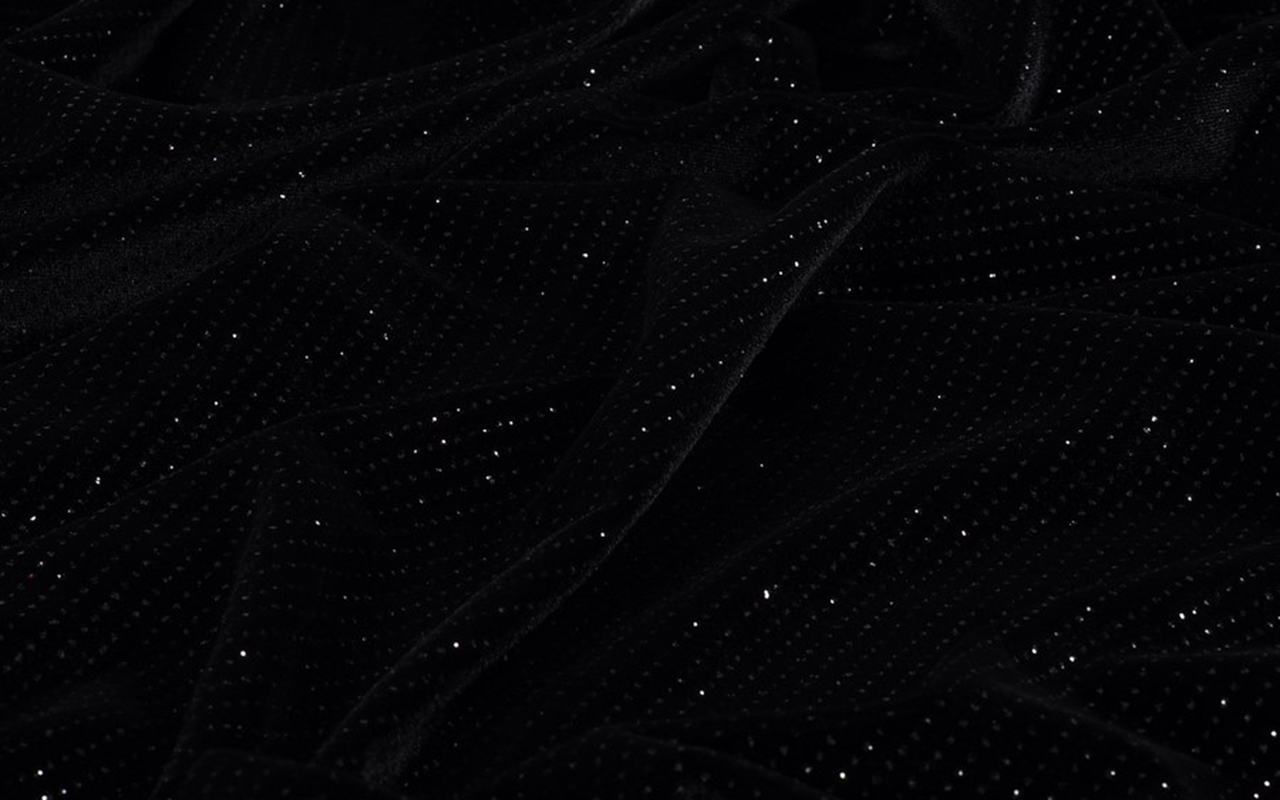
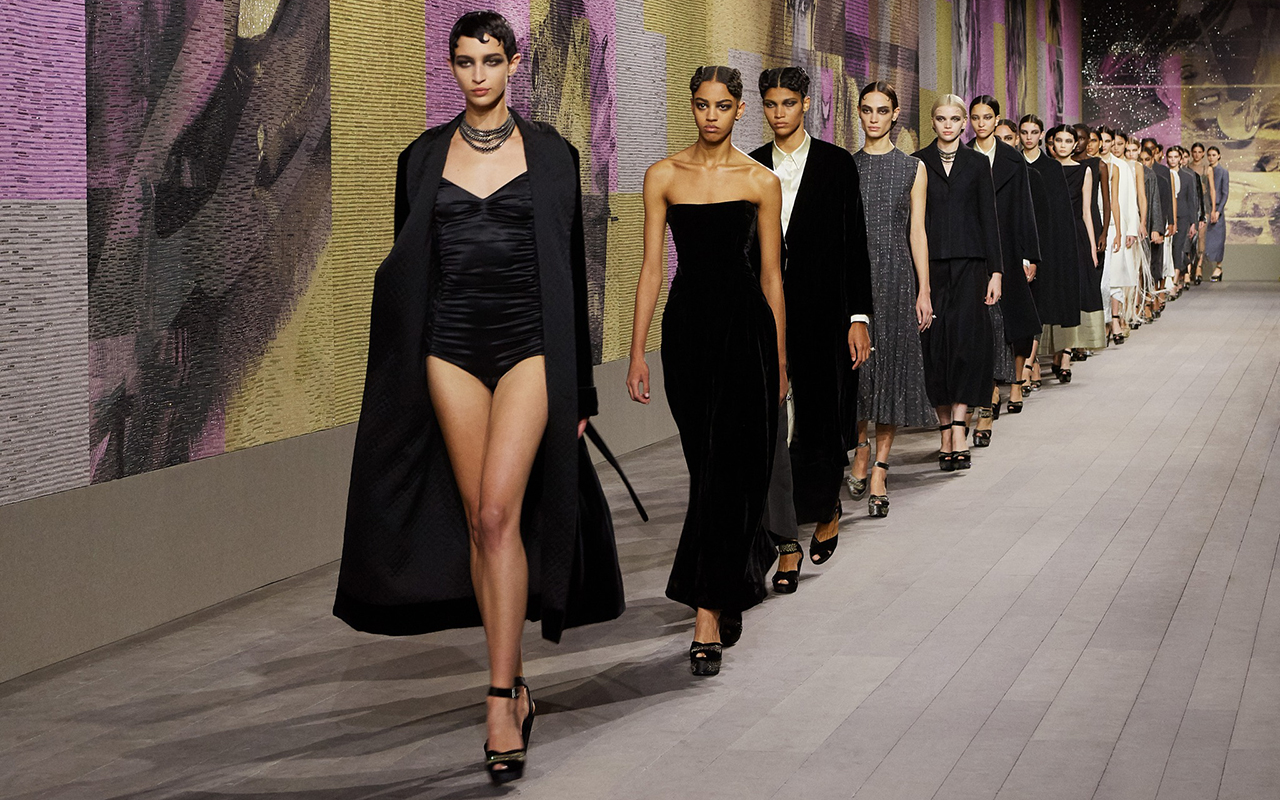
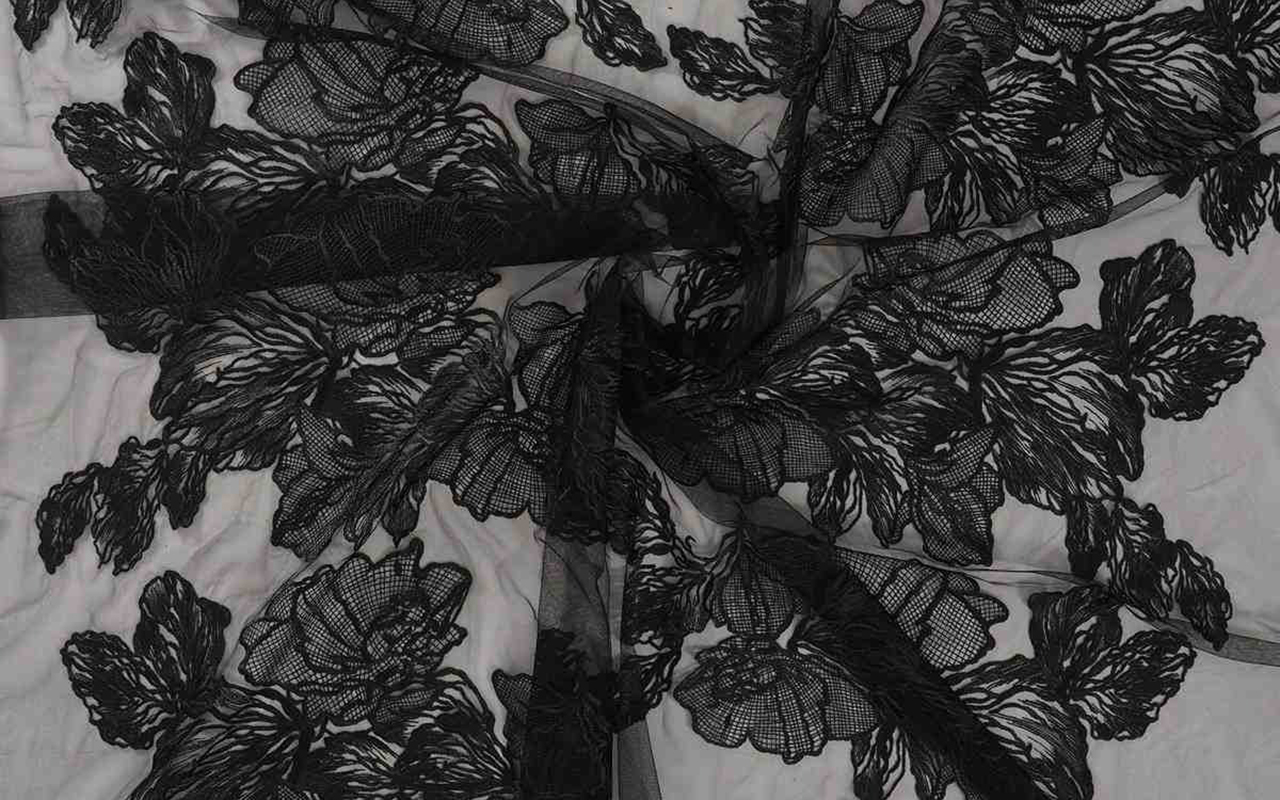
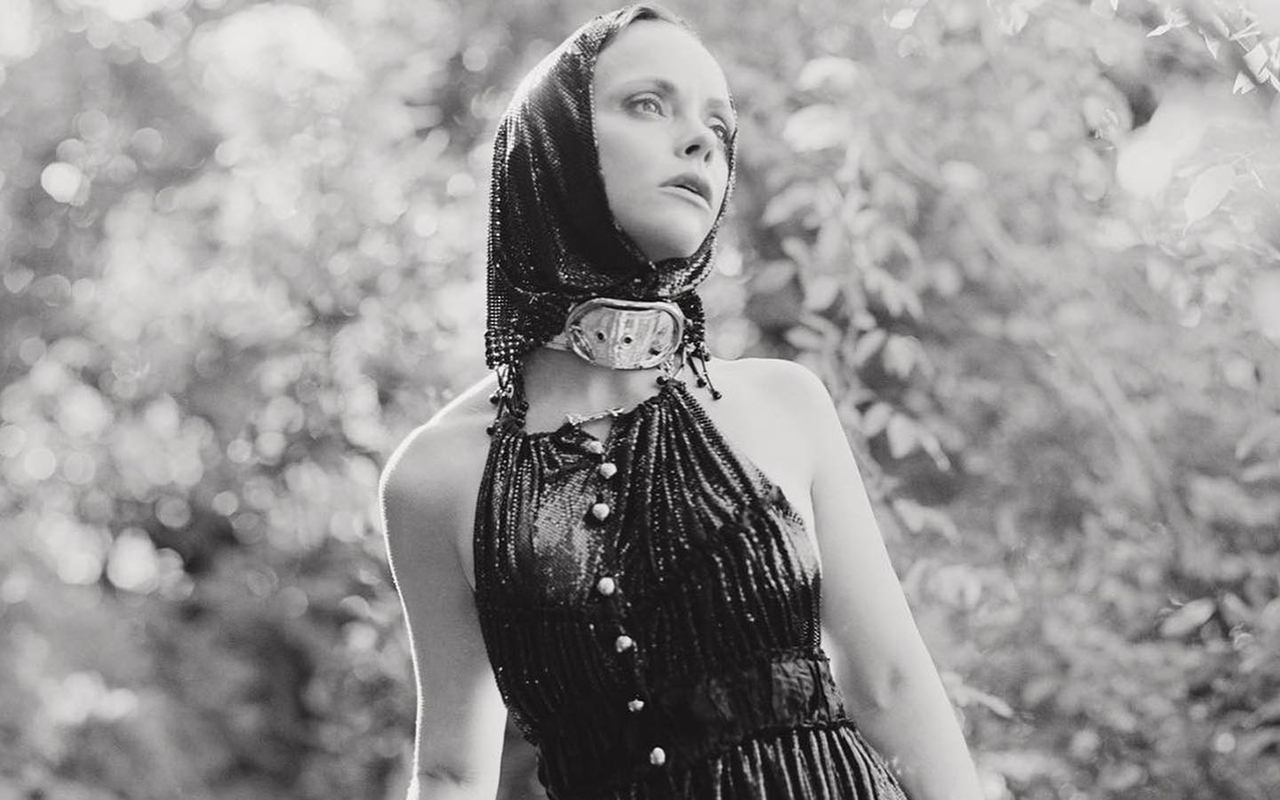
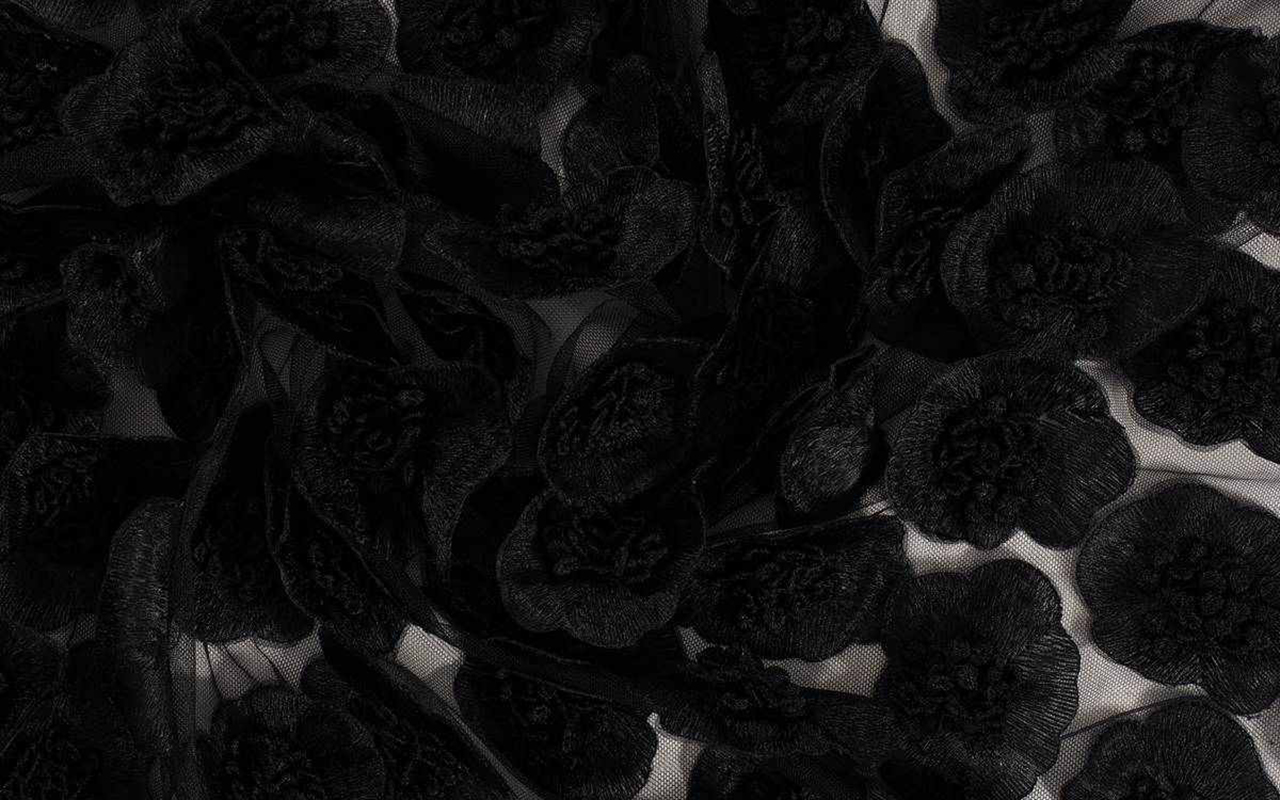
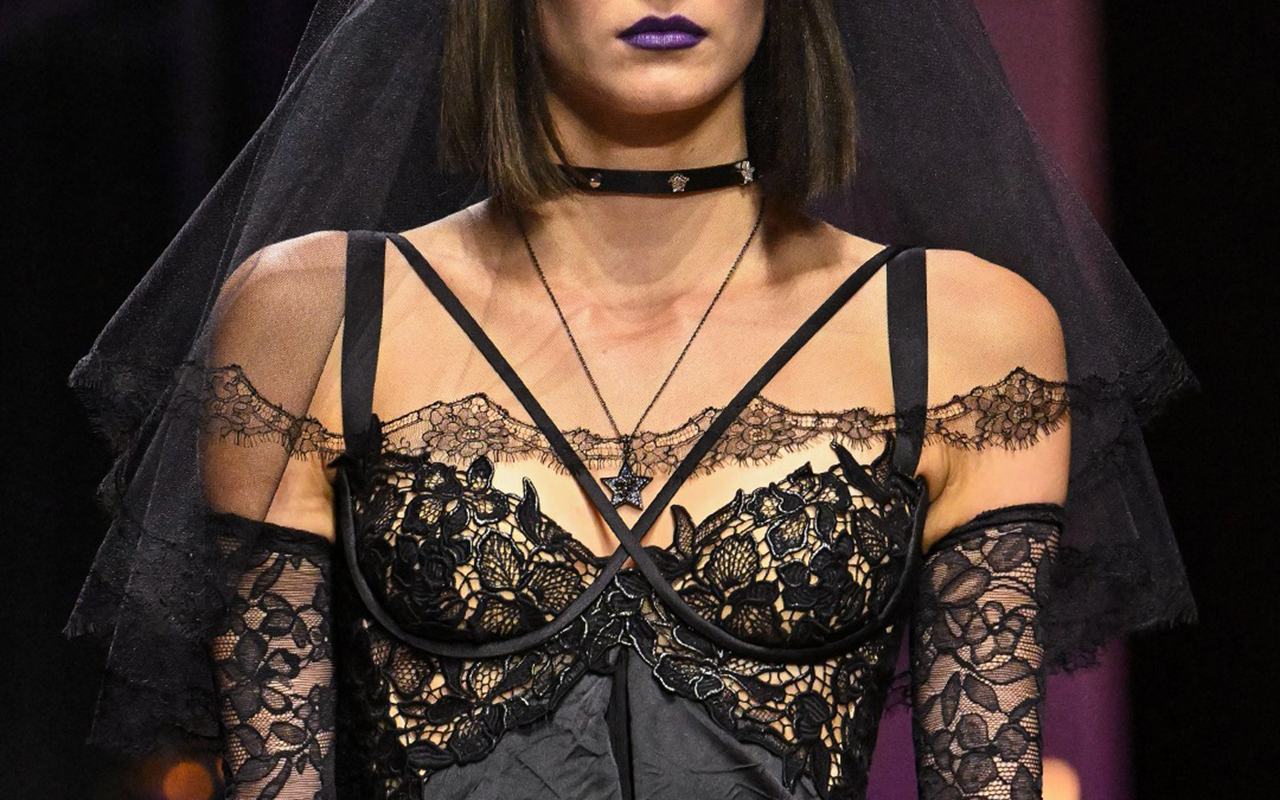
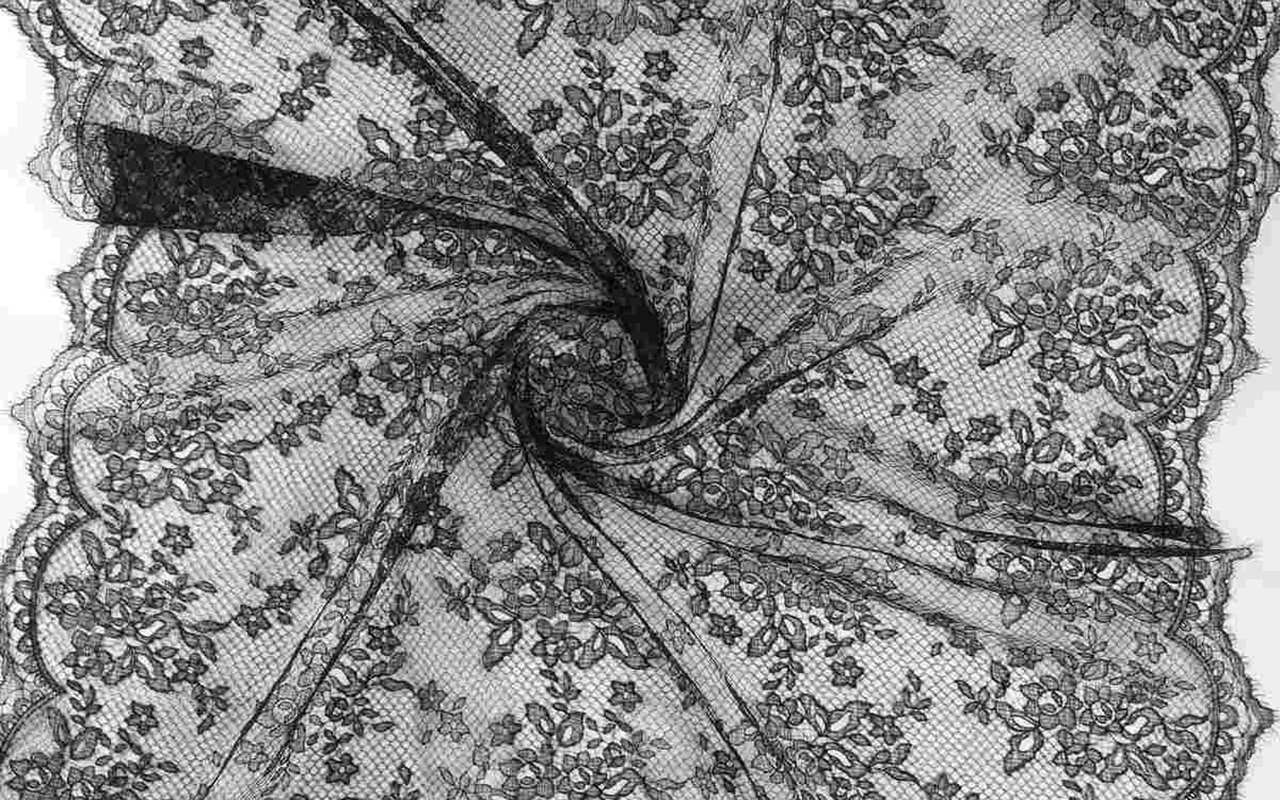
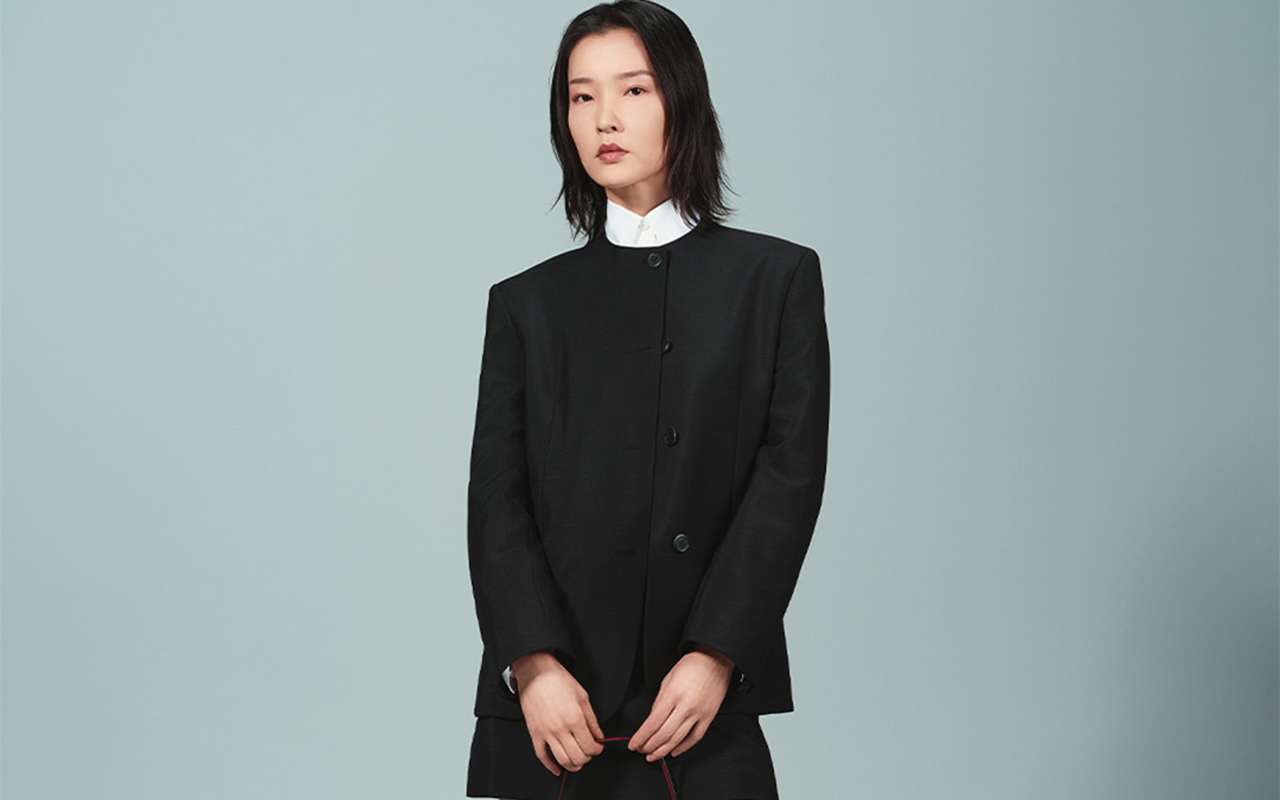
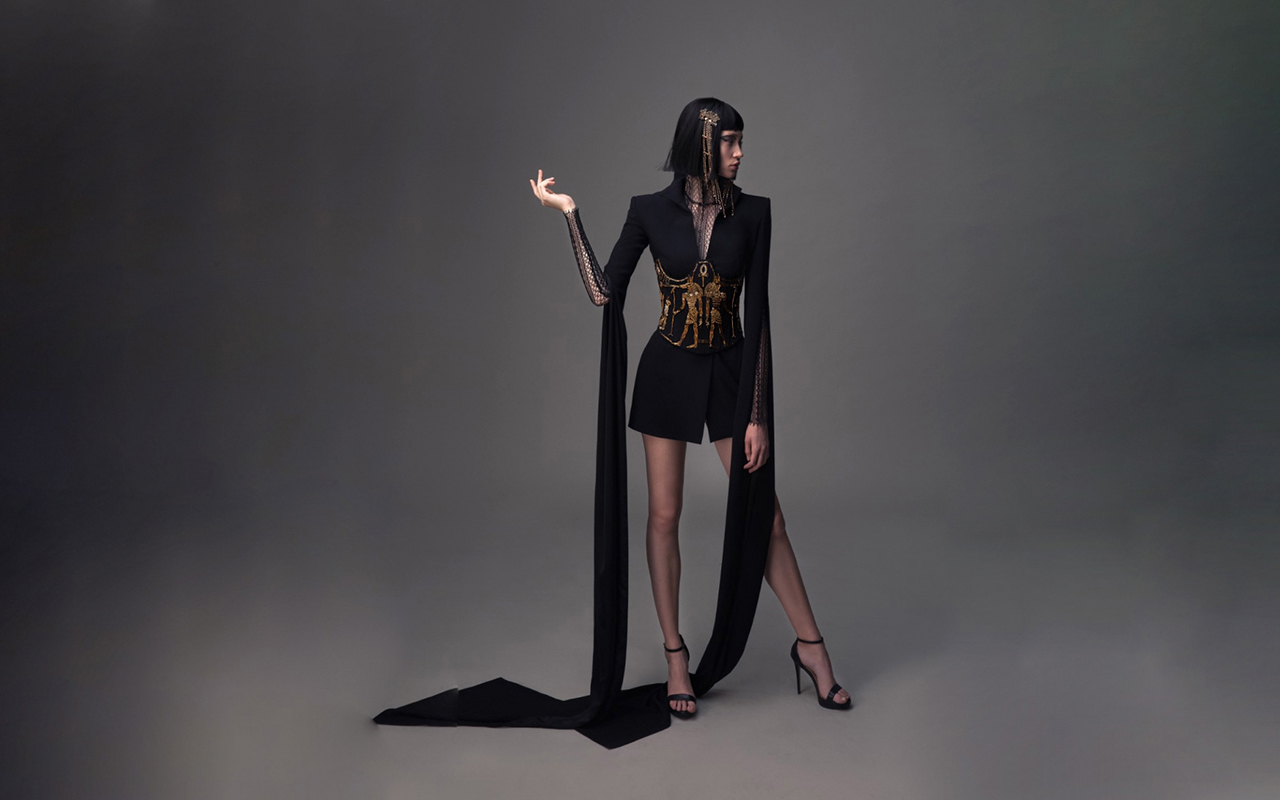
Egypt is once again in the spotlight of fashion. The celebration of the 100th anniversary of the discovery of the tomb of Tutankhamen and the awaited opening of the Grand Egyptian Museum scheduled for 2023, which hides the greatest treasures of the pharaohs in front of the pyramids of Giza, have positioned it as a desired destination that seduces by its thousand-year-old patrimonial legacy, its latest cultural offerings and some proposals for authentic luxury accommodation that revalue it on the international map.
The awakening of an icon
The enigmas of Ancient Egypt continue to fascinate the population and its power of attraction could not go unnoticed in the world of fashion. Connecting with the present, November 2022 marked the centenary of the discovery of the tomb of the young pharaoh in the Valley of the Kings. After a surprising discovery of a tomb with intact seals, Tutankhamen woke up from a slumber of more than 3,000 years and revealed unimaginable riches that helped to further understand the majesty of the reign of the pharaohs.
This discovery in 1922 came at a very opportune moment in history, after the First World War at a time of economic boom, and it quickly became a real sensation for several reasons. To begin with, it was a well-preserved royal mummy, which by its size was that of a child who had ascended the throne at a very young age. Unimaginable treasures were found next to the grave, such as the golden coffin and the famous funerary mask of Tutankhamen, which represents ancient Egypt like no other symbol in the popular imagination. A world icon oblivious to the passage of time.
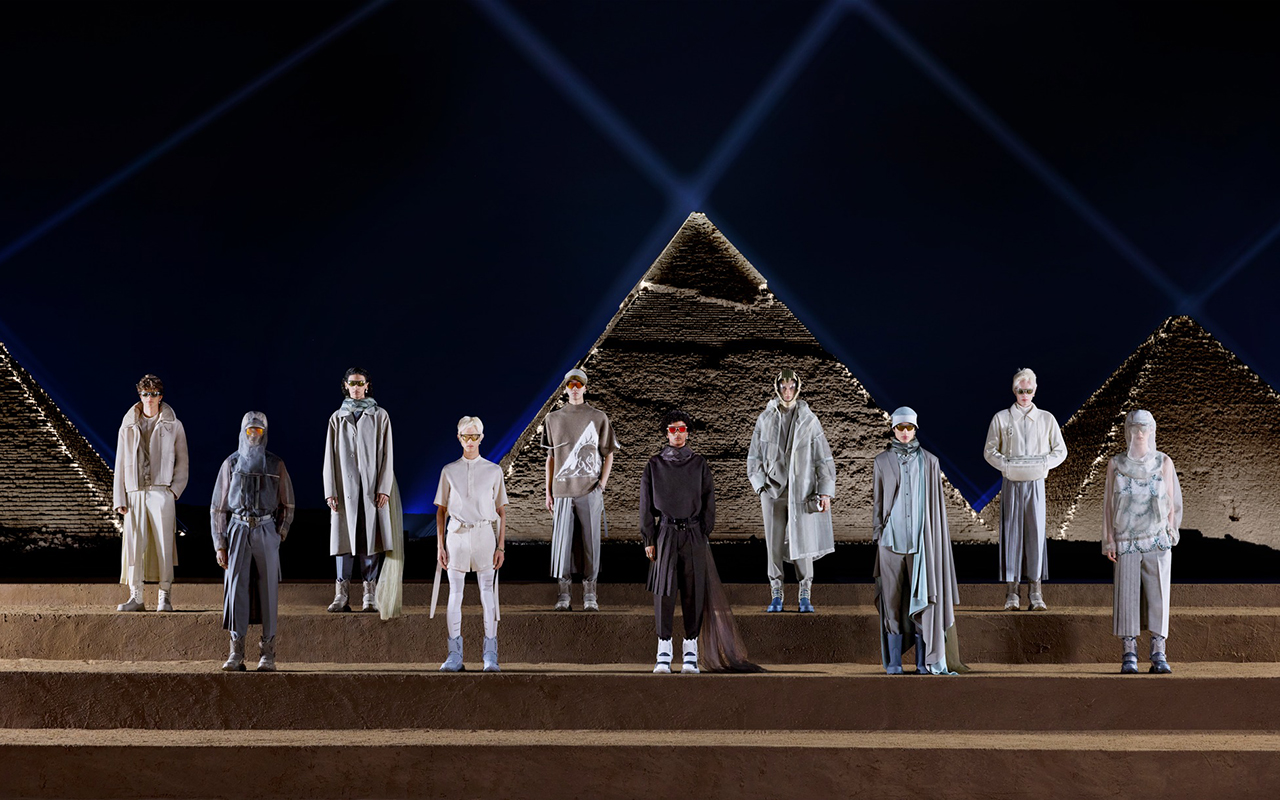
The influence on the fashion of the 20s
Tutankhamen marked style leaving his mark on the fashion of the Roaring 20s. One of the treasures found in the tomb was the most complete and best preserved collection of clothing that has survived from Ancient Egypt. It included tunics, skirts, hats, children’s gloves and sandals in paper, rattan and leather. Anecdotally, these last two accessories were made contemporary replicas in the United States that sold out in department stores within a few weeks of being reproduced. Egyptian-inspired designs were also all the rage at the time, copying fitted silhouettes, straight and narrow dresses or the characteristic draping that hugged the hips and fell in the front. Before the discovery, the Egyptian style was an intermittent trend, like others that were rescued from the end of the 19th century such as Oriental inspiration or Edwardian fashion during the first decade of the 20th century. Garments and accessories with related motifs such as lotus flowers, hieroglyphics or pharaohs had already been used on their carriages on occasions, but they were not as direct or explicit inspirations as those that emerged from the designs from Tutankhamun’s tomb.
Other aspects that influenced the fashion of the 20s was the colour palette associated with the treasures of the young pharaoh. The red and brown tones of the papyri and mummies, the blue lapis lazuli in Egyptian divinities that contrasted with the powerful gold as a symbol of light or the white of the clothing. Also the fabrics: natural linens and cottons with little opacity in draped silhouettes that contrasted with the ornamental elements. In fact, the jewelry industry surrendered at the feet of Tutankhamen reproducing multiple bracelets, rings and necklaces worked in crystals and semi-precious stones. There was also no lack of ornamental elements that made reference to Ancient Egypt such as birds, beetles or the solar disk that represented the divinity Ra. The geometric motifs and the tendency to wear two or more bracelets on the same arm also arose from seeing the treasures of the child pharaoh exposed. The pioneers in this type of design were Lacloche, Van Cleef & Arpels and Cartier.
The Western world was already fascinated by Egypt long before the discovery of Tutankhamen’s tomb: Verdi’s opera ‘Aida’, Tiffany’s Cleopatra-inspired jewellry or the costumes of the dancer Mata Hari, who found her inspiration on a trip made o the country of the pyramids, are two good examples of this attraction.
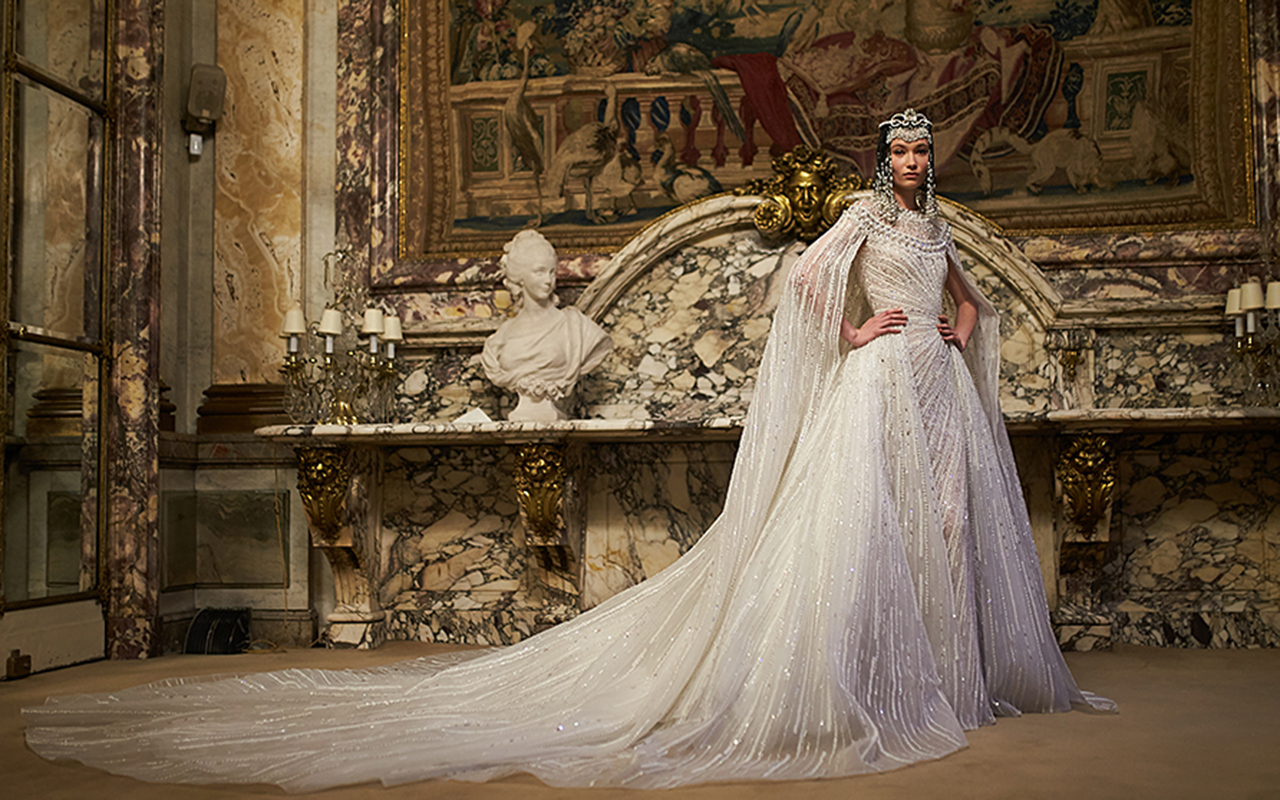
A new rise
The fever for Ancient Egypt has not ceased in fashion and its presence has been intermittent over the last 50 years. For example, in the 1960s, Egypt mania returned to fashion with Elizabeth Taylor’s portrayal of the powerful Cleopatra. Her beauty, makeup and wardrobe were (and still are) an inspiration for many fashion designers and editorials. Or in the 1970s, a new traveling exhibition of Tutankhamen’s treasures received eight million viewers who were once again interested in the enigmas of Egypt. Various marketing objects were also exploited in the United States: jewelry, household products or small fashion accessories.
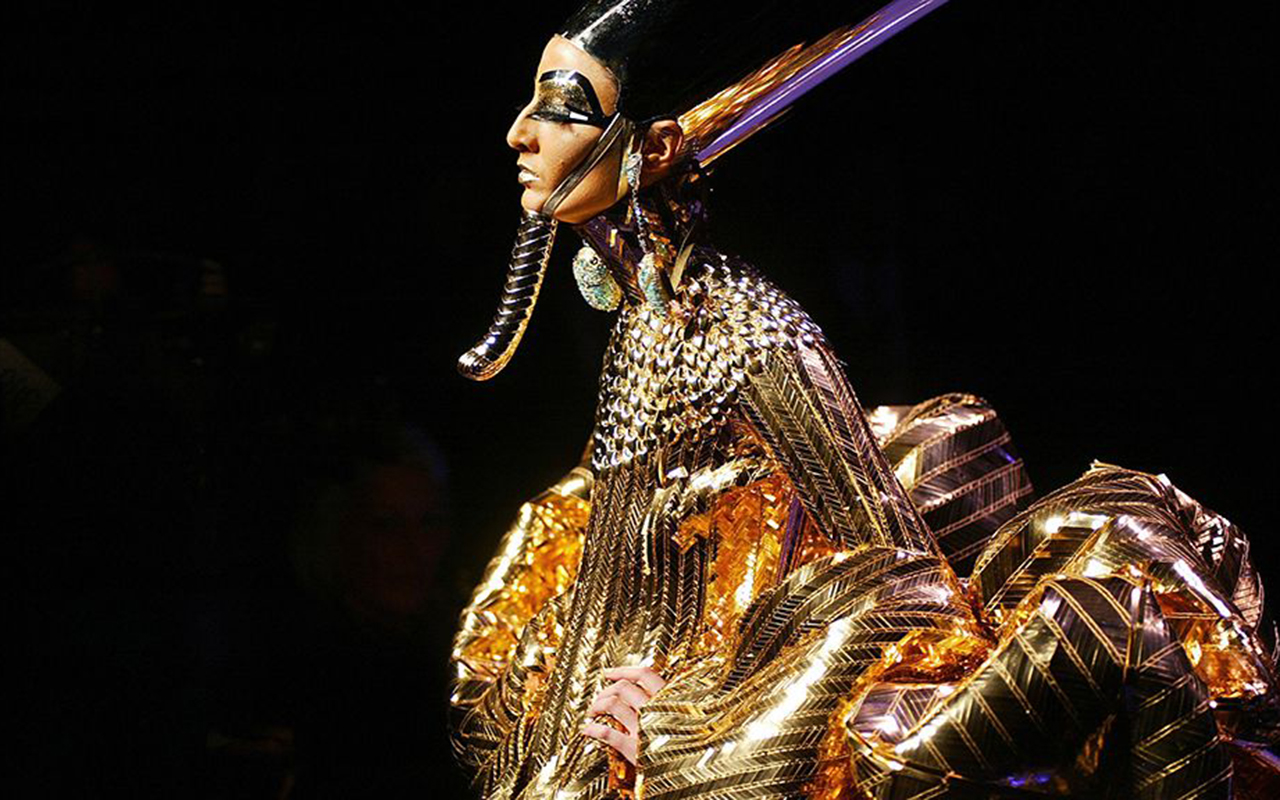
Ancient Egypt on the catwalk
The historic civilization has also fascinated the designers of luxury firms who have found in its iconography a constant source of inspiration. From John Galliano in 1997 with a mixture of Egypt with punk aesthetics to the elegance of Karl Lagerfeld for Chanel in 2019, the catwalks have celebrated the splendor of Ancient Egypt with models that rescue the beauty of the female figure and the lavishness of the empire of the pharaohs. Golden fabrics, inlaid precious stones, flowing dresses, muslins, tunics, ethereal capes, embroidered hieroglyphics… each firm has interpreted this suggestive universe over the last few years.
Among all the tributes that have been paid, the one paid by John Galliano when he was in charge of the artistic direction of Dior stands out. The haute couture collection for the spring of 2004 was presented in a show as grand as few can remember. On the catwalk there was no shortage of the most symbolic gods of the Egyptian pantheon, the Tutankhamen mask, the silhouette of the sphinx, fabrics that wrap around the body like a mummy and models inspired by Cleopatra herself. In this unusual collection there was no shortage of excessive volumes , dresses with exaggerated proportions, skirts with a pyramid silhouette, the golden colour, endless organzas and extreme attention to detail that earned it the title of Haute Couture. He also did his own interpretation of this fascinating Alexander McQueen universe in 2007 that focused more on investigating the relationship of Ancient Egyptian religion with the folk culture of British immigrants. In a more moderate way, the designers Bagley Mischka and Zuhair Murad have also been inspired. Also Givenchy in 2016, Balmain and Chanel. Karl Lagerfeld chose the temple of Dendur as the setting to create his own version of Egypt in the pre-fall 2019 collection.
The last proposal that has been exhibited with clear references to Egyptian culture has been just a month ago. Kim Jones , artistic director of Dior Men, traveled to the Giza pyramids on site to present the autumn collection, evoking the colours of the monuments and looking up at the sky to link it with the stars, a common symbol in the historical French firm. A splendid proposal that represents the past, the present and the future of Dior.

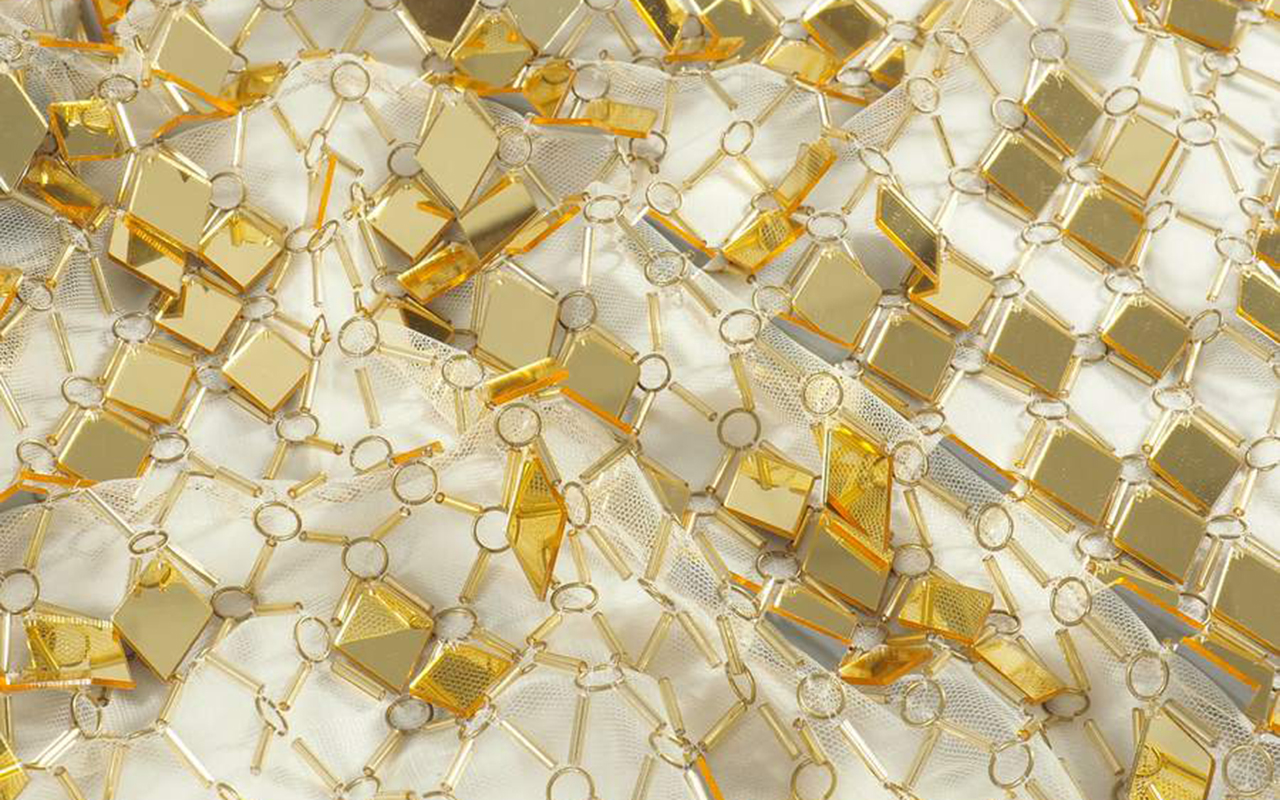
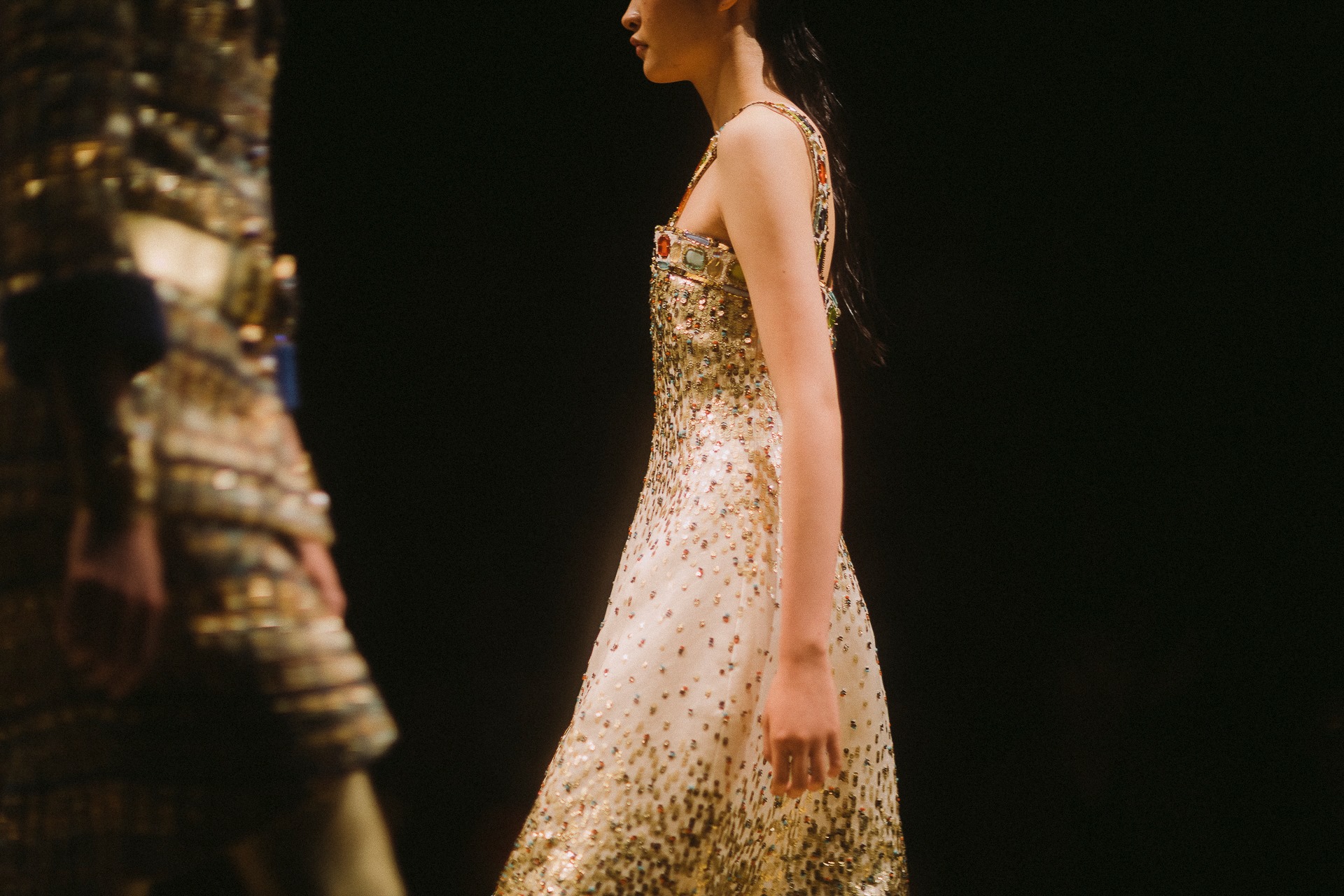
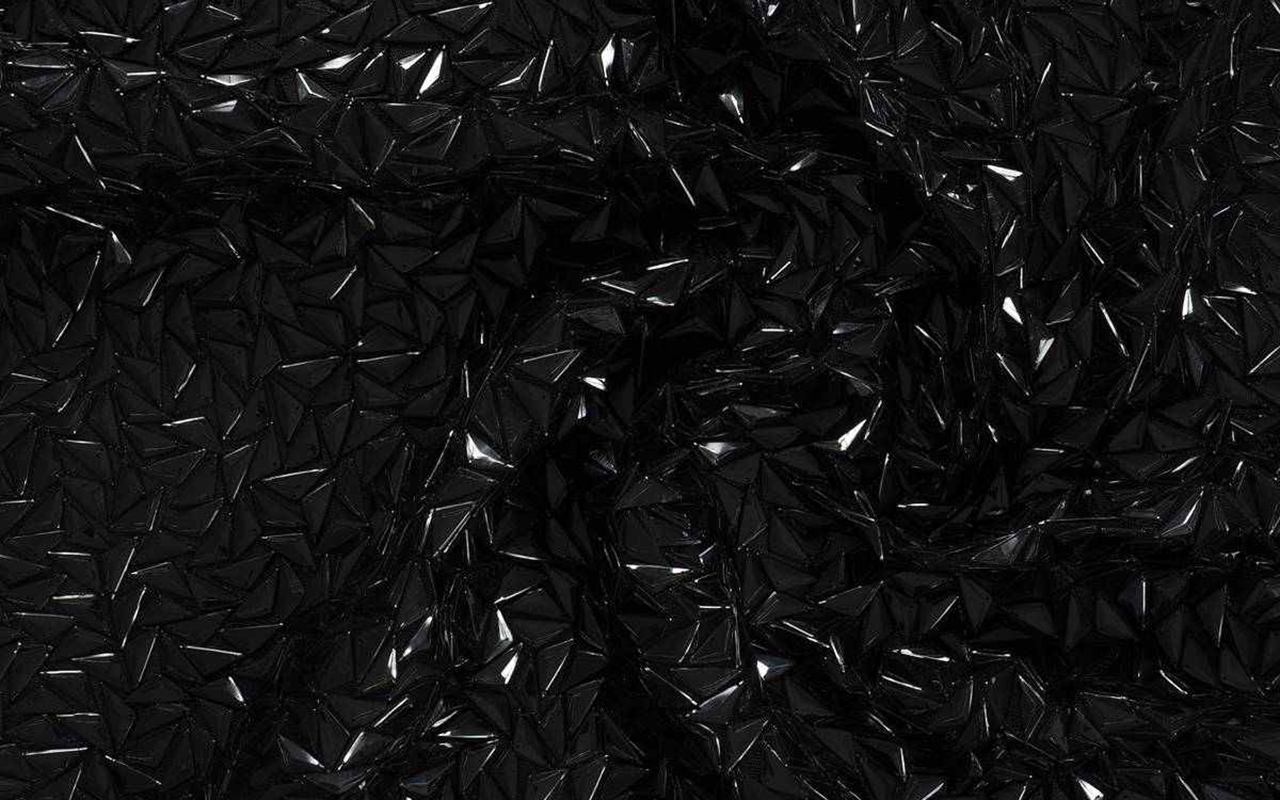
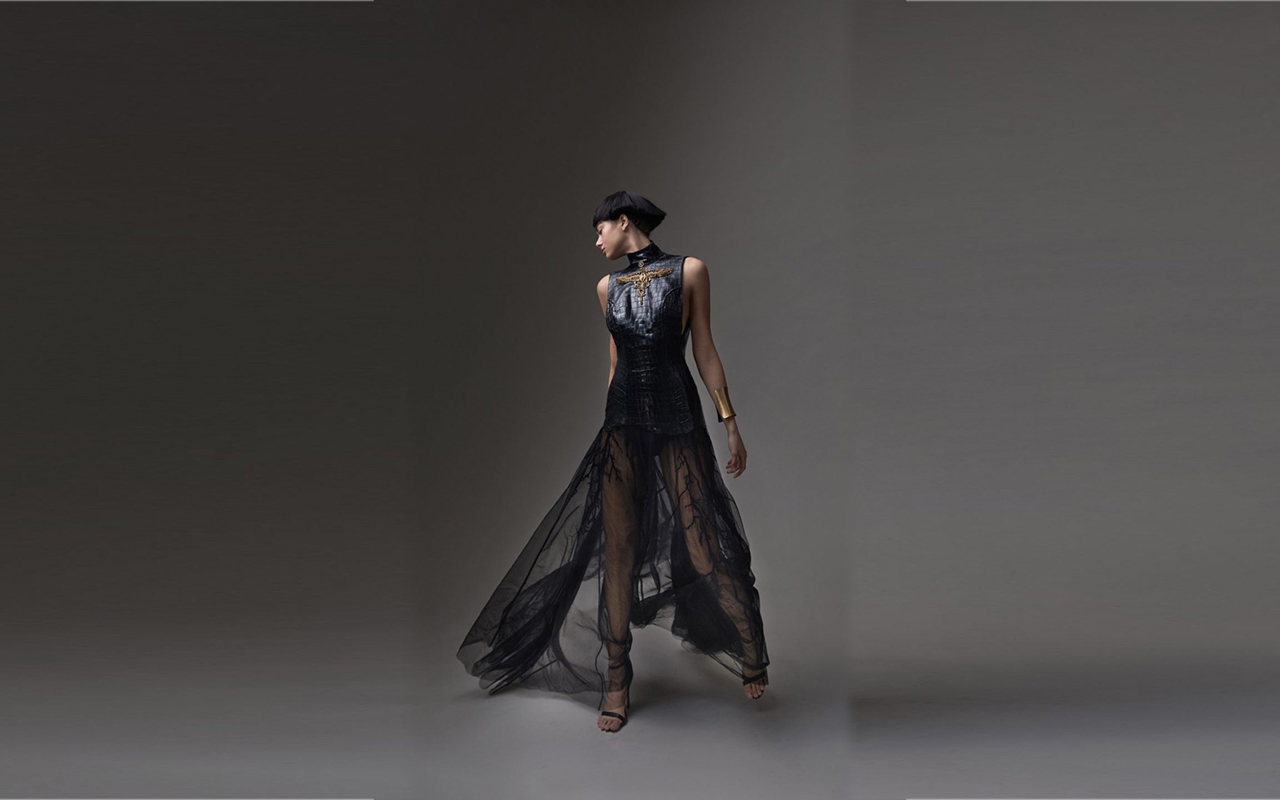
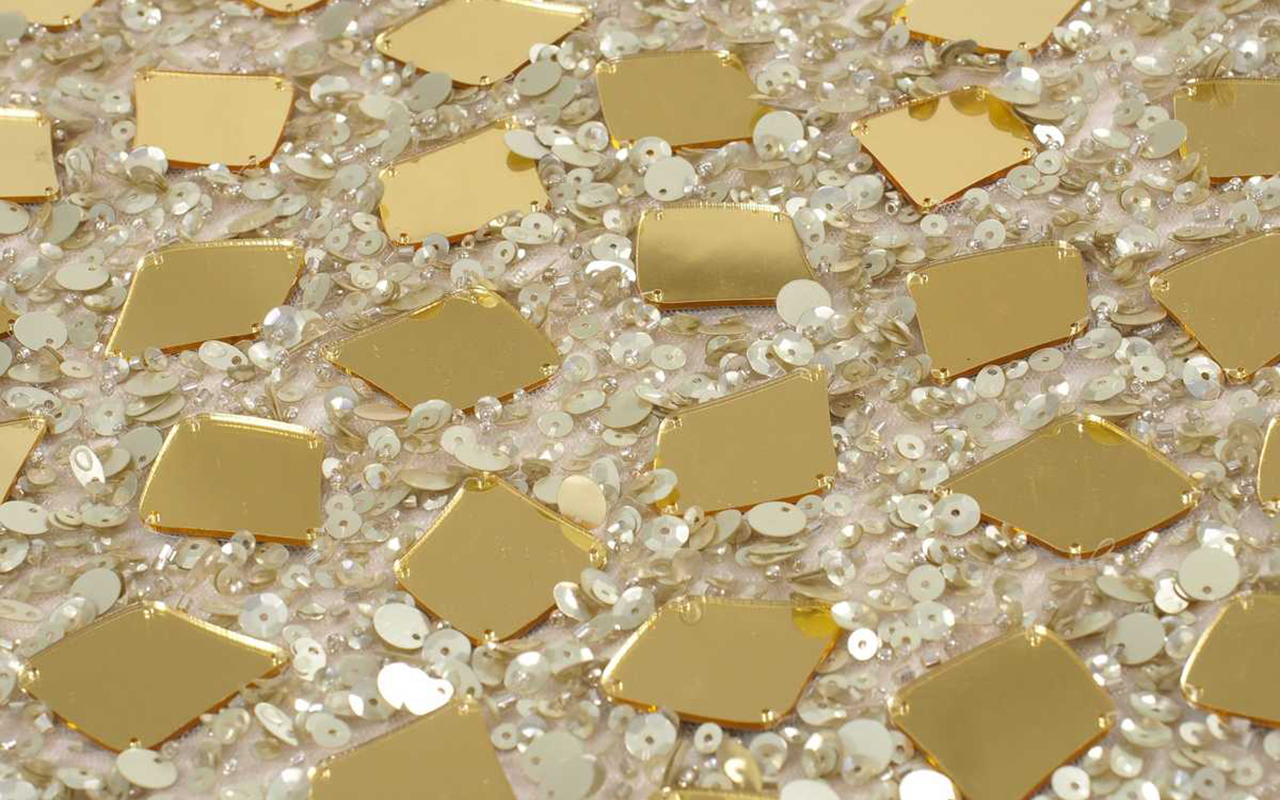
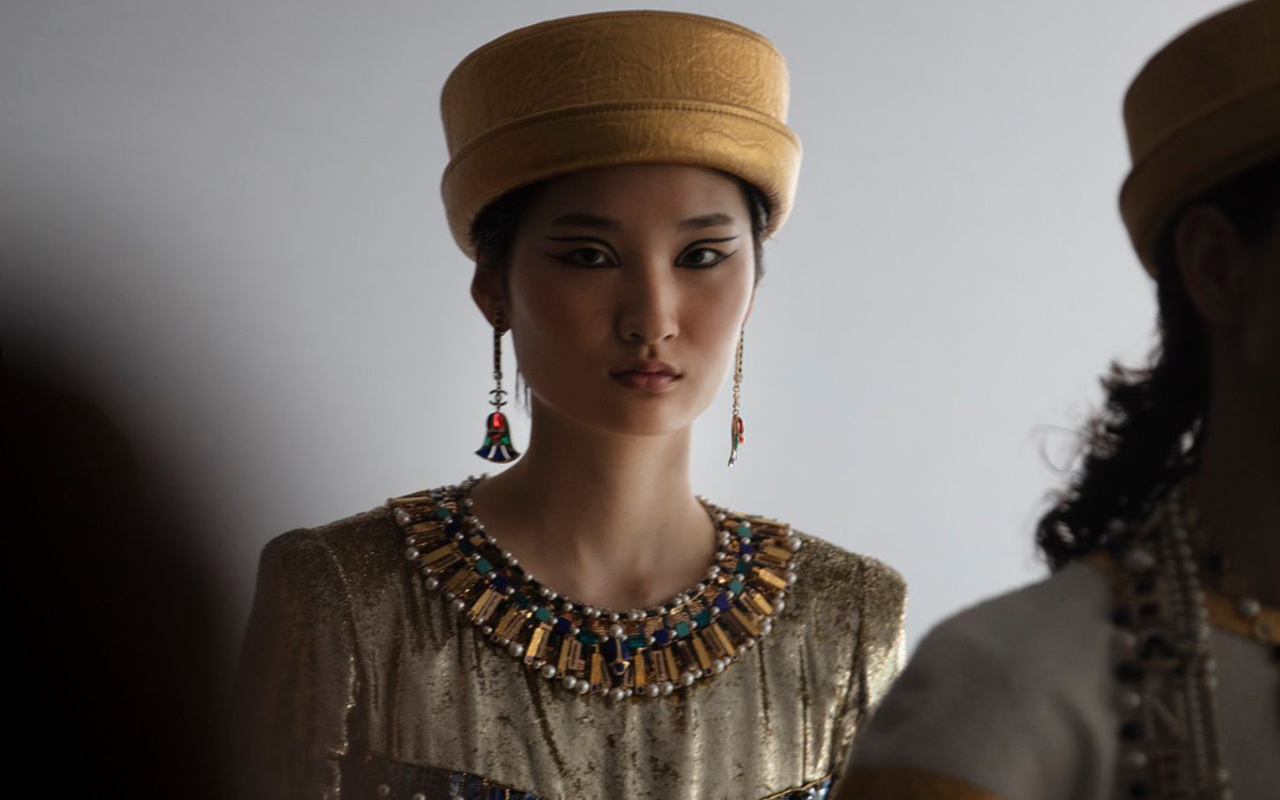
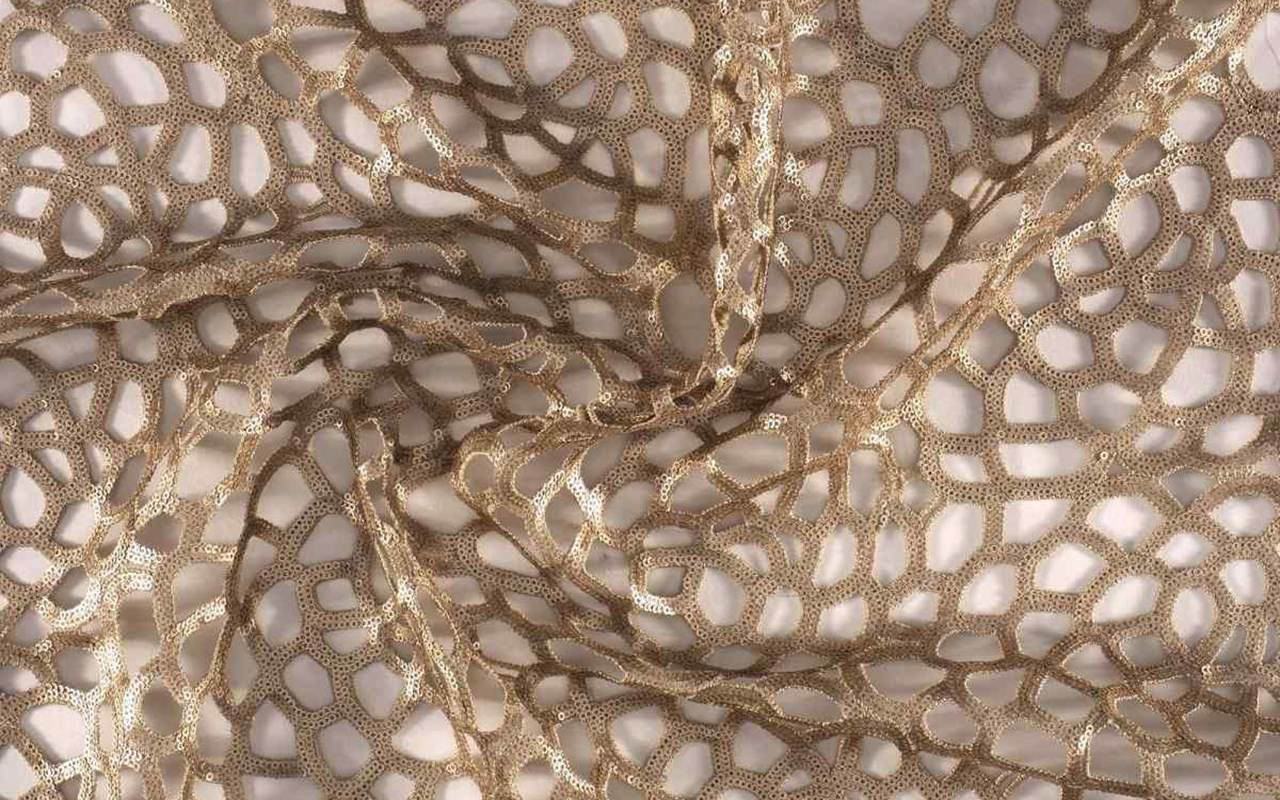
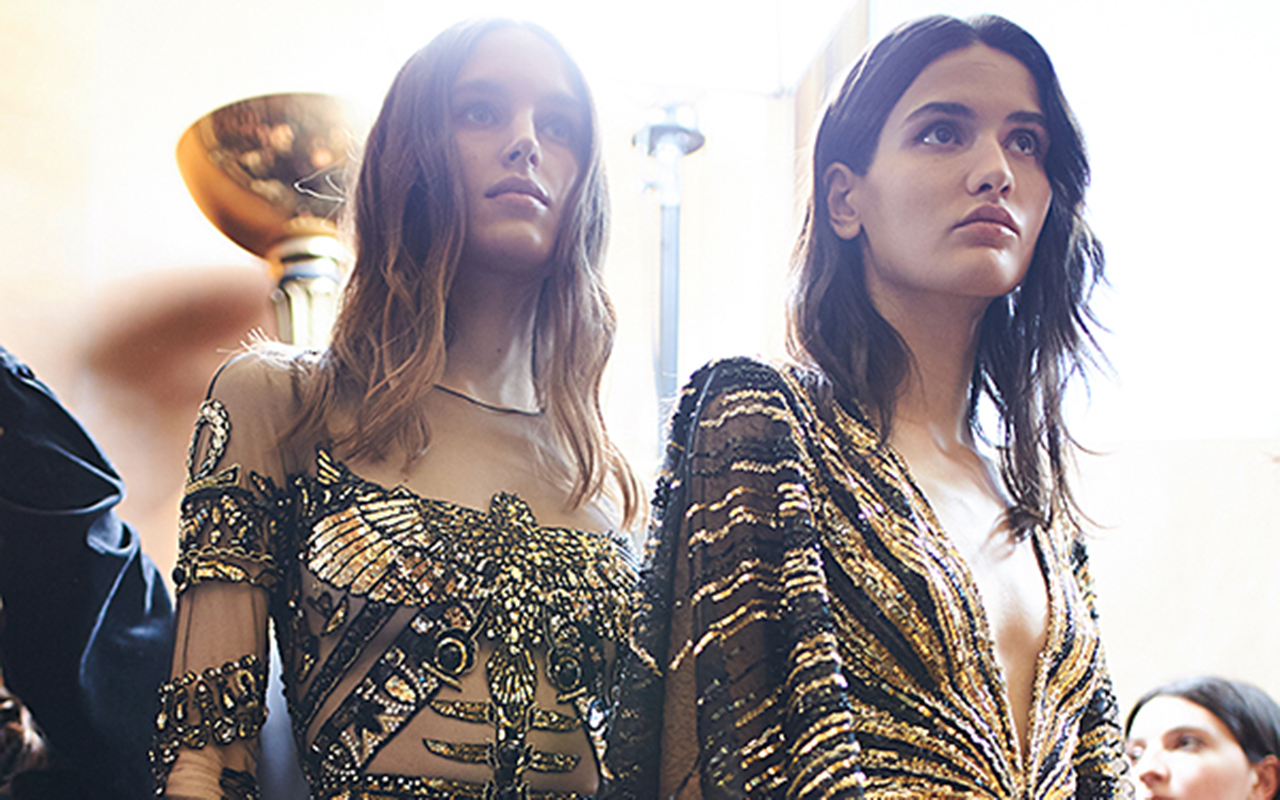
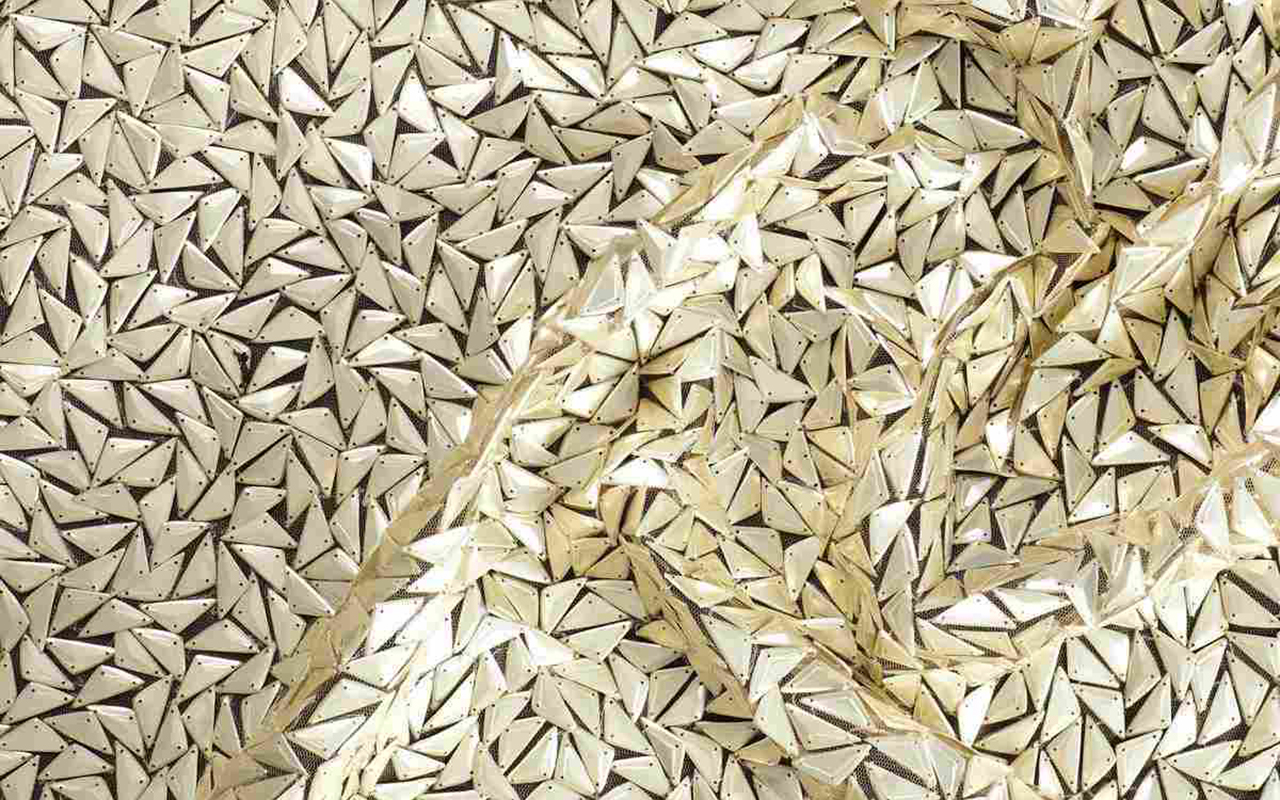
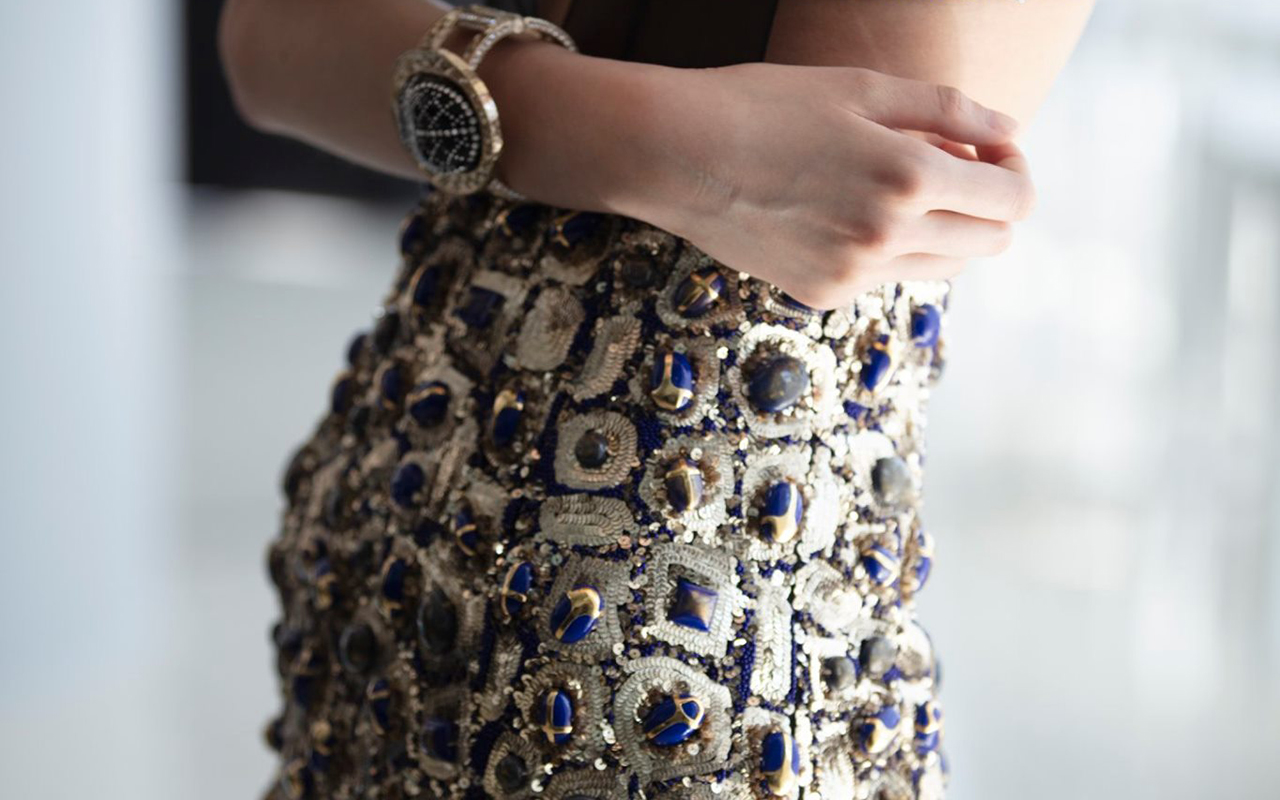
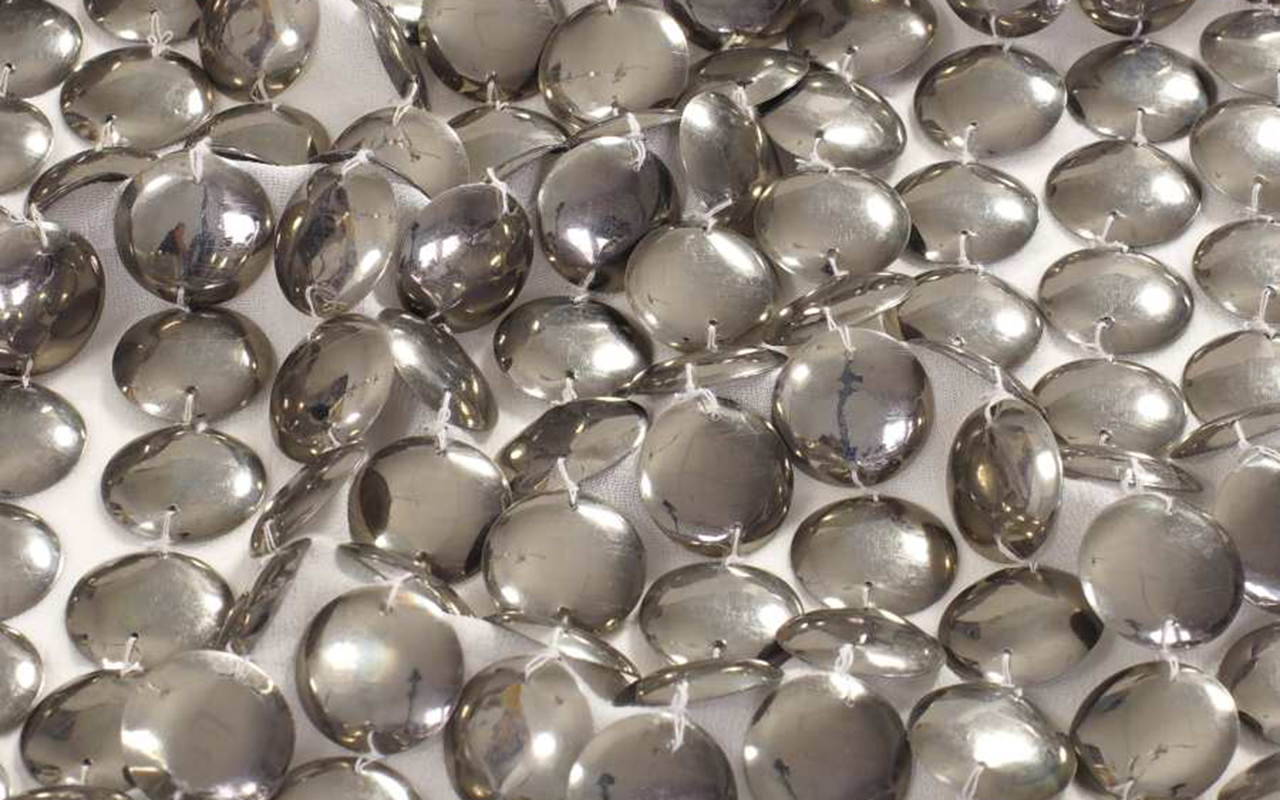
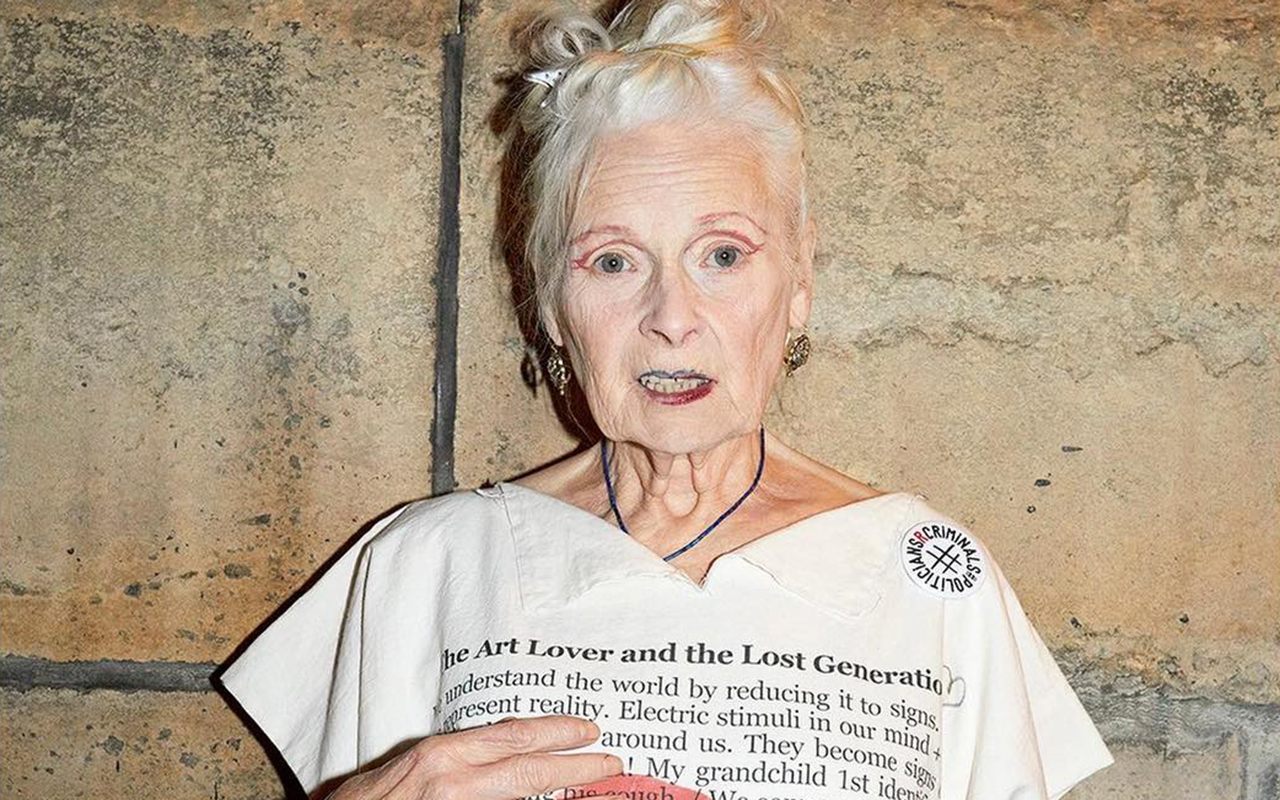
All photos: Facebook Vivienne Westwood
2022 ended with the farewell to one of the emblems of 20th century British design. Provocative, revolutionary, creative and political activist, Vivienne Westwood was a lawless idealist who forever transformed UK fashion. Her revolution was to make visible her aversion to corruption and injustice in the world, as well as to denounce the passivity of youth through clothing. Westwood gave birth to the punk movement in fashion, but also took couture by storm in the ’80s and ’90s; and built a global empire with stores all over the world, a priori antagonistic concepts (capitalism/anarchism) for a transgressor of the needle, but for Westwood there were no limits or labels. Fashion was a weapon and its objective was clear from the beginning: to change the rules of the game, destroy conventions and make the world more just and equal.
The renowned fashion designer died on December 29th at the age of 81 surrounded by her family in Clapham, South London. In a statement from the brand, they assured that Vivienne Westwood “continued to the end with her subversive design, her artistic activities and her activism, to change the world.” Her husband and creative partner Andreas Kronthaler said of the designer: “I will continue to hold Vivienne in my heart. We have been working to the end and she has given me many things to keep going.” Her legacy lives on.
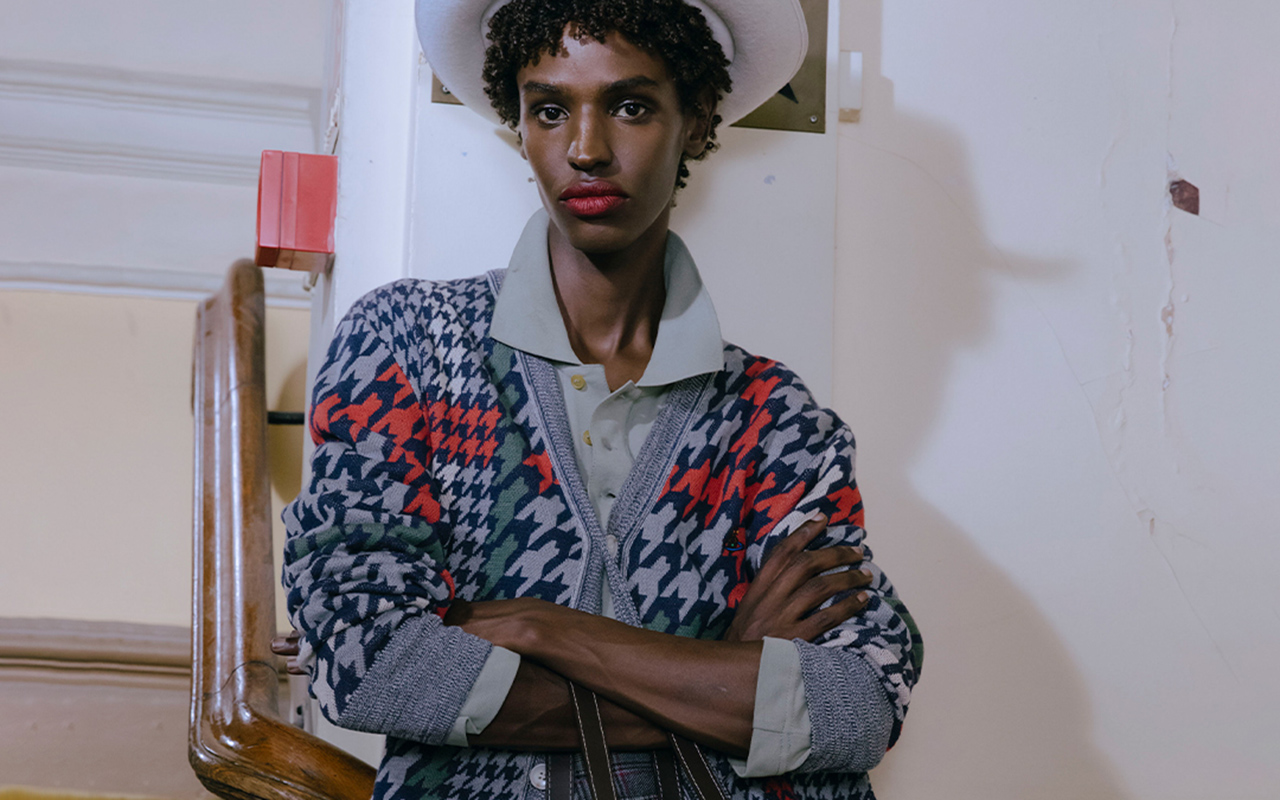
As a child she showed proise
Vivienne Isabel Swire was born in 1941 in the town of Tintwhistle, near Manchester. Her working-class parents encouraged her to do crafts, a skill little Vivienne was extraordinarily good at. She also liked to read a lot and spent long afternoons in the library. As a child she had an enviable self-confidence, believing herself to be an exceptional craftswoman. “Honestly at the age of 5 I could have made a pair of shoes,” the designer said in an interview. Her family moved to North London in 1958. Despite her abilities, the young Vivienne graduated as a primary school teacher, then married Derek Westwood, a young blue-collar worker with a flamboyant mod aesthetic. The first creation, without knowing how to sew, was her own wedding dress, as well as the jewelry she wore.
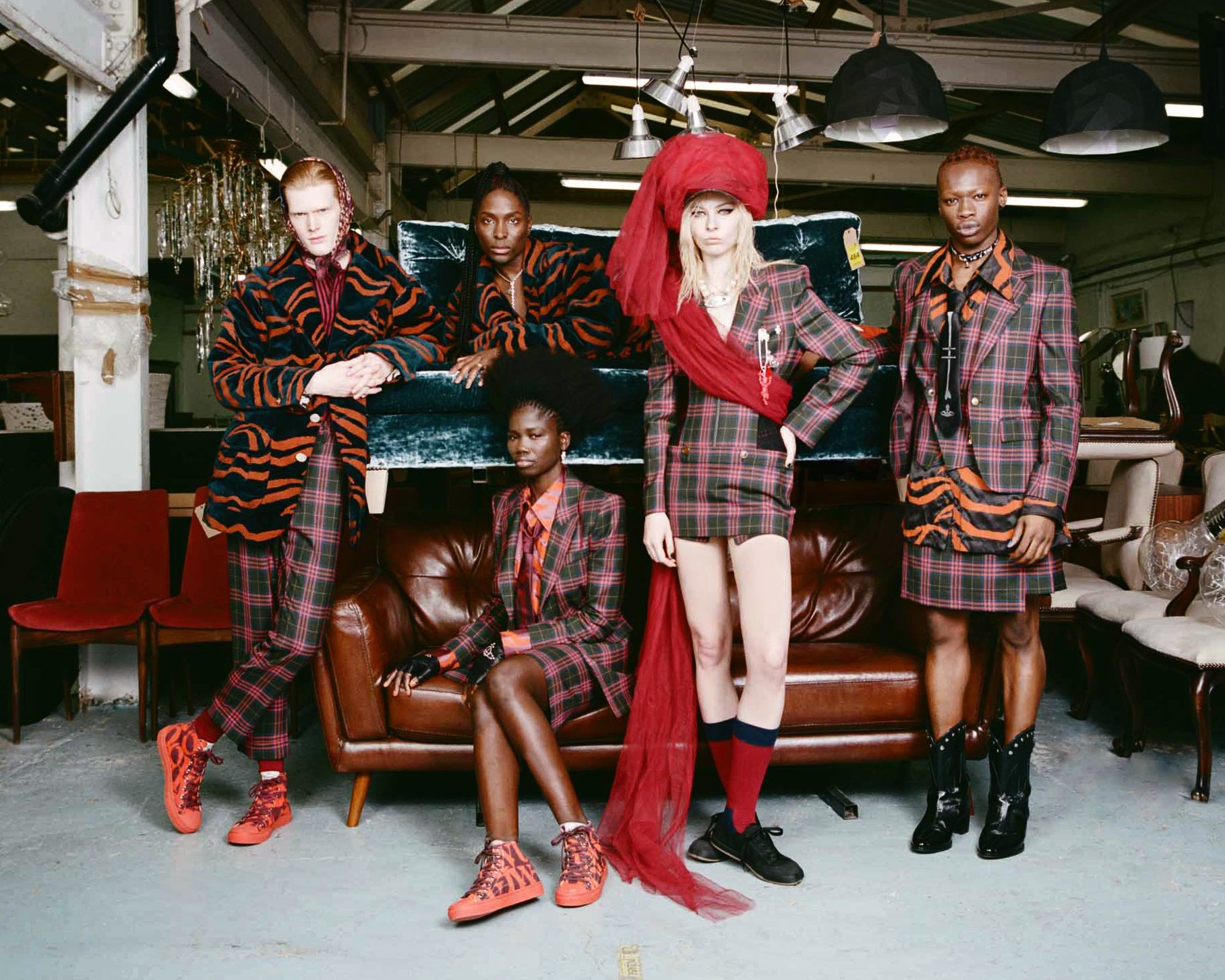
The influence of Malcolm McLaren
Meeting Malcolm McLaren then changed the peaceful life of Vivienne Westwood. He studied art and shared a class with one of Vivienne’s brothers, he had curly red hair and a face bleached with talcum powder. He called himself the godfather of punk. With an eccentric appearance, McLaren impressed with his creativity and brilliance, at the same time that he offended the older generations and hated everyone, except himself. The attraction to Vivienne was immediate and together they began one of the great creative partnerships in recent UK history. For the young designer, McLaren was an awakening for her: introducing her to art, music, and the transformative power of fashion.
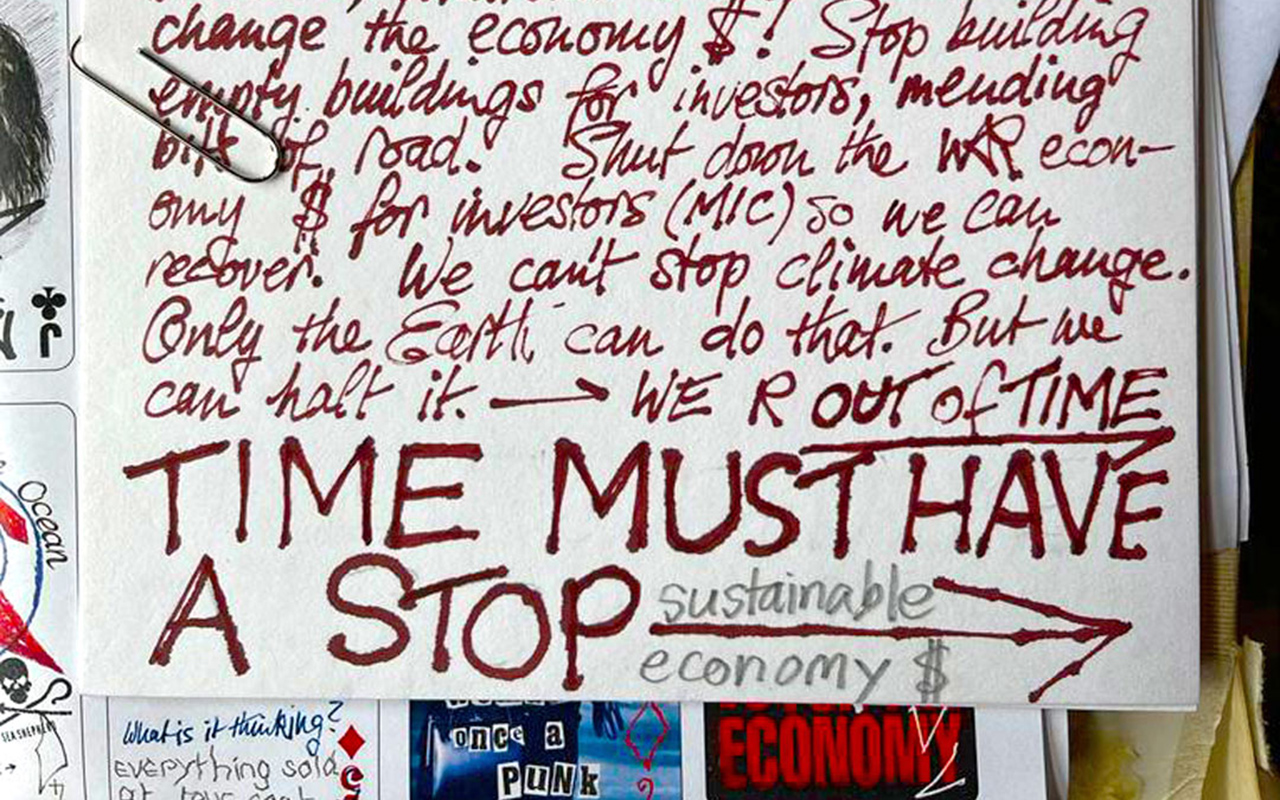
Fashion and punk
In 1970, McLaren became the manager of The Sex Pistols, a group that defined the punk movement. At that time, Westwood had learned the trade in a self-taught way and opened a store on Kings Road in London inspired by the aesthetics of the group. She called it a subversive name: ‘Sex’ with a huge pink sign alerting passers-by: “only the brave enter”. Inside, everything was shocking. The serving staff and the clothing on display were designed to explore the individualism and identity of the wearer. Clothes with studs, chains, zippers, tight leather garments, impossible heels, T-shirts with subversive messages… Everything was designed to shock. “We invented punk,” Westwood stated in her autobiography. In fact, the presence of Vivienne and McLaren was inherently intimidating. They wanted to impress, irritate and provoke a reaction, but also inspire change. Punk was still an explosion in all its magnitude.
McLaren later acknowledged that he was willing to misrepresent popular culture to reduce it into some kind of marketing campaign, but for Westwood, the move ran deeper because she saw it as a youth insurgency against the corruption of the old world order. The British designer believed that fashion and music would channel the anger of young people and bring about change, but later realized that many of them simply ignored global injustice, and with their nose studs and punk rock music the only thing that they did was dance and have a good time.
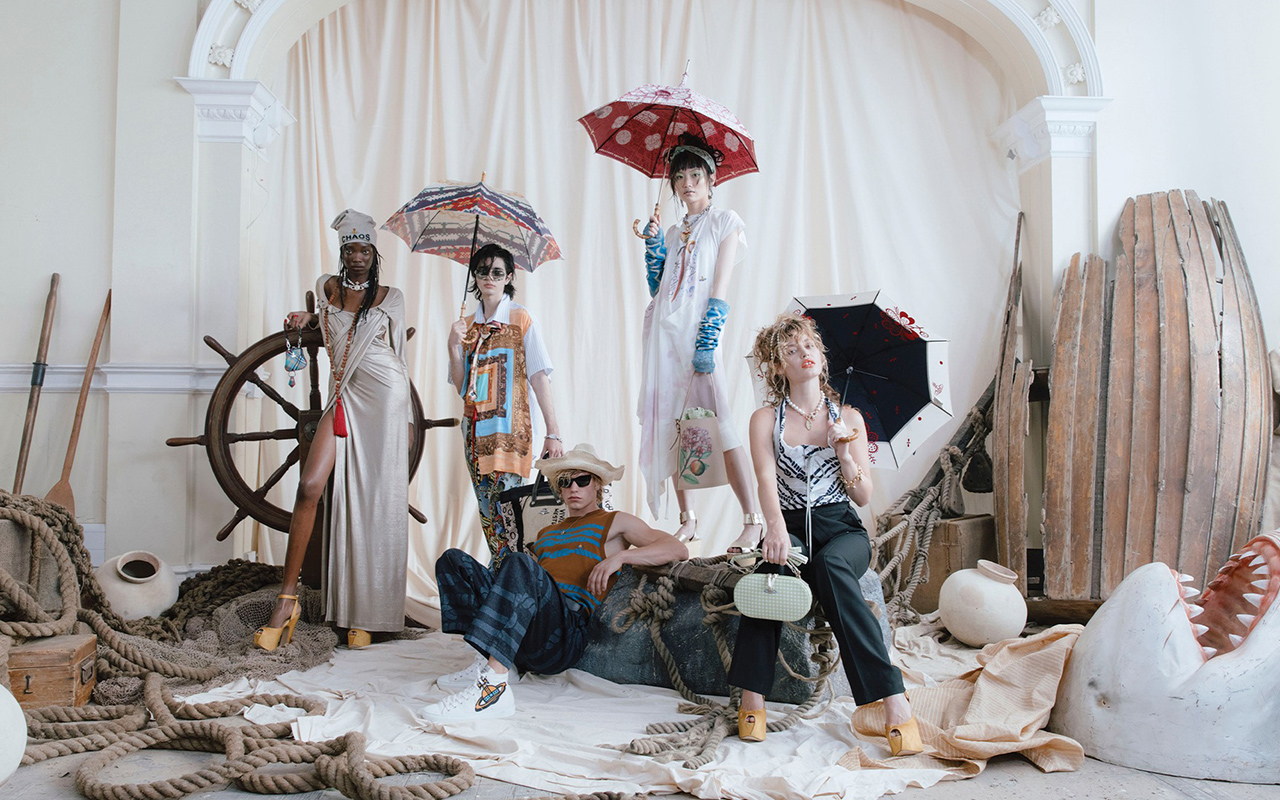
The jump to the big catwalks
Punk was just one chapter in the legacy that Westwood leaves behind in fashion. The designer took her subversive ideas and stormed the catwalks in London and Paris. Vivienne worked at first alone with a sewing machine at home and used the moulage technique, joining the pieces together and using her own body as a template. She researched the history of fashion, remade it in her own way, and challenged the world of haute couture. An alliance with the generation of supermodels: Kate Moss, Naomi Campbell, Laetita Casta… showing her designs also helped her to position herself and become the leading independent designer in the 1980s and 1990s. The key to Vivienne Westwood’s success was that of not losing her orthodox identity when she moved into the world of fashion shows and ready-to-wear collections with abruptly cut garments, games of semiotics, decontextualized objects, draping… Precisely her subversive style and her transgressive image (her hair was either bleached or dyed orange and extreme makeup), made her one of the most distinctive and original designers in the fashion world. In the early 1990s, Vivienne Westwood built a mini-empire: she opened her own boutiques and produced clothing, footwear, accessories, cosmetics, and perfumes. Even bridal fashion! When Carrie Bradshaw’s character in the mythical series ‘Sex and the City’ wanted a wedding dress, she turned to the famous designer, who by the late 90s had already become a major bridal brand.
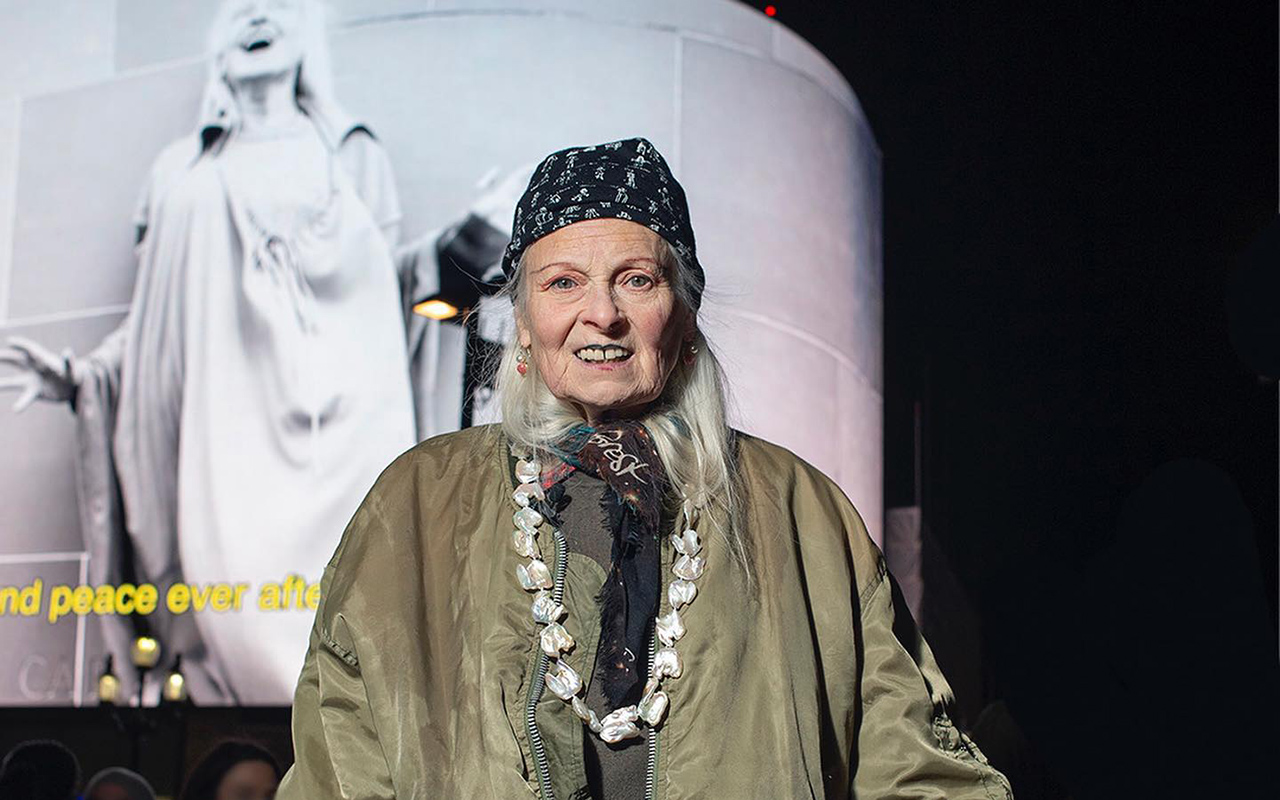
The more committed side
For Vivienne Westwood, fashion was a weapon and the message an inseparable part of her aesthetic heritage. Everything had a purpose. The British designer loathed the political class and launched a lifelong crusade to promote individual freedom, rid the world of nuclear weapons and combat the threat of climate change. “Buy less, choose better and make it last” is one of the lessons that still survives in times of climate emergency.
“I don’t want to be underground ,” she used to protest, defending that she wanted to be out of the spotlight to spread her message. She supported numerous causes, donating to the Green Party and becoming a regular visitor to WikiLeaks founder Julian Assange. She even parked a white tank outside the home of former Prime Minister David Cameron at an anti-fracking protest.
Vivienne Westwood was also honoured by Queen Elizabeth II. The late monarch presented her with the Order of the British Empire in 1992 and the designer appeared without underwear. Her Majesty was not amused by this rebellious gesture, but on her own merits she agreed to name her Dame a few years later. And this is how Lady Westwood, godmother of punk, defended to the last breath, her transgressive ideas applied inside and outside of fashion, but above all, maintaining a coherent attitude towards life by questioning, in her own way, the world order and the rules. of the game.
At Gratacós, we pay homage to Vivienne Westwood with a selection of our most irreverent fabrics. You can find them in our online store or in the Barcelona space.
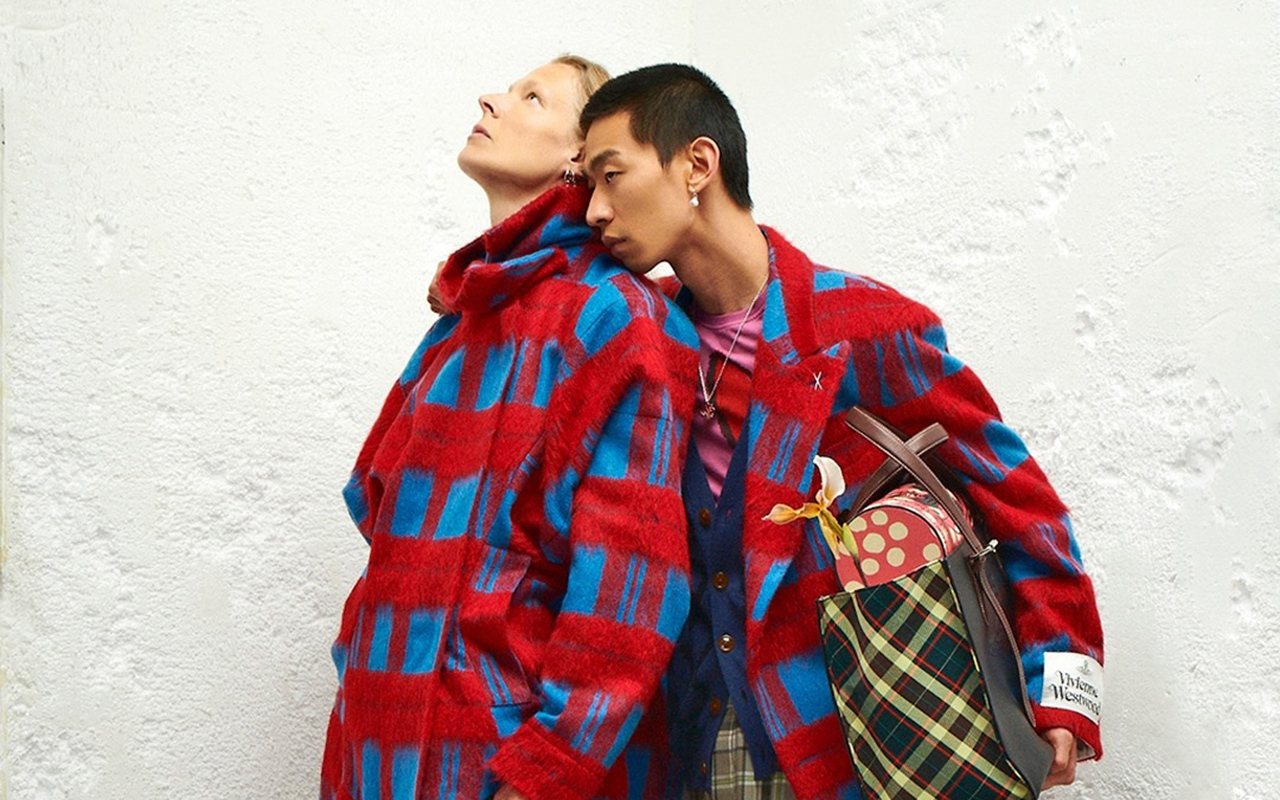

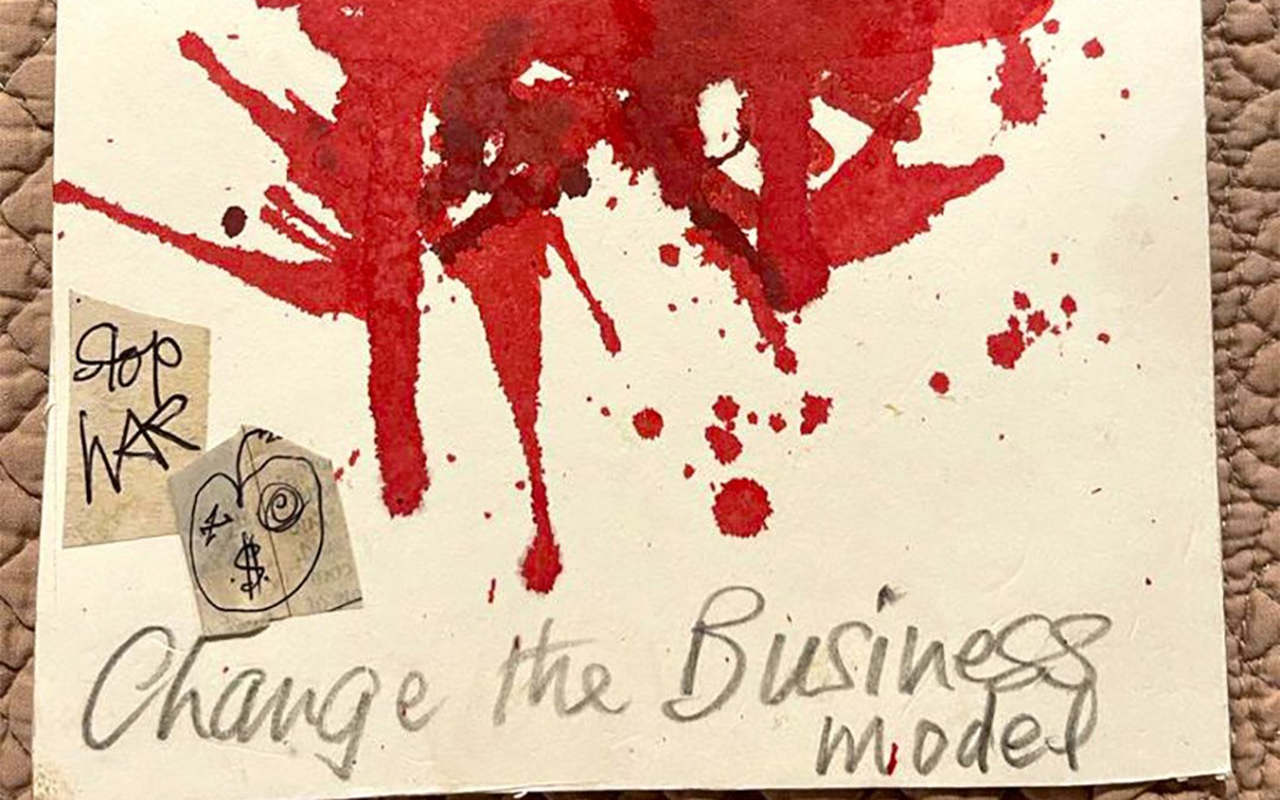
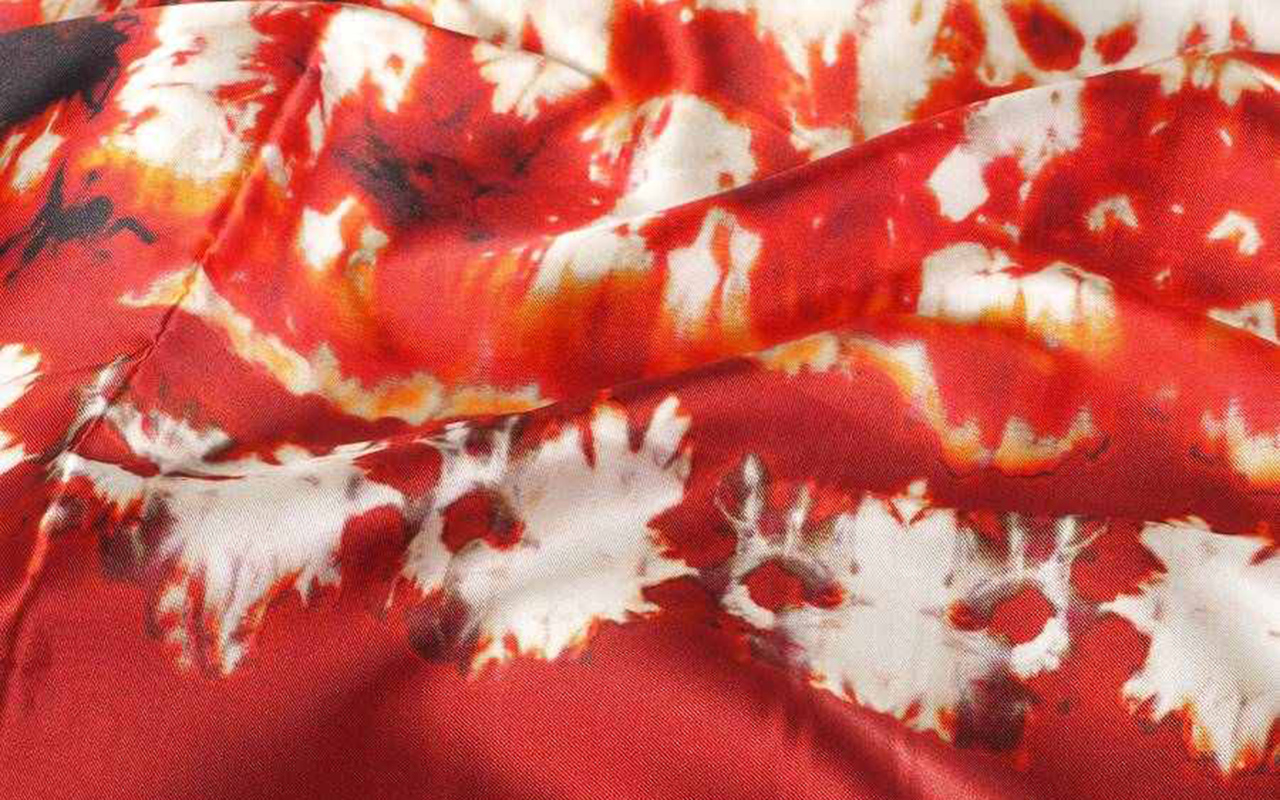
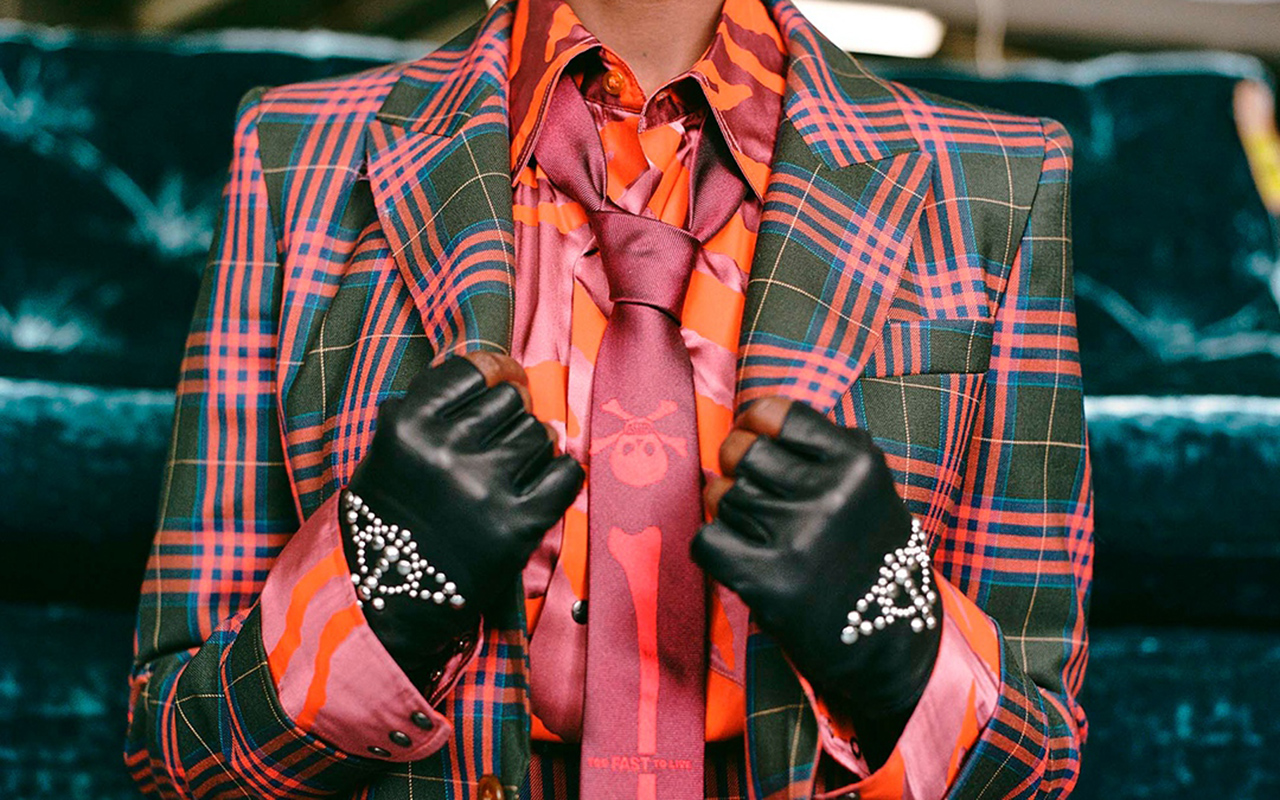

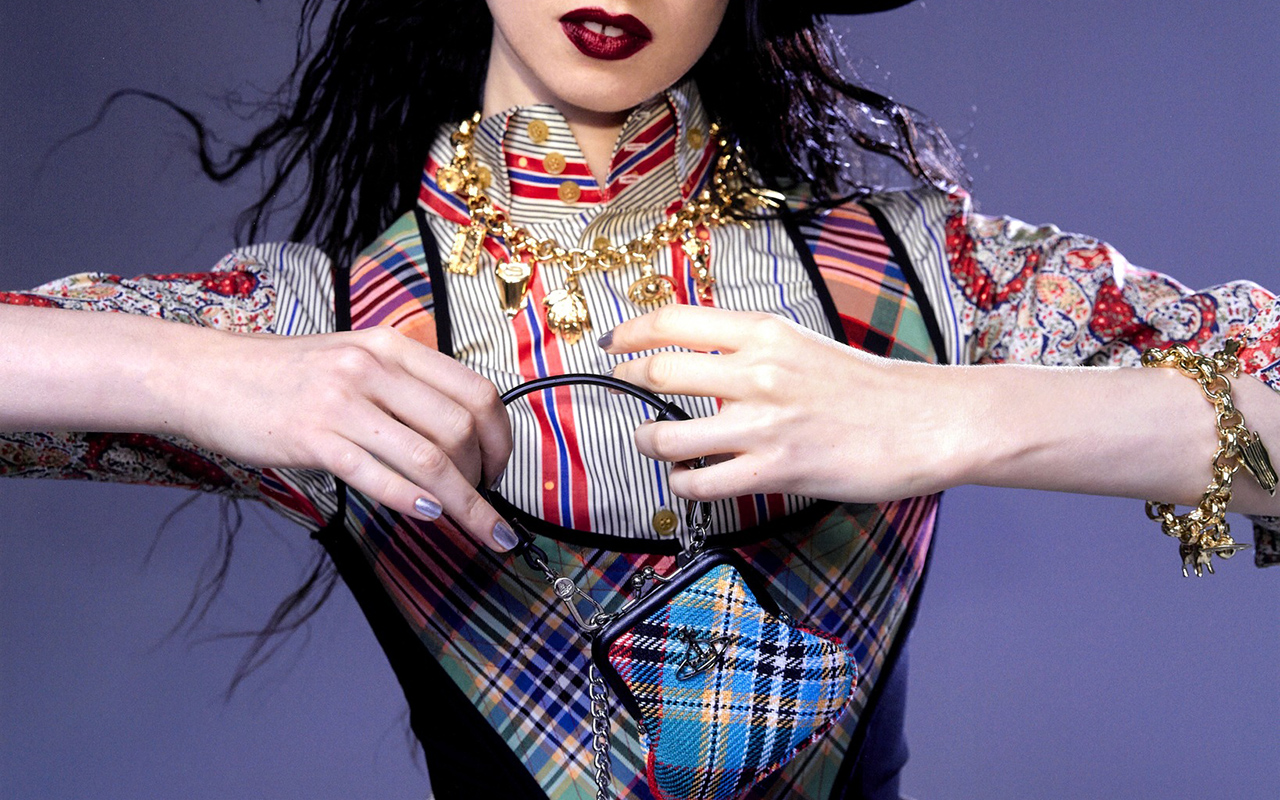

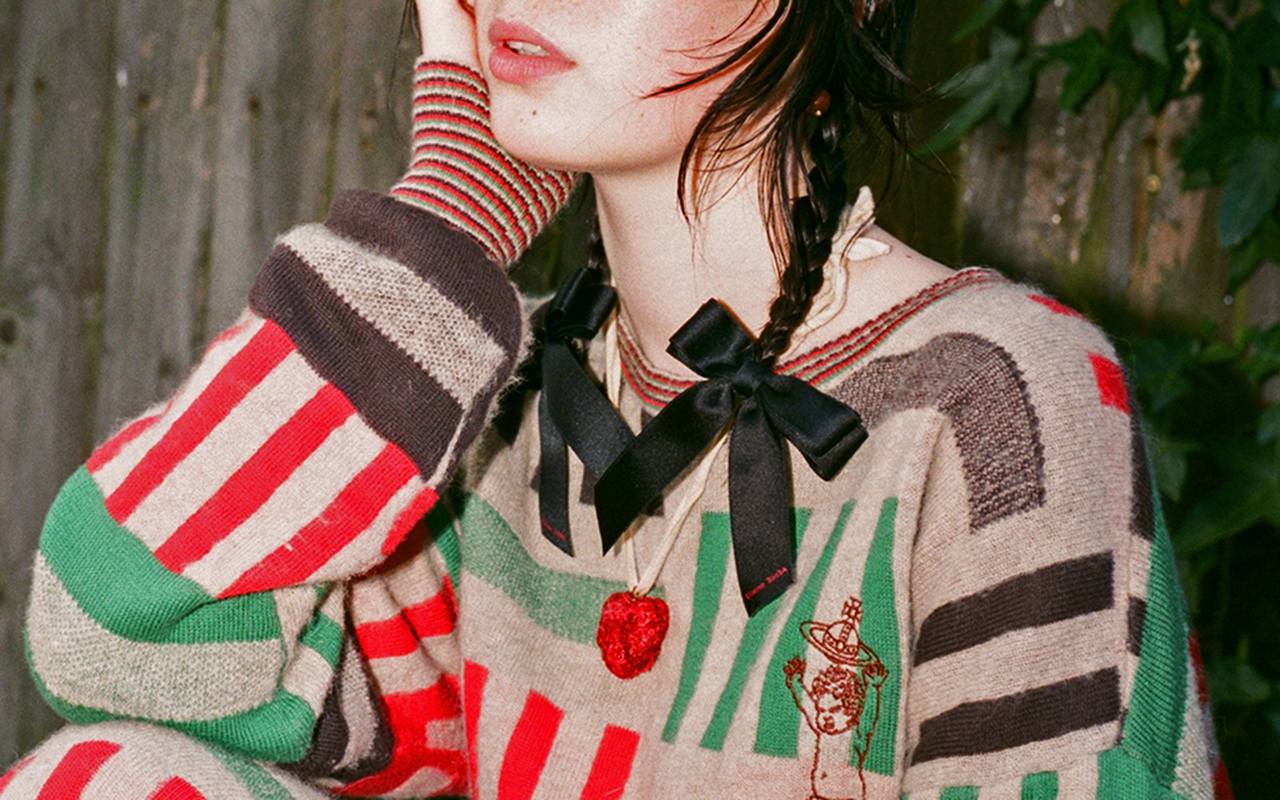

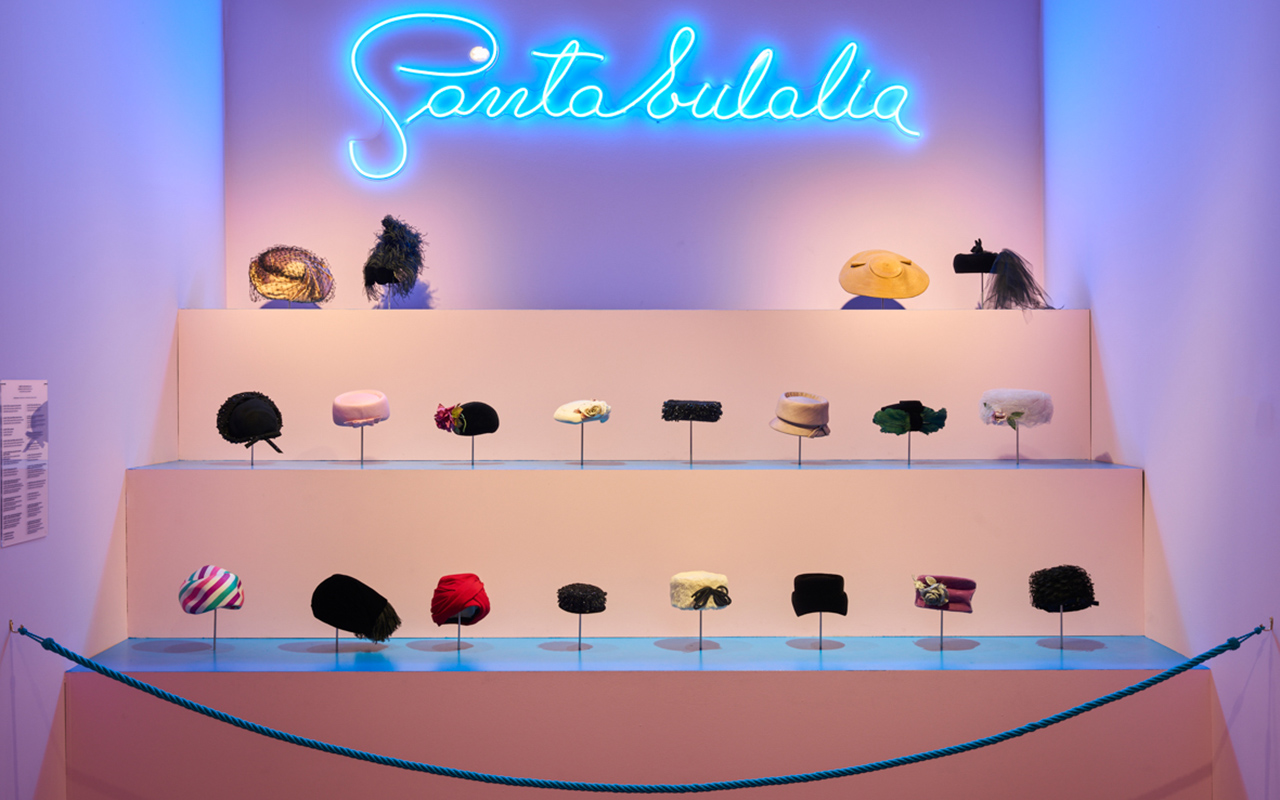
As a family-owned fabric company that blends tradition with innovation, we’re enthusiastic about long-standing businesses that have that respect for heritage, without losing sight of essence or curiosity to see out new things. Saint Eulalia It is one of those houses that has crossed generations and has established itself on its own merit as a reference emblem in Barcelona and abroad for elegant fashion. Now, an exhibition premiered in Palau Robert pays homage to her career through the most representative dresses of the golden years of haute couture in a brief but symbolic tour where the beauty of the festive models are the protagonists of this unique sample of anniversary.
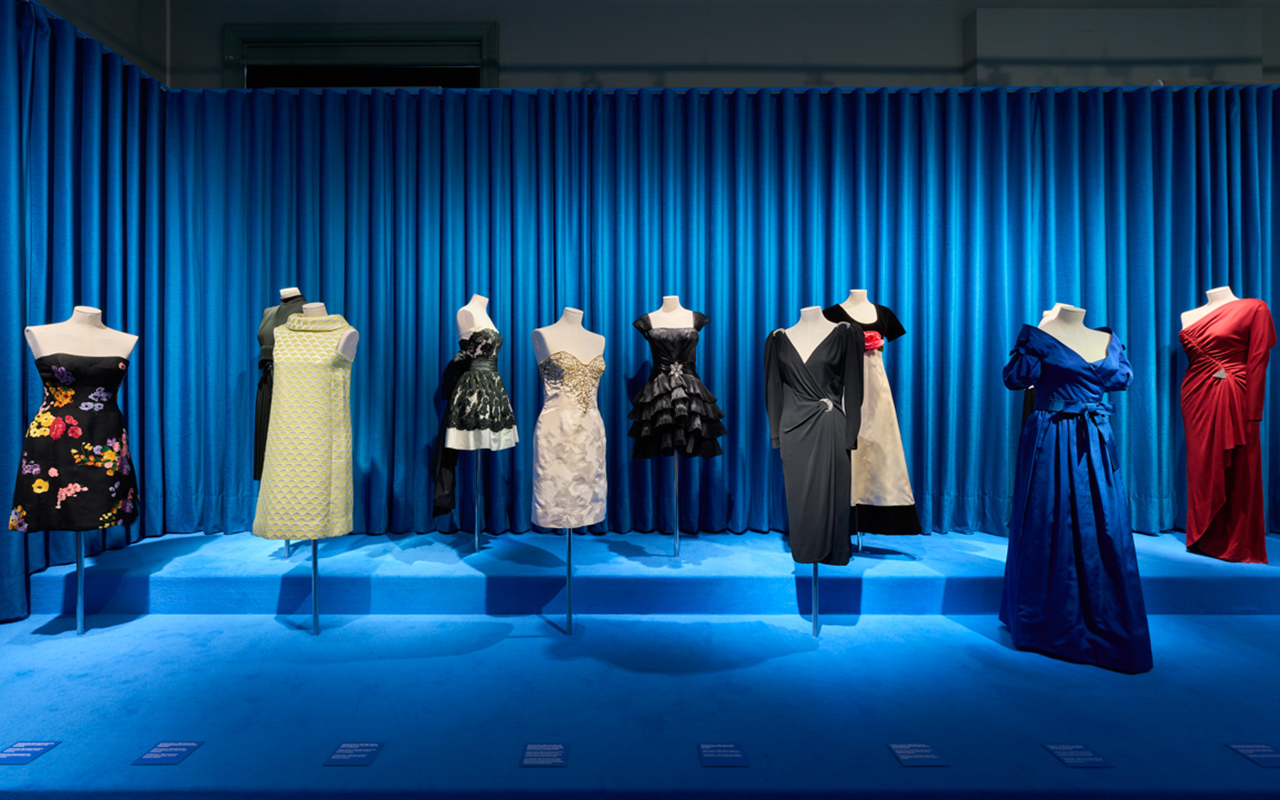
A brief historical tour
The history of Santa Eulalia is intertwined with the story of Barcelona. It was originally founded in 1843 and was installed in Calle Boqueria as a textile store. Over the years, the space changed and the business expanded to also house shirts and tailoring made to measure. With the fall of the medieval walls of the city and with the urban projection of the new Ensanche, where the Catalan bourgeoisie quickly settled, the establishment moved at the beginning of the 20th century to Paseo de Gracia, where it is currently located. There is a date that marks a before and after: 1926. It was when Santa Eulalia held the first haute couture show, being a pioneer in Barcelona of this new formula from Paris for presenting fashion. An initiative that took place fruit of the talent of Pedro Formosa, creative director of the house until 1970. Since then, the most elegant handmade dresses and hats in the city have come out of his workshops and have dressed the wealthy classes of Barcelona and beyond. Good art and know-how in clothing arose from the Santa Eulalia workshops thanks to the meticulous craftsmanship of the tailors and dressmakers who worked to create exclusive designs for their distinguished clientele. There is another date that deserves to be remembered that denotes the work and prestige of the establishment. In 1941, Santa Eulalia formed part of the Cooperativa de Alta Costura and led fashion together with Pedro Rodríguez, Asunción Bastida, Manuel Pertegaz and El Dique Flotante, recognized as the Big Five of Spanish Couture; honors that they shared, in parallel, with Cristóbal Balenciaga.
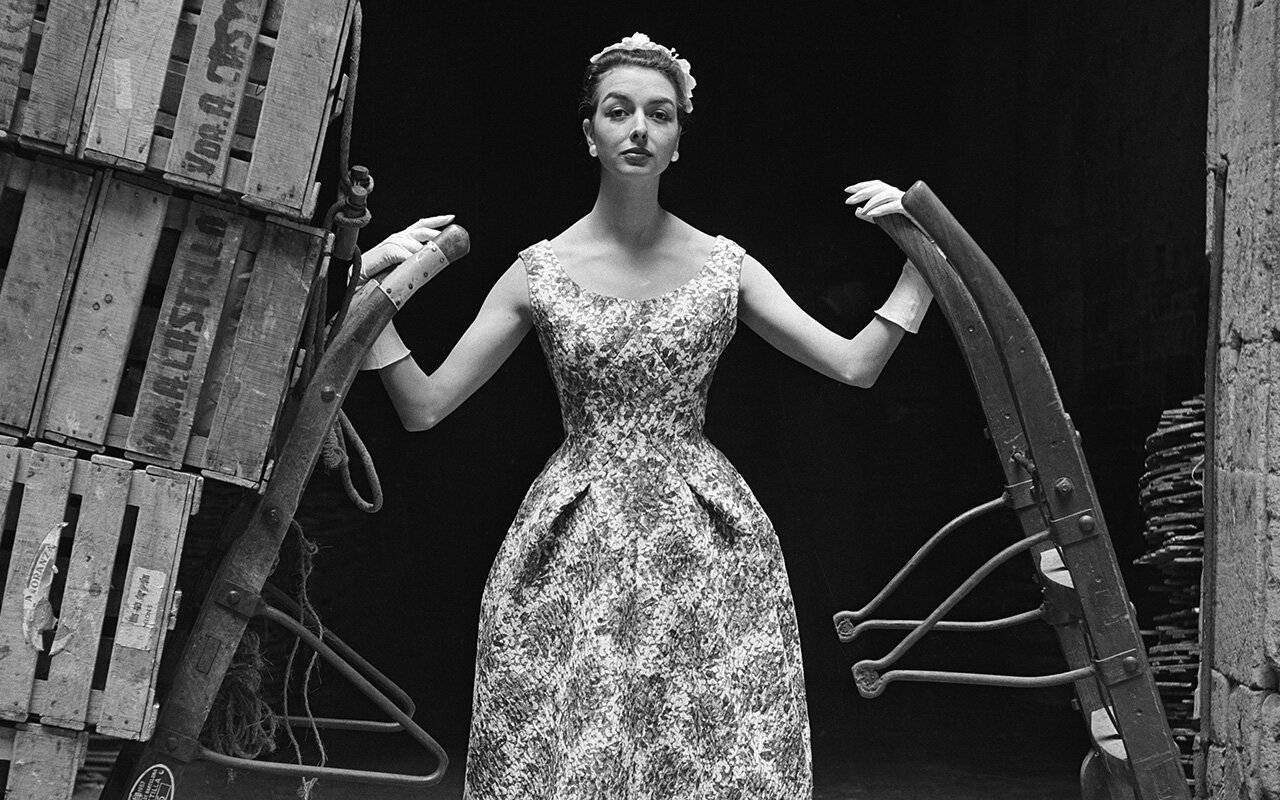
The legacy through the dresses
Under the name ‘Santa Eulalia, 180 years of fashion’, the exhibition proposes a journey of 70 years (1930-1990) to enjoy a time in which Barcelona, with Santa Eulalia as a reference, was a leader in fashion design. Throughout four different rooms, organized by types of Street and Day, Night, Long Dresses and Brides, the visitor will be immersed in the wonderful world of Haute Couture through carefully selected dresses and hats, as well as one audiovisual piece that also includes advertising posters, fashion photographs and communications from Santa Eulalia that evoke the golden age of Haute Couture.
The exhibition has been led by Josep Casamartina, a renowned art historian specializing in the history of fashion, who has structured a fascinating journey bringing together 40 pieces (of the 500 pieces recovered) not only from the Santa Eulalia own archive but also others from the Fundació Antoni de Montpalau, the Barcelona Design Museum (DHUB), the Terrassa Textile Museum and Documentation Centre, and the Madrid Costume Museum.
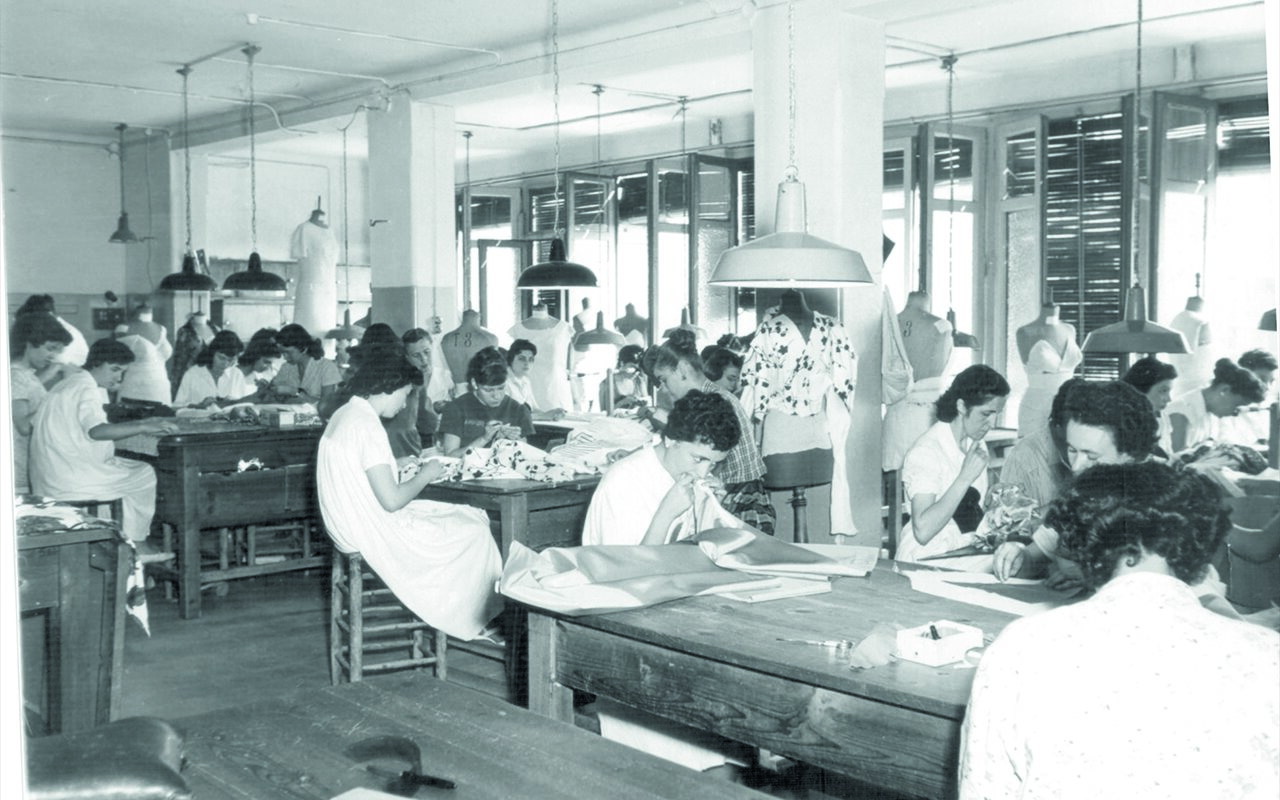
All the dresses recreate the beauty of the craftsmanship of Santa Eulalia characterized by a very refined pattern and quality fabrics perfectly turned into elegant designs far from the stridency, which maintain contemporaneity over the years. There are designs that bear witness to a time of celebrations: dances, cocktails, evening gowns or operatic premieres at the Barcelona Lyceum, brought together the women of the time in society and were special occasions to wear a Santa Eulalia dress for the first time. . The evolution of the models, according to the trends of each decade, feminine details or fantasy elements are present throughout the exhibition.
On the other hand, the creative and scenographic direction has been carried out by Nacho Alegre, who is in charge of the Apartamento Studio project. Alegre has also been the editor of the catalogue that accompanies and collects the content of the exhibition in an absorbing retrospective that brings together fashion photographs, historical archive material and previously unpublished objects from private collections. The catalogue is published in a limited edition of 4,500 copies and can be found both in Palau Robert and Santa Eulalia and in selected bookstores. The free access exhibition will remain open until the 22nd January, 2023.

Santa Eulalia, today
Today Santa Eulalia maintains its status as one of the most influential fashion stores in the sector internationally and continues to be a benchmark for luxury in Barcelona. The establishment, which each season offers the collections of the international designers most desired by the new generation of consumers, is currently led by Luis Sans, a member of the fourth generation of the owner family, and his wife Sandra Domínguez. This marriage, which is also a business one, adapts to the new times to maintain the artisanal essence and the good knowledge of Santa Eulalia, without losing sight of the latest trends that are triumphing in the market.
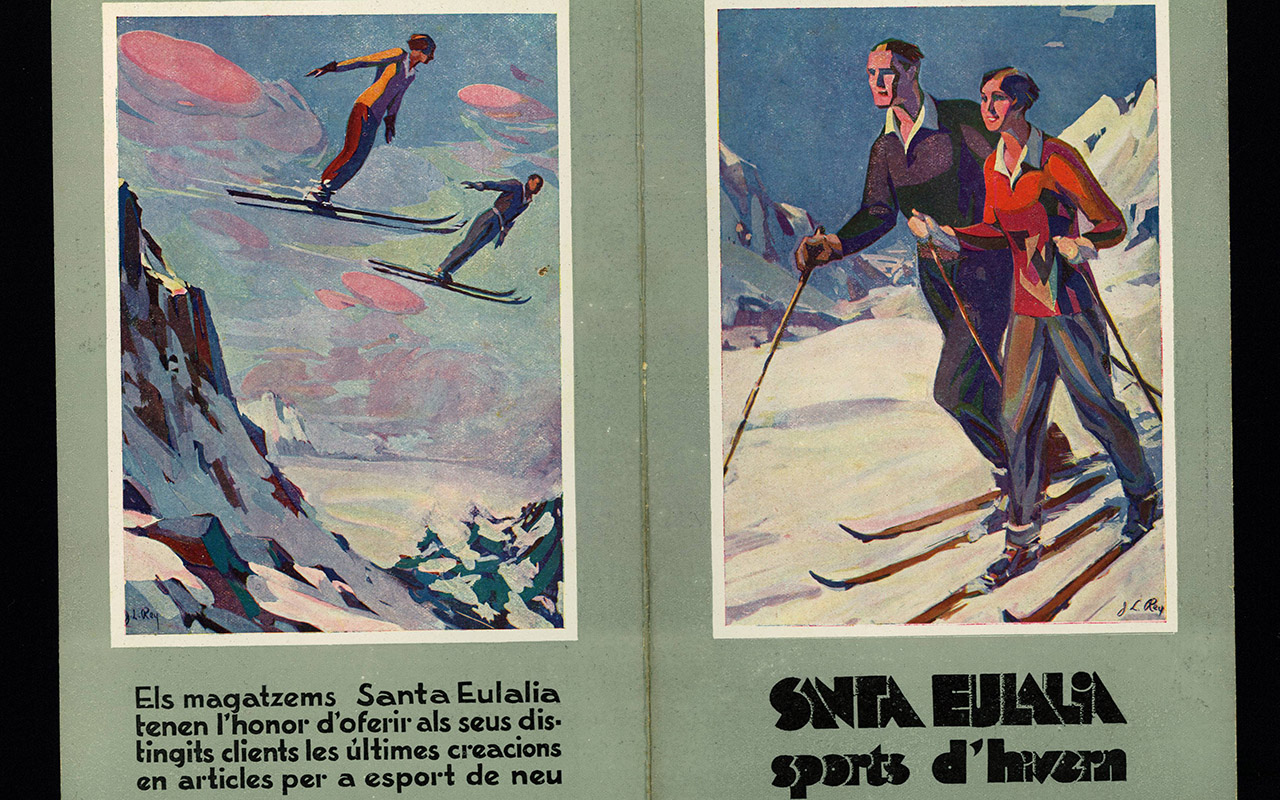
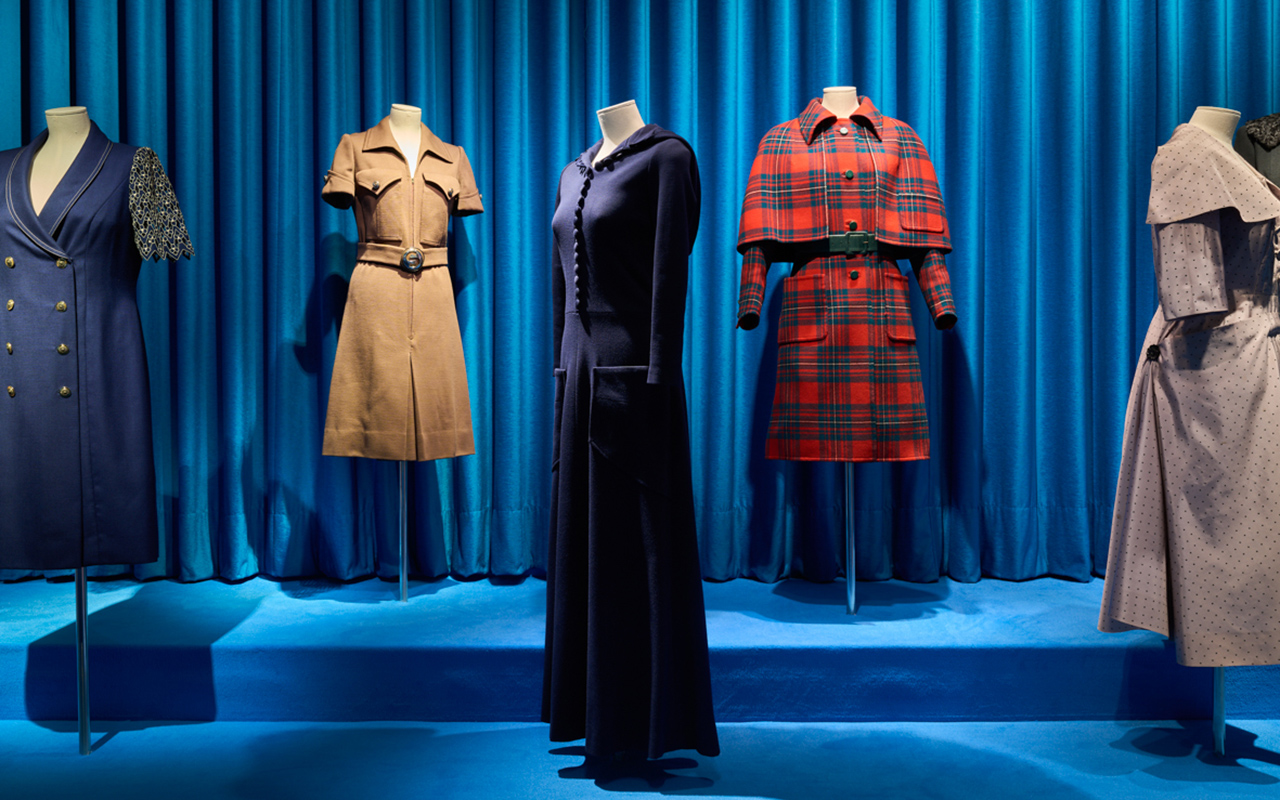
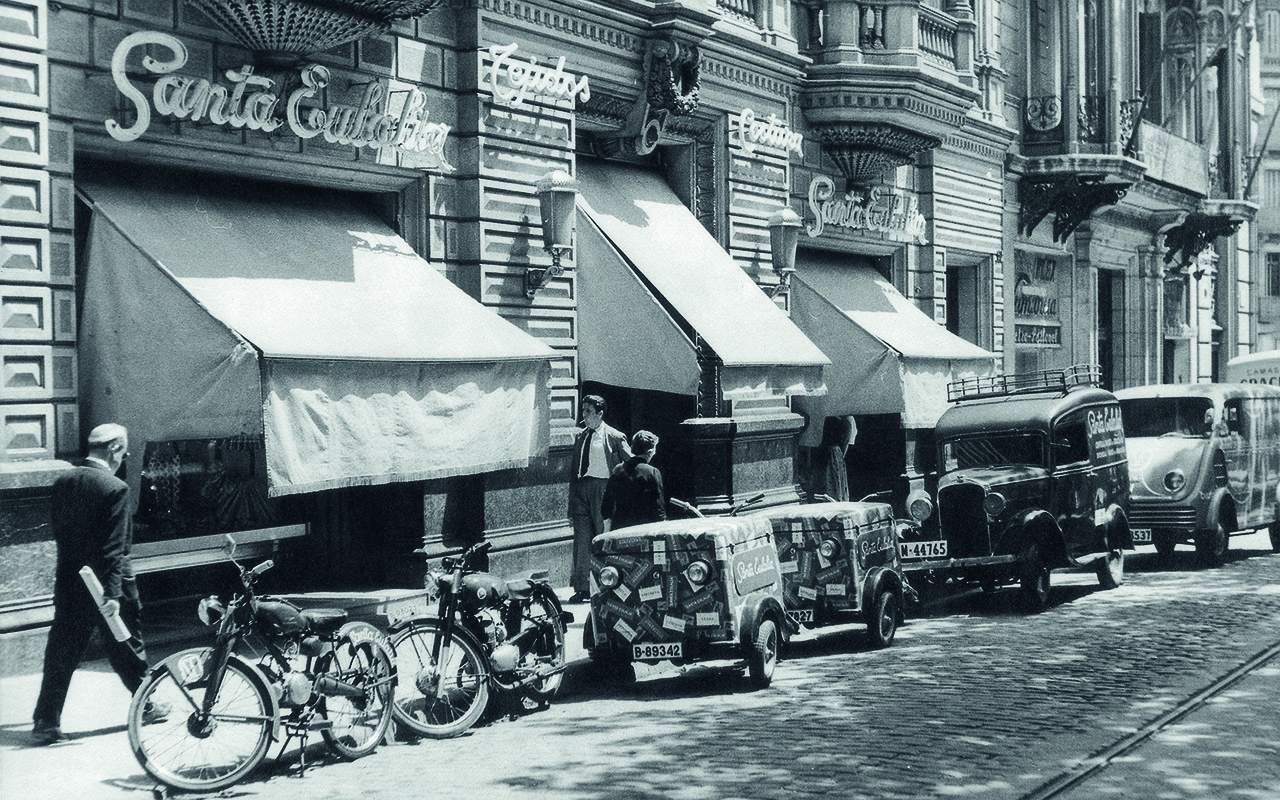
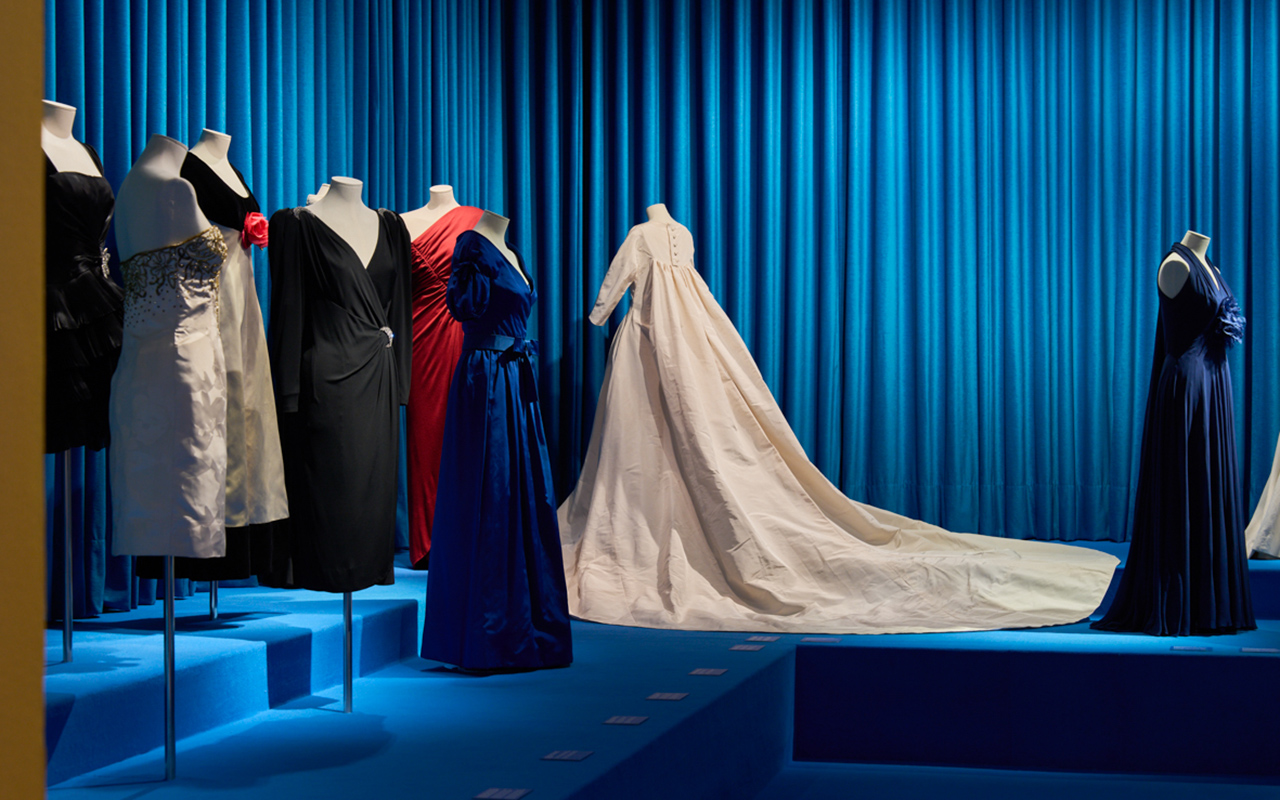
Miércoles 19 octubre 2022
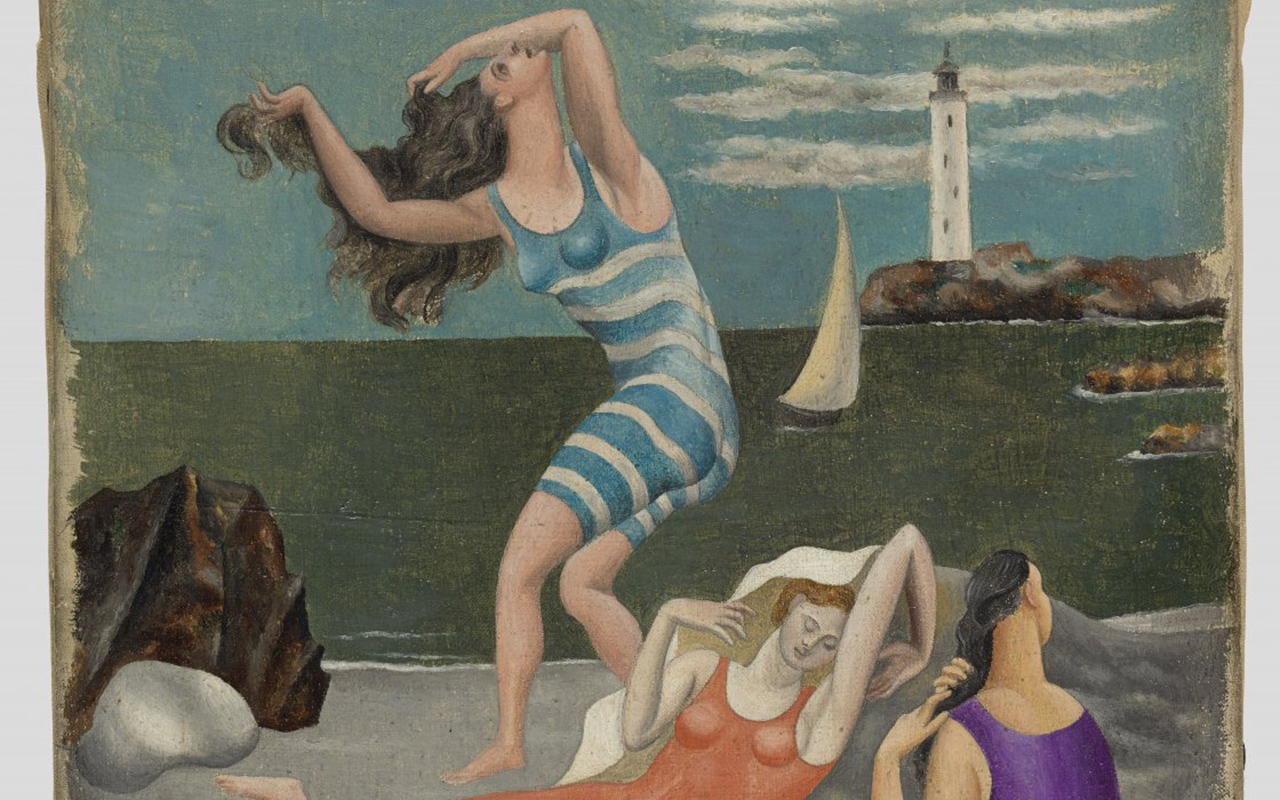
Pablo Picasso. Las bañistas, 1918. Óleo sobre lienzo. 27 x 22 cm. Musée national Picasso-Paris, donación en 1979. ©RMN Grand Palais (Musée national Picasso-Paris) © Sylvie Chan-Liat © Succession Pablo Picasso, VEGAP, Madrid, 2022.
Imagine going back 100 years ago. At a time and in a place where creativity mixes with the avant-garde. The provocation with nonconformity. painting and fashion. Imagine meeting Pablo Picasso and Gabrielle Chanel, conversing, exchanging synergies, experimenting with forms and materials, and creating art through their respective disciplines under the same aesthetic and conceptual vision. Does it not seem motivating for you?
Mutual influence
Presentations are unnecessary, Picasso and Chanel were two geniuses who met at the right time and in the right place in full professional ascension and at the peak of their talent. At the time, the two creators were in their thirties and enjoyed success and social prestige: Picasso with his paintings and Chanel with her feminine revolution towards comfortable and avant-garde elegance. Picasso and Chanel admired each other, they frequented the same artistic venues: from trendy clubs to ballet.
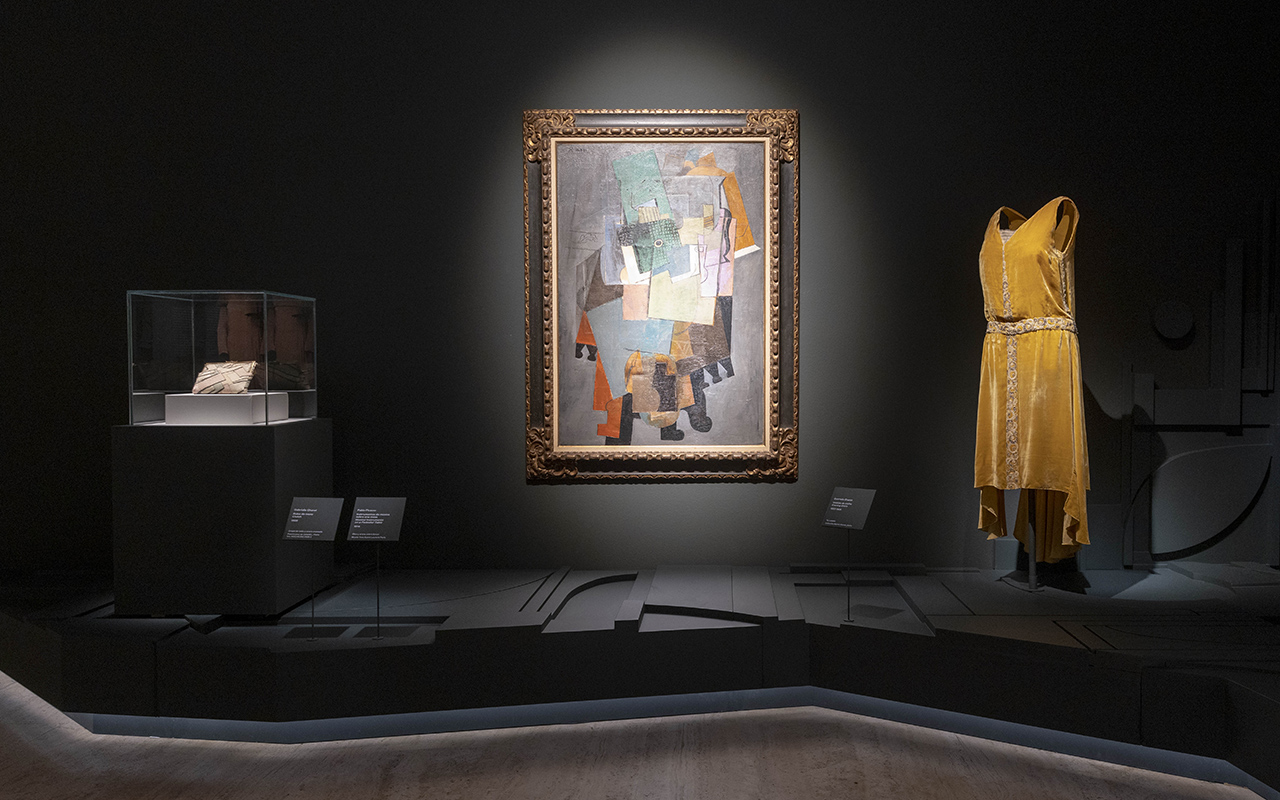
In the 1920s, Picasso’s cubist spirit shook all the arts and his style did not go unnoticed in Chanel’s designs: geometries, precise cuts, suits with straight lines and studied angles that were present in the dresses that triumphed among the most fashionable women. liberated and modern of the time. In general, simplicity was sought as opposed to the baroque style of the previous era. For this reason, the two geniuses also had a predilection for the same colours: the neutral ones that represented a new chromatic simplicity. Black, white and beige were very present in their respective creations. Another example, in terms of fabrics and canvases. While Picasso defended the collage technique to introduce coarser and more austere textures, Chanel defended simpler and more humble fabrics such as cotton or knitted wool. And what about the iconic perfume of the French firm? Even in this detail Picasso and Chanel agree. The Chanel nº5 bottle has a cubic shape with a minimalist and sober label. A container reminiscent of the bottles painted by the painter from Malaga in the Still lifes of 1912. Another simple coincidence?
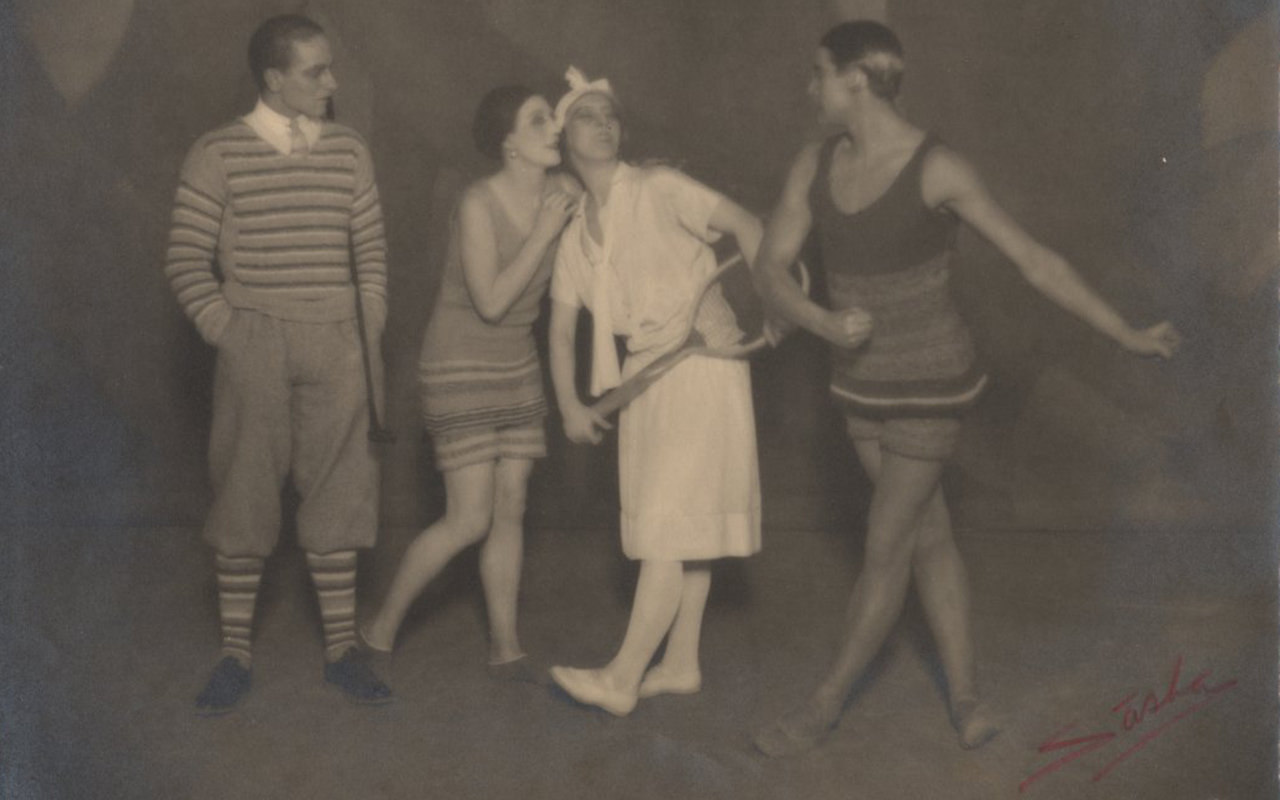
Le Train Bleu: Léon Woïzikovsky, Lydia Sokolova, Bronislava Nijinska and Anton Dolin, 1924 Photography. 25, 4 x 33,3 cm. Library of Congress, Washington D.C., Music Division
Ballet as a connecting link
Ballet united Pablo Picasso and Gabrielle Chanel. And it was literally. The two geniuses collaborated professionally on two occasions, both with Jean Cocteau: in ‘ Antigone’ (1922) and in Sergei Diaghilev’s Russian ballet ‘ Le Train Bleu’ (1924). The painter from Malaga and the French designer had already known each other since the spring of 1917, probably through Cocteau himself or Misia Sert. Chanel established a long and lasting friendship with both that would introduce her to the circle of Picasso. From then on, Chanel would frequent the Picasso couple, coinciding with the artist’s active participation in the Russian ballets. The creator came to be closely related to the artistic and intellectual world of Paris at the time, to the point of stating: “it is the artists who have taught me rigor.”
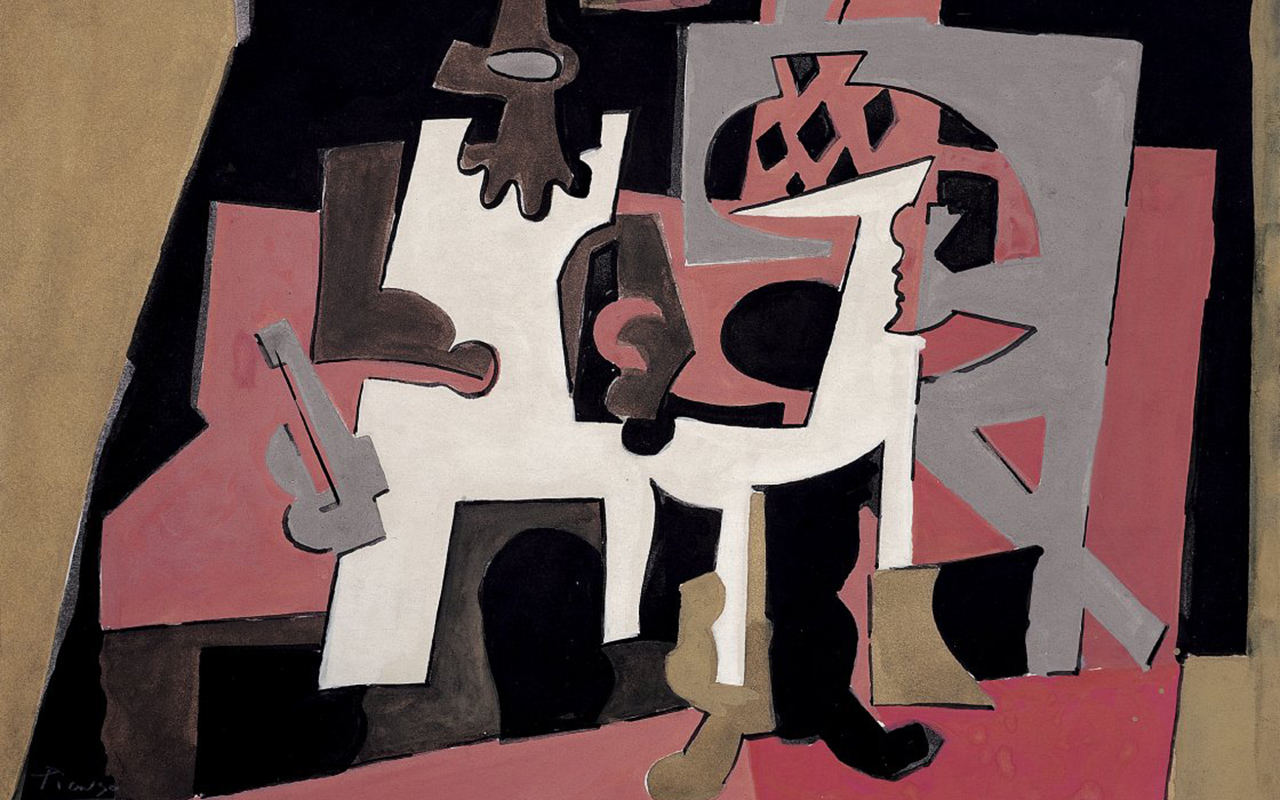
Pablo Picasso. Sin título / Arlequín y Polichinela, 1924. Temple sobre papel, 23,7 x 29,5 cm. Colecciones Fundación MAPFRE © Succession Pablo Picasso, VEGAP, Madrid, 2022
A complete exhibition
To delve deeper into the creative and personal relationships between Pablo Picasso and Gabrielle Chanel, the Thyssen Bornemisza Museum has opened the doors to one of the most eagerly-awaited exhibitions of the year to show how these two great creative geniuses of the 20th century dialogued, once again bringing together art and fashion in a new exhibition project. ‘Picasso/Chanel’ is organized into four large sections that follow each other in chronological order and cover, approximately, from 1910 to 1930.
The first block is titled ‘The Chanel style and cubism’ and presents the influence of this movement on the French designer’s creations. ‘Olga Picasso’ represents the second chapter and is dedicated to the many beautiful portraits that Picasso made of his first wife, the Russian ballerina Olga Khokhlova, a devoted Chanel client; next to them, some dresses from this initial period of the French designer, of which few examples are preserved. The third section is based on ‘Antigone’, a modern adaptation of Sophocles’ played by Cocteau. This work premiered in Paris in 1922, with sets and masks by Picasso and costumes by Chanel, which are brought together again in this chapter to show their common inspiration in classical Greece. Finally, ‘ Le Train Bleu ‘ is the title of the fourth section and of the ballet produced by Diághilev in 1924, with a libretto by Cocteau, inspired by sports and swimwear. The work ‘ Two Women Running on the Beach (The Race)’ , a small gouache that Diaghilev discovered in Picasso’s workshop, became the image for the curtain of the work, and the painter also accepted the commission to illustrate the program of hand, while Chanel, an enthusiastic athlete, created outfits for dancers inspired by sports models designed for herself and her clients.
The Picasso/Chanel exhibition can be visited at the Thyssen Museum until next January 15th 2023.
